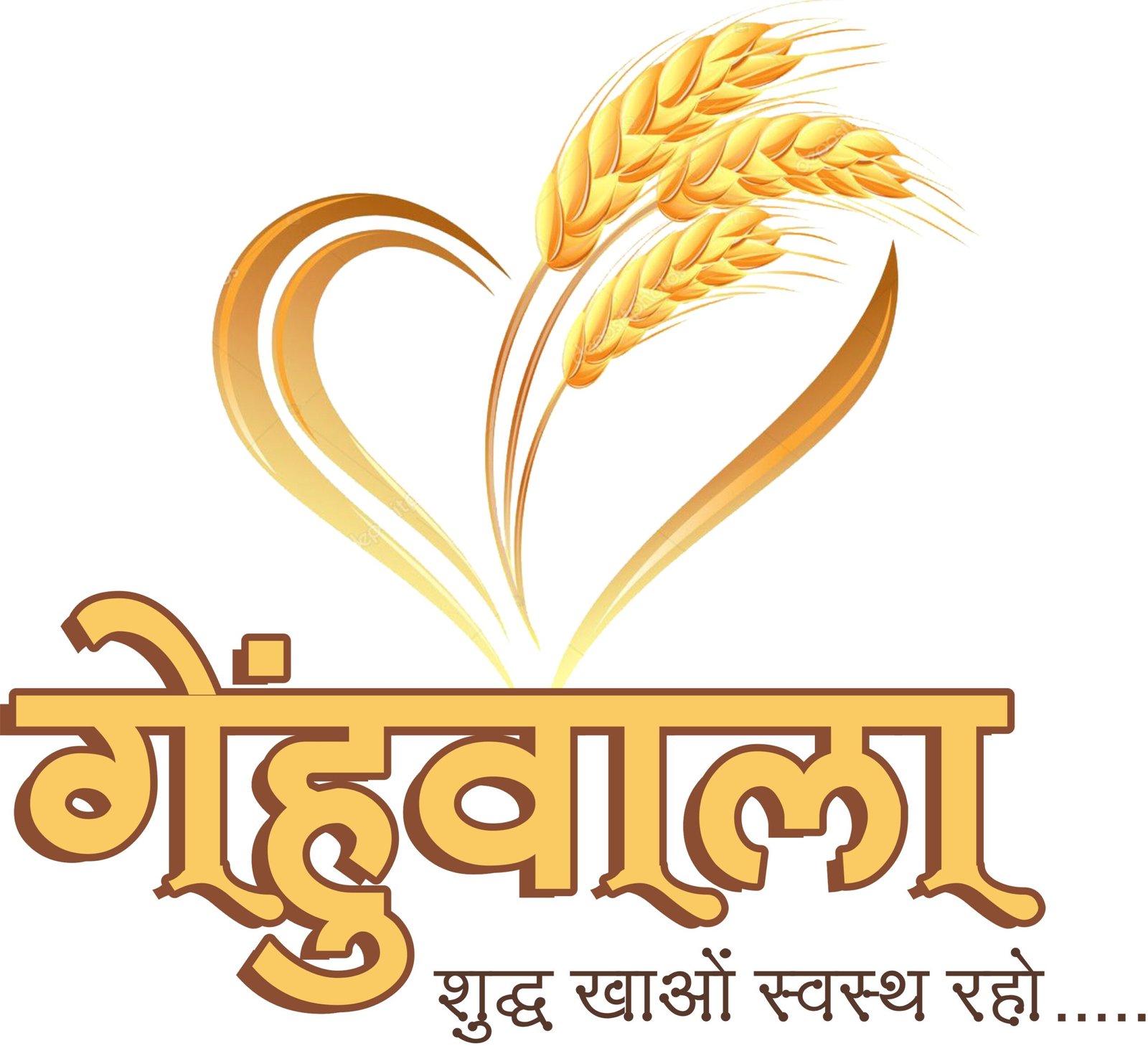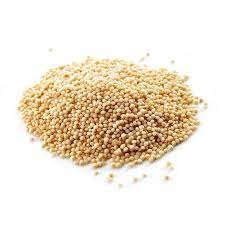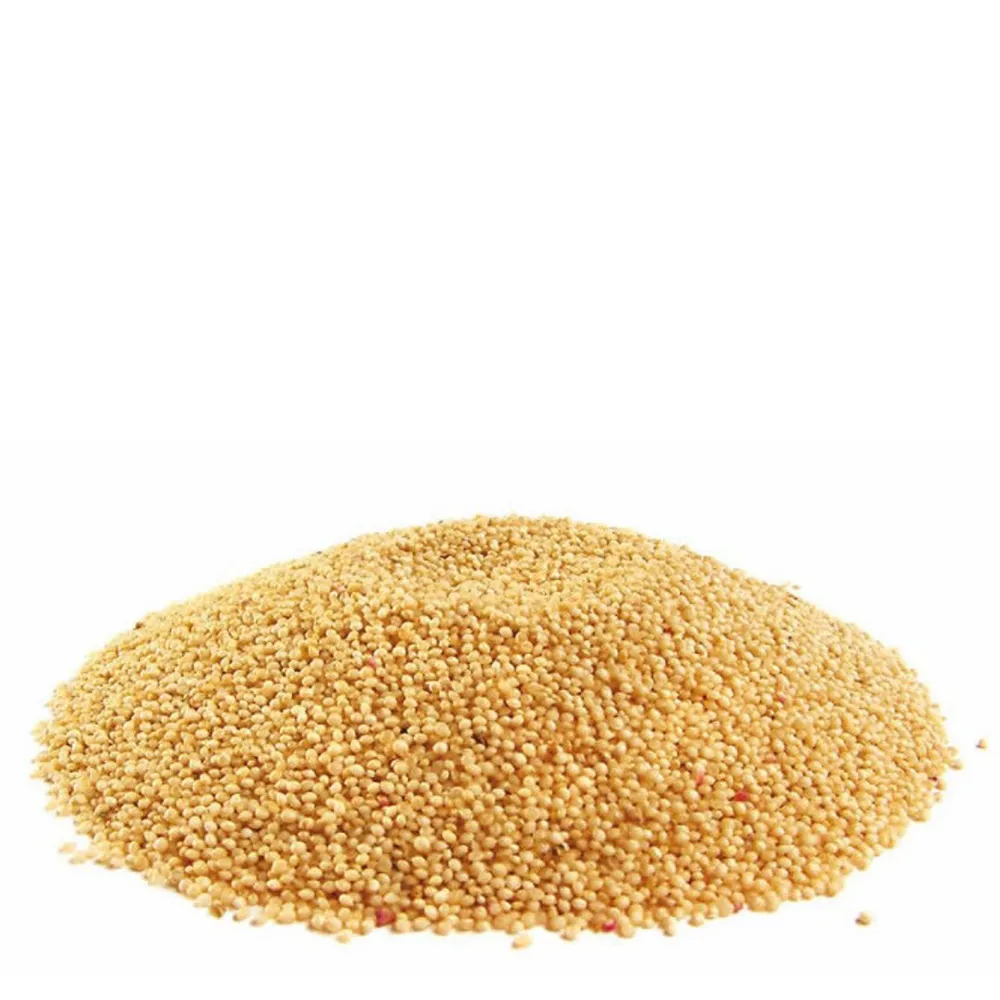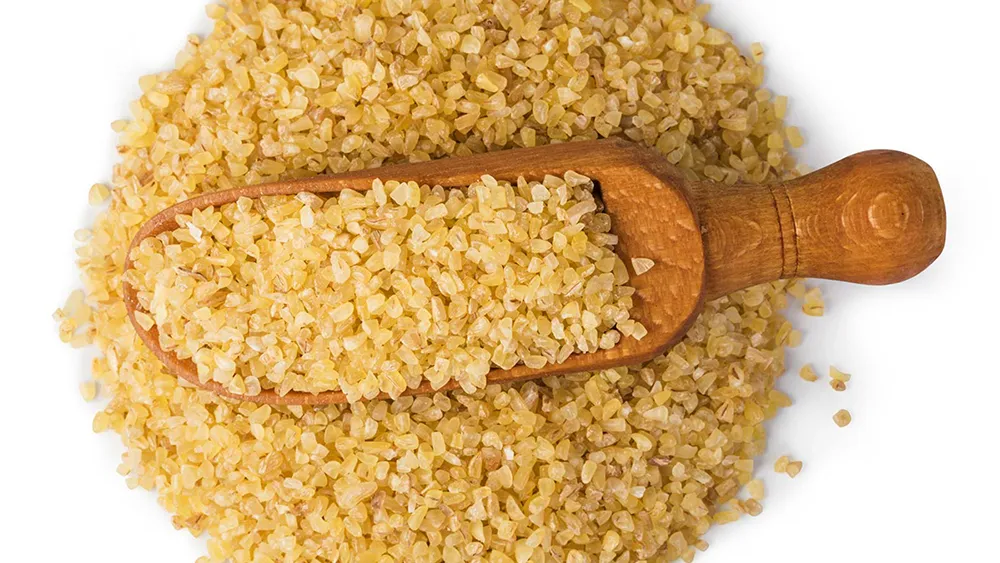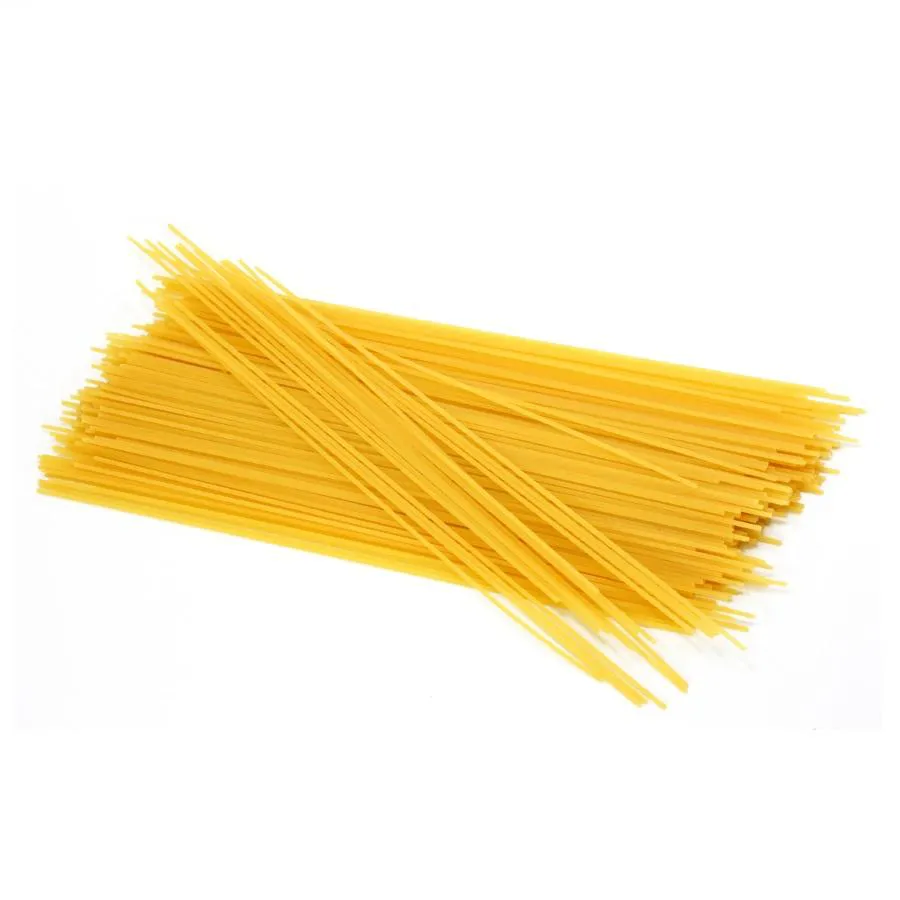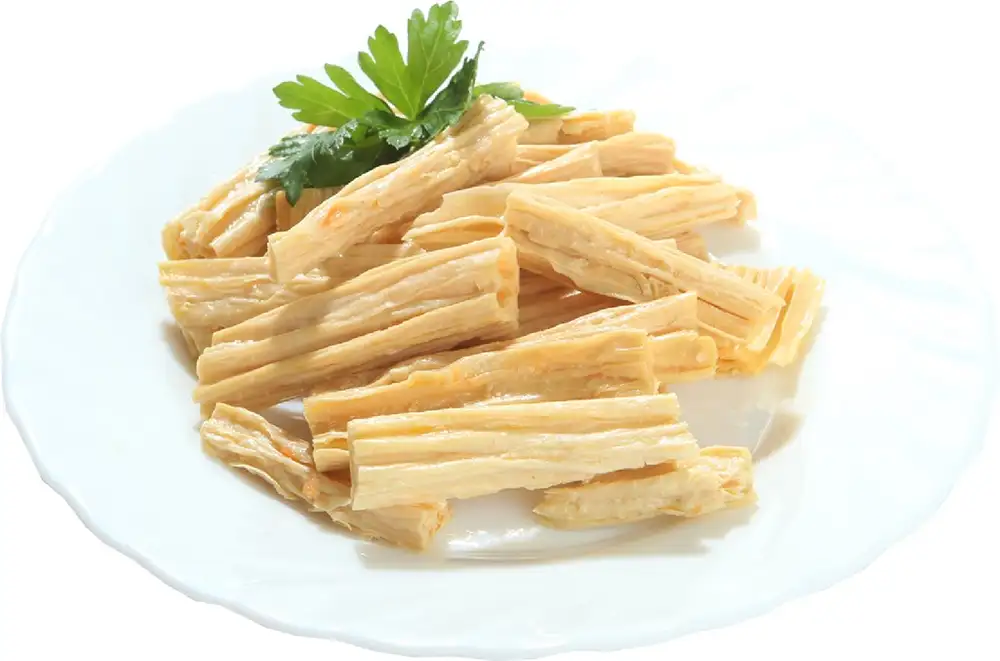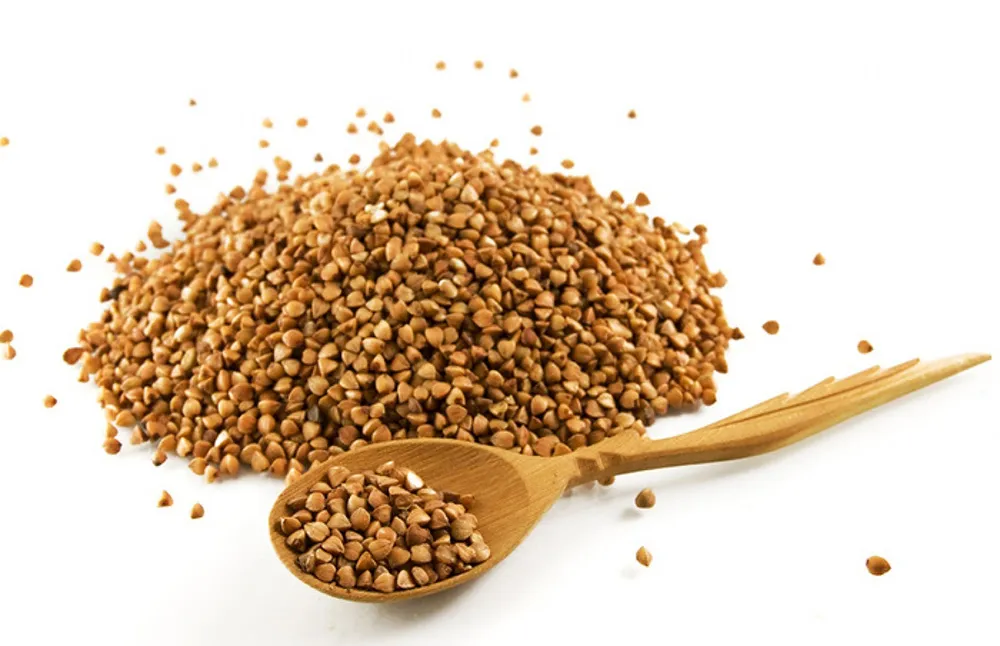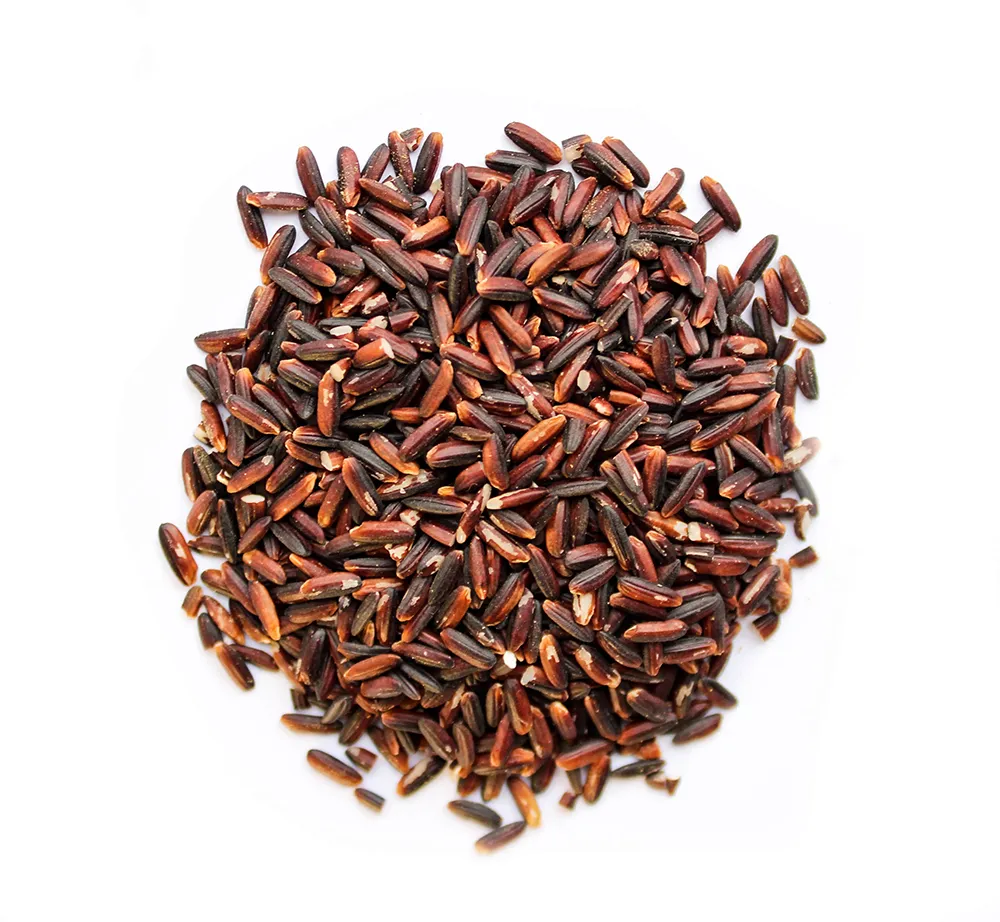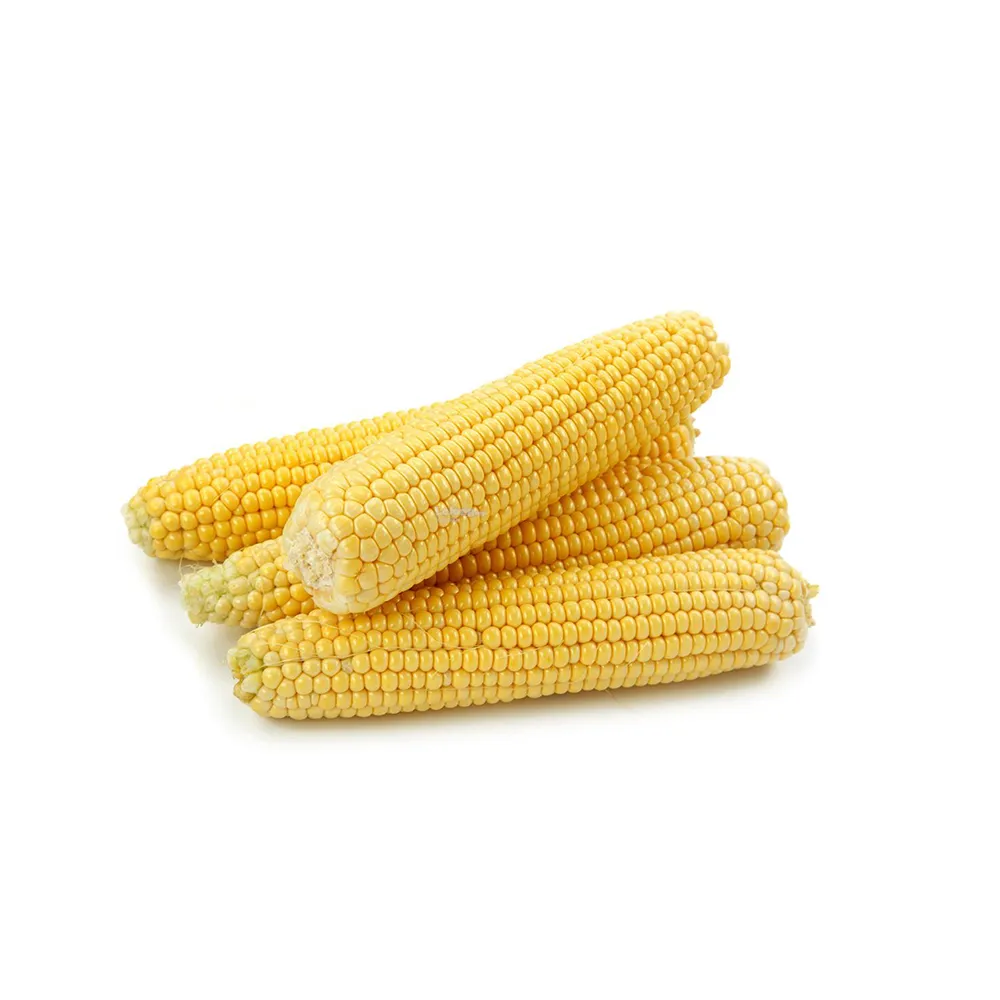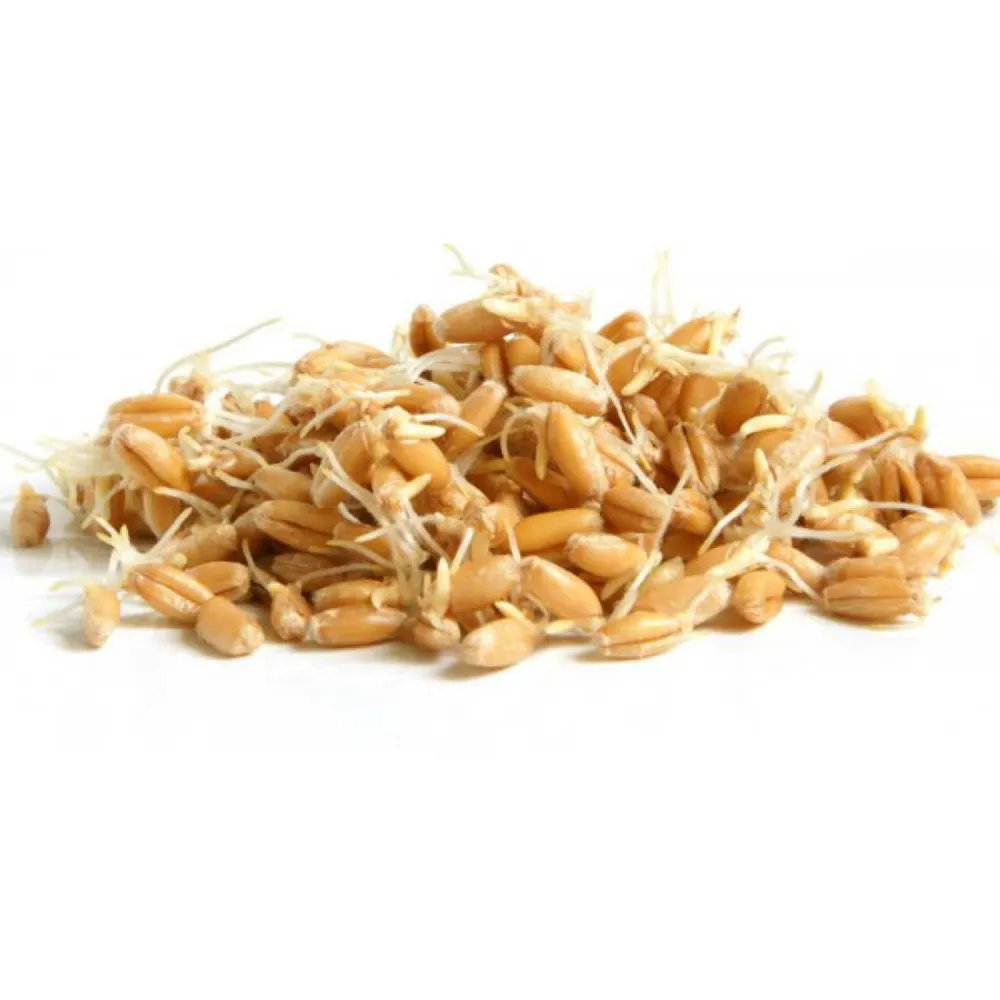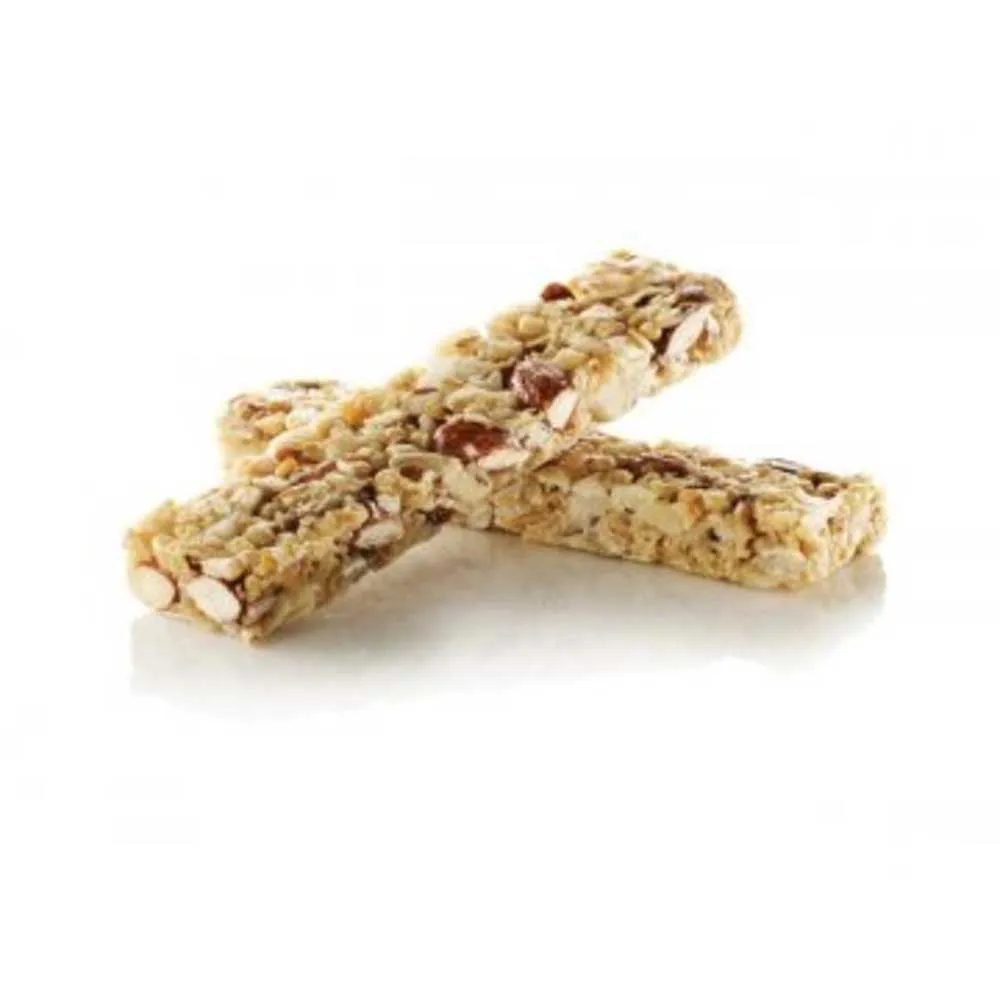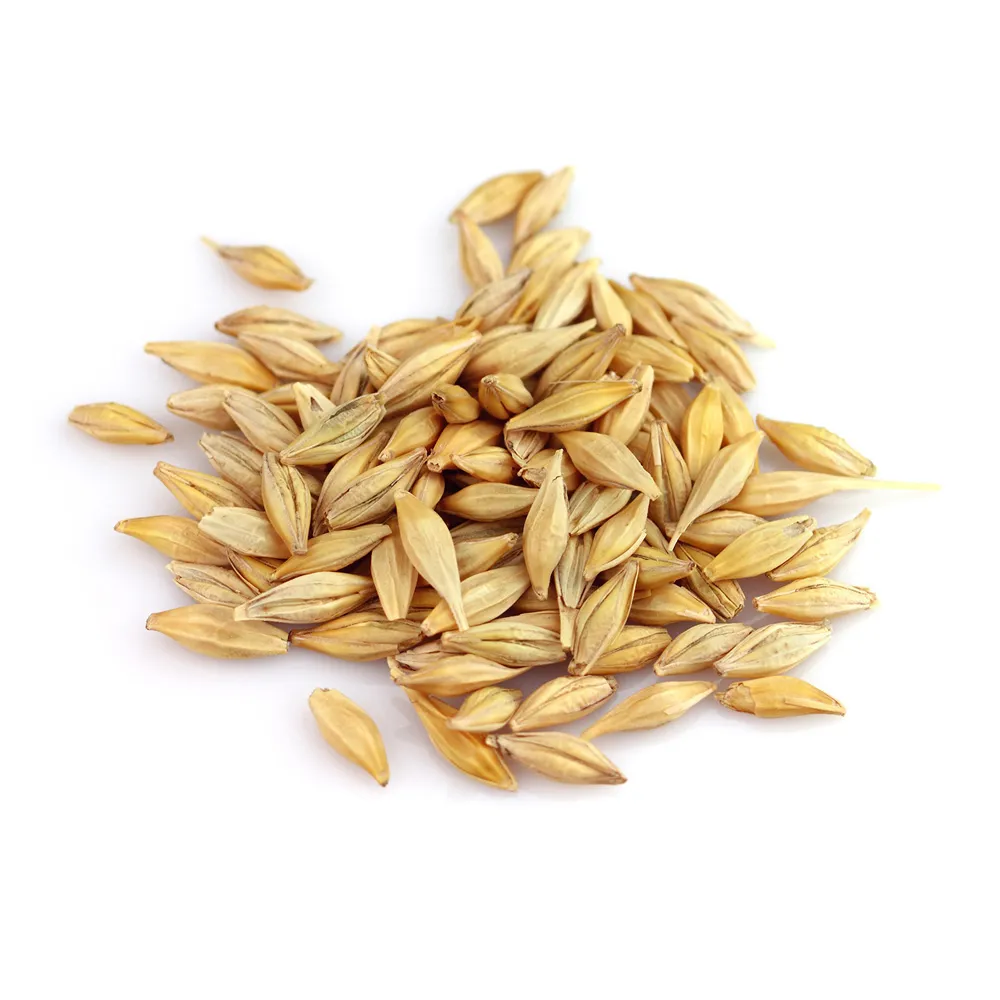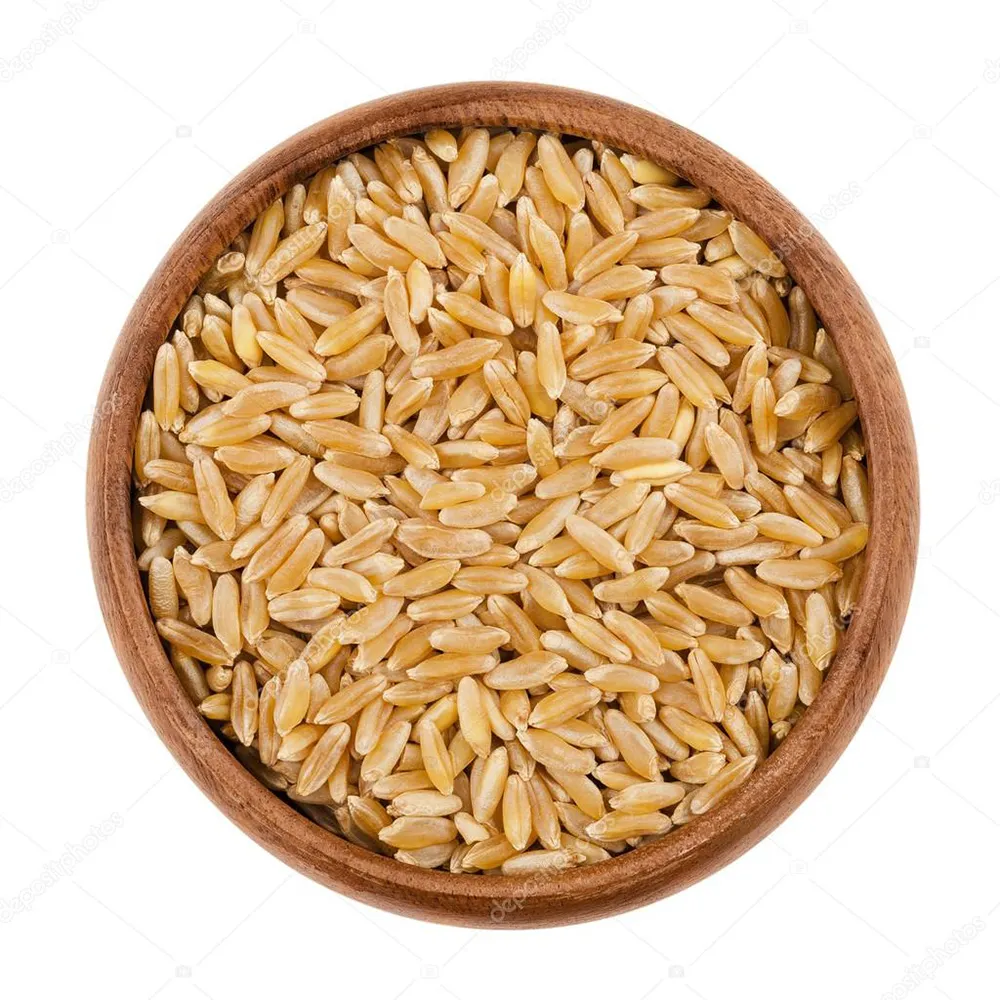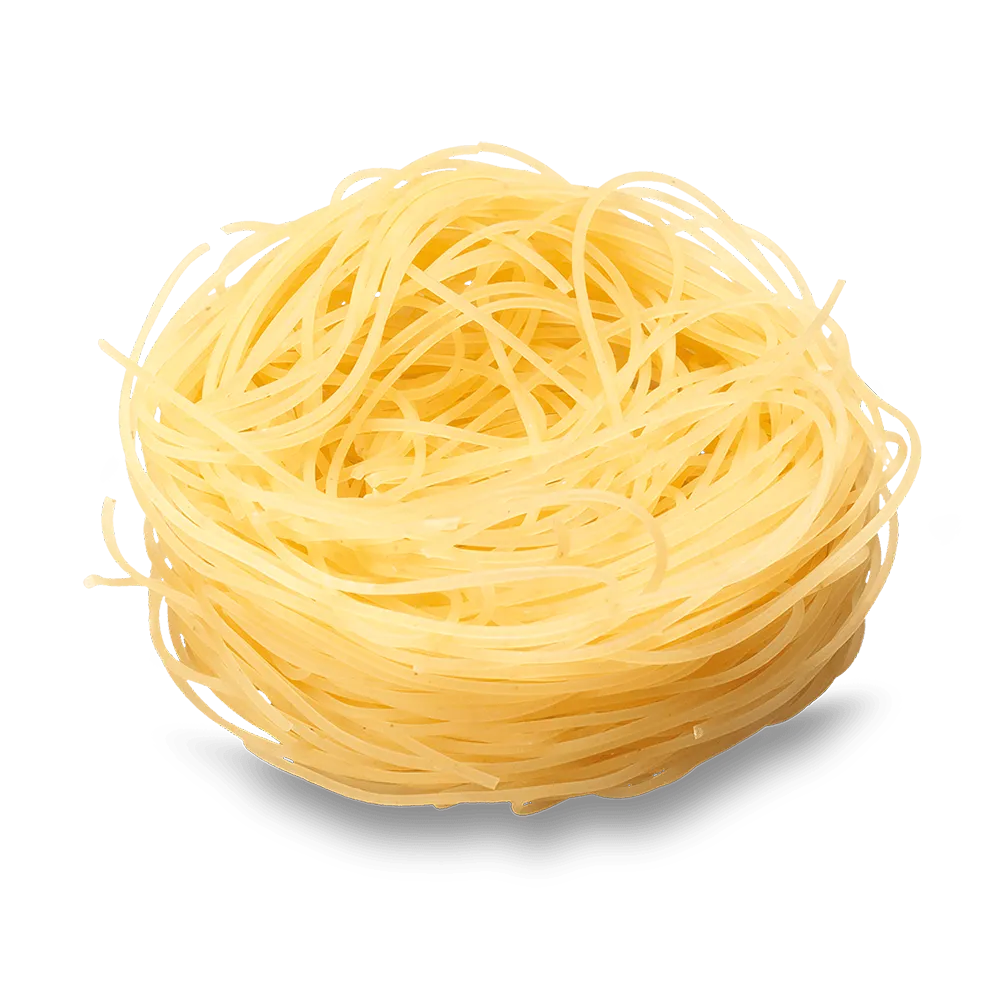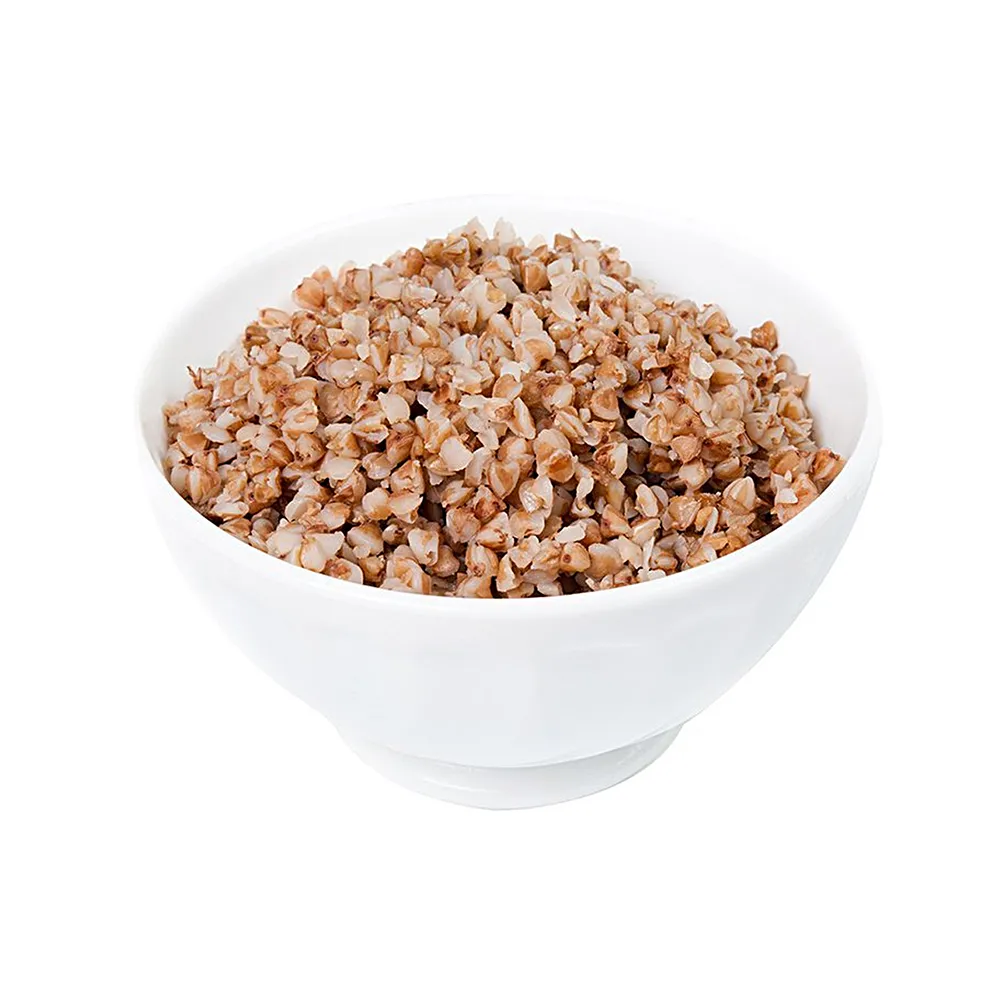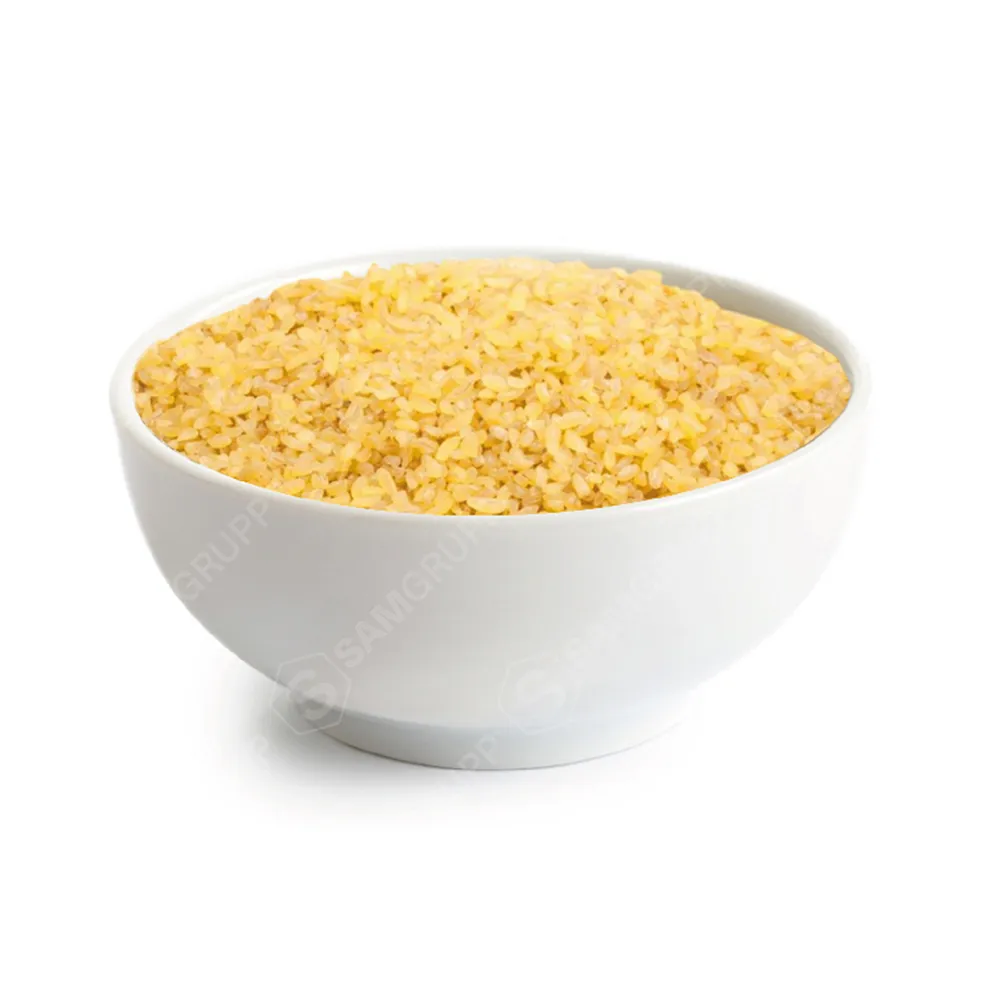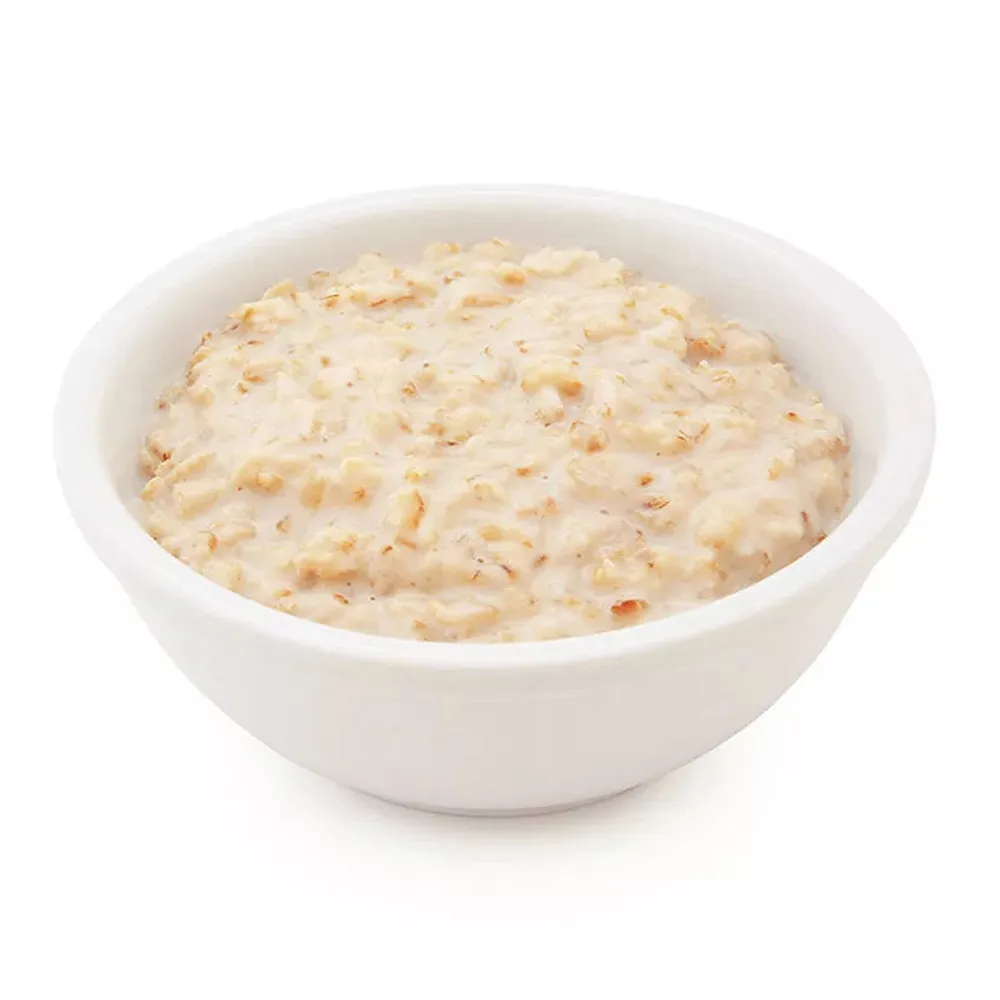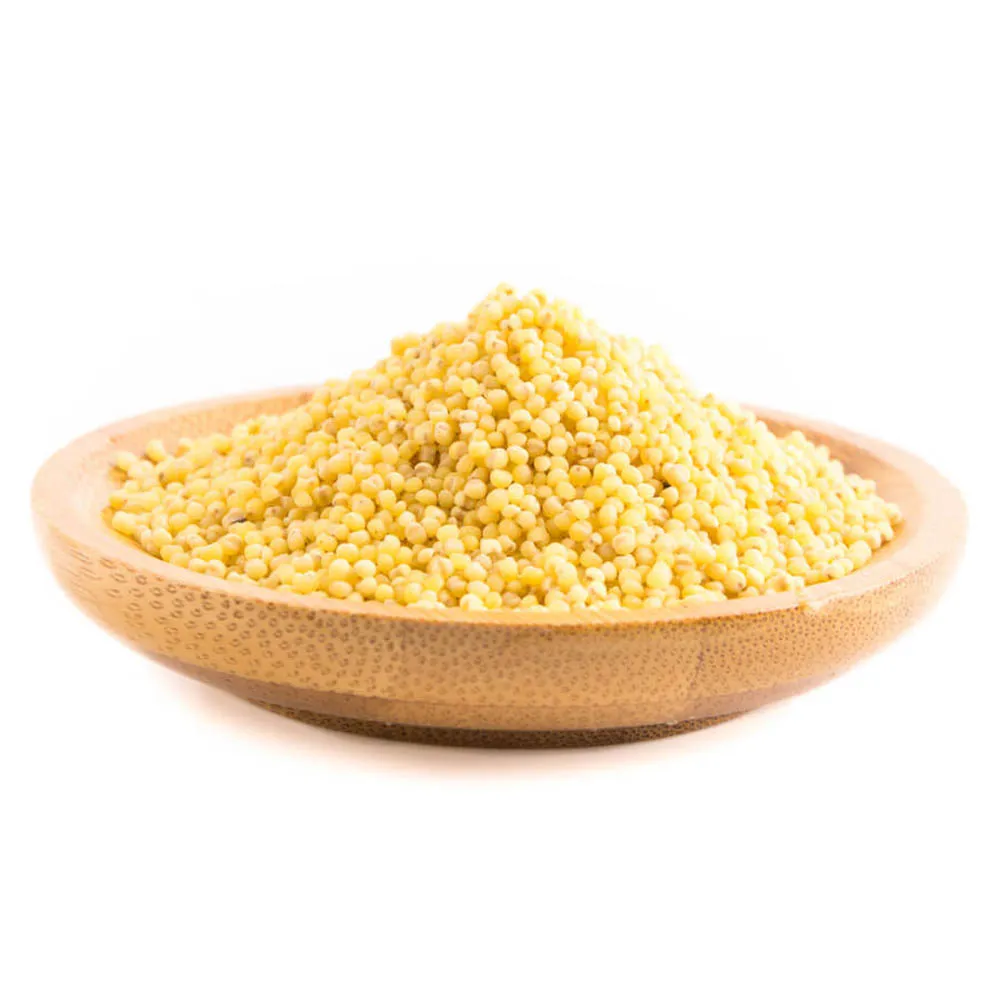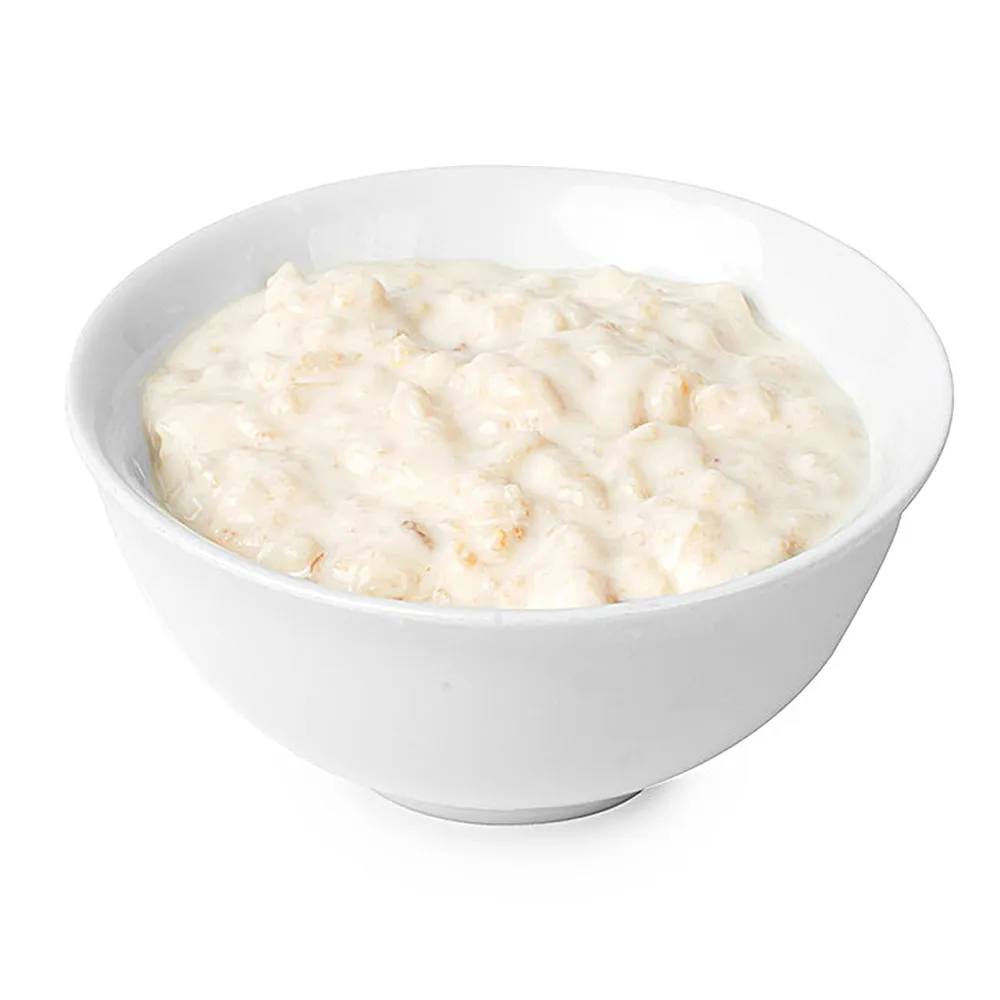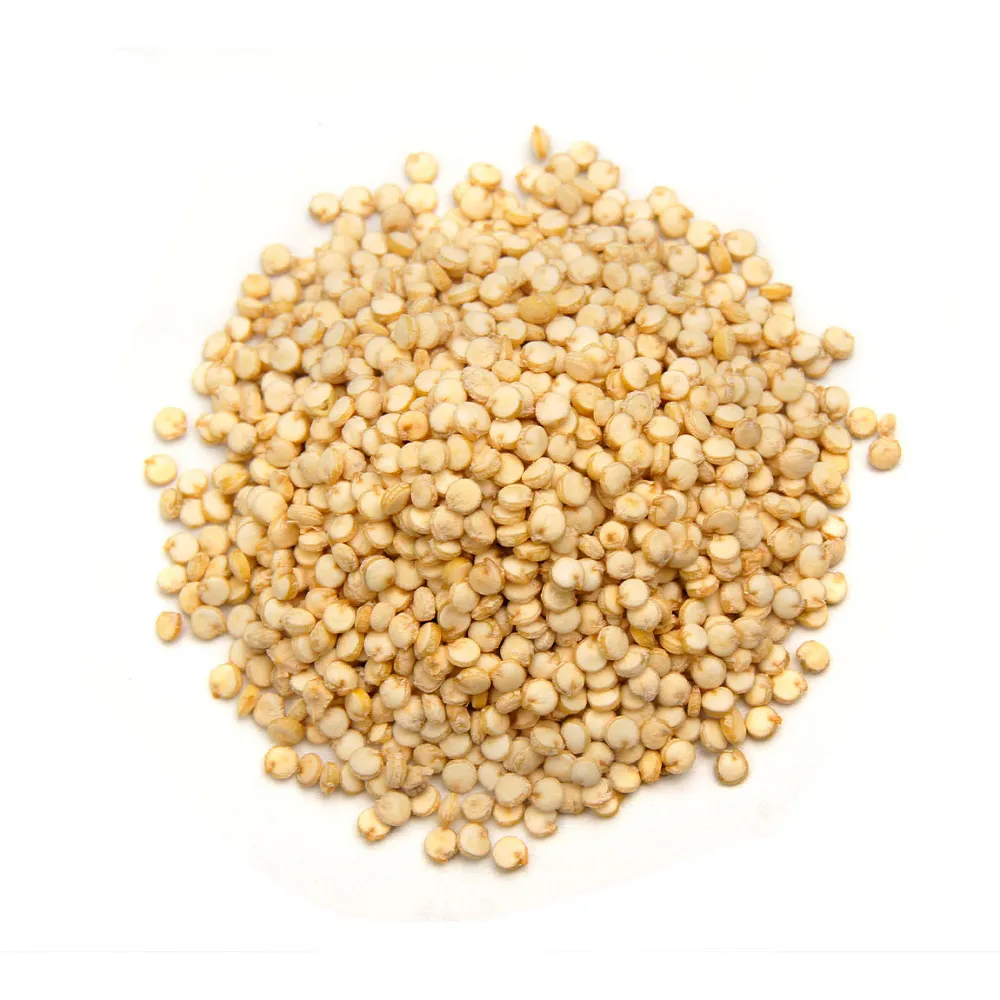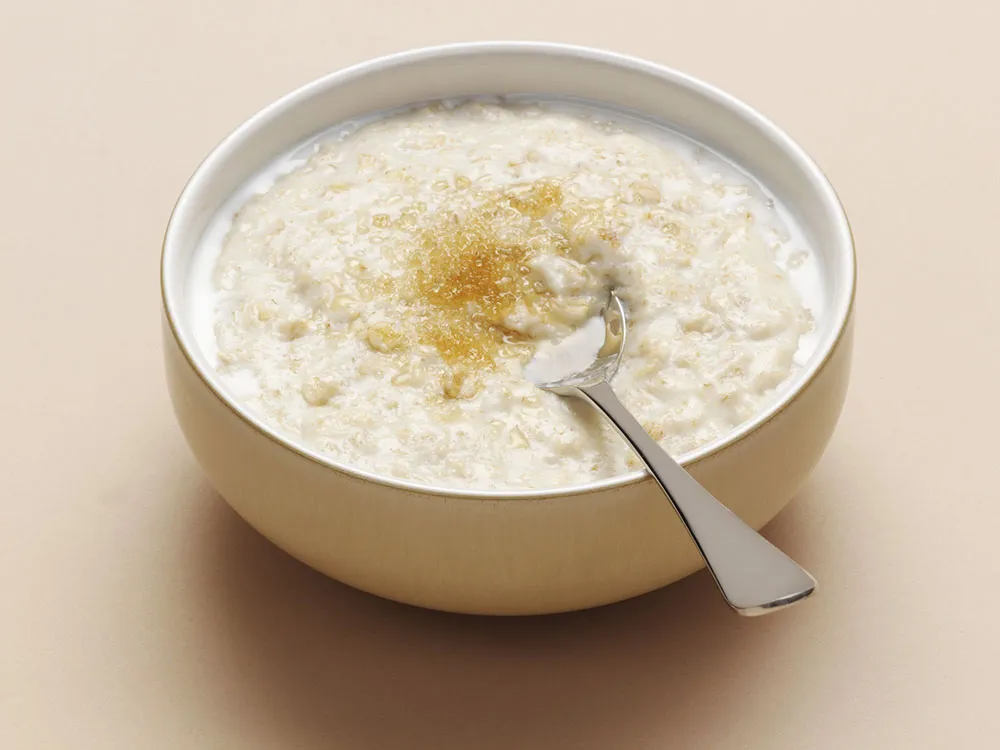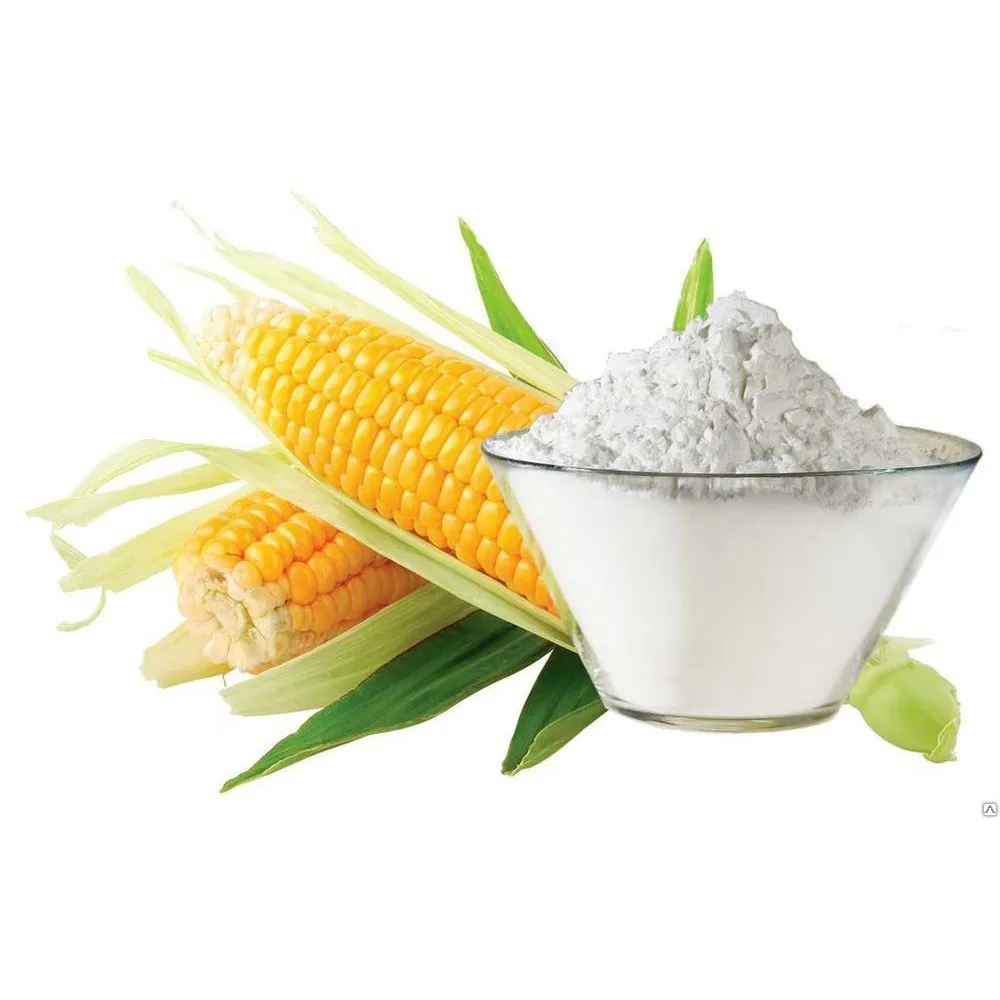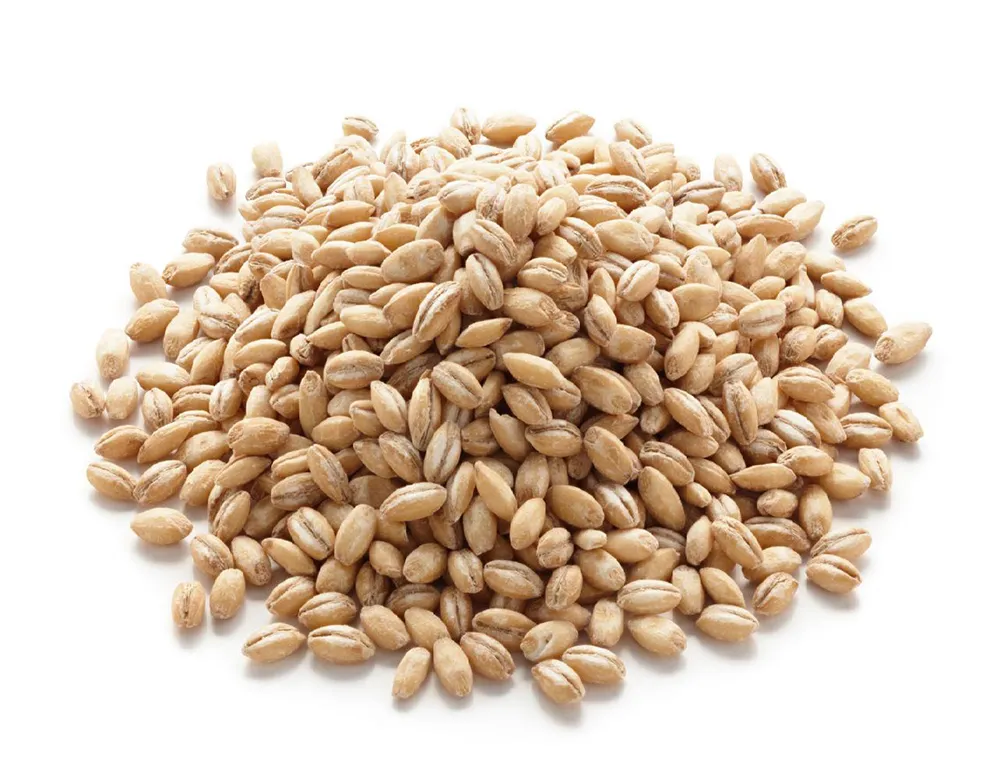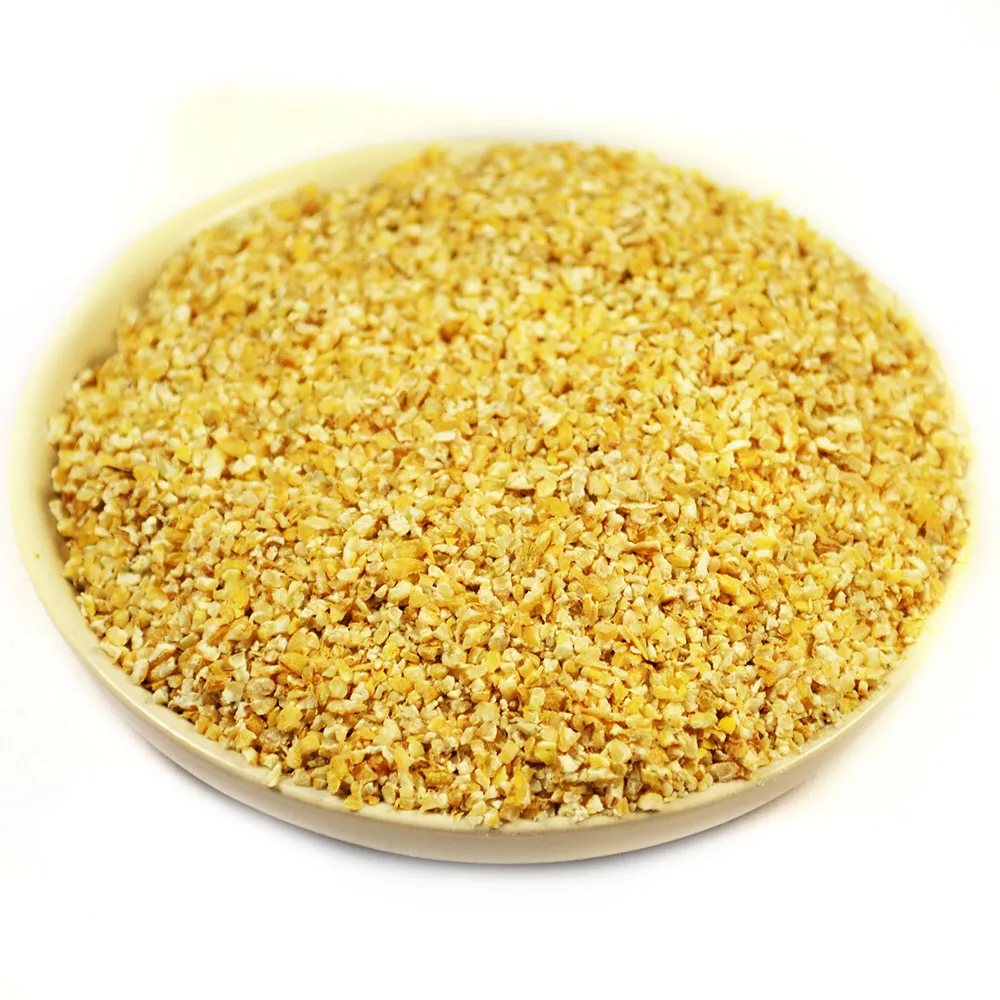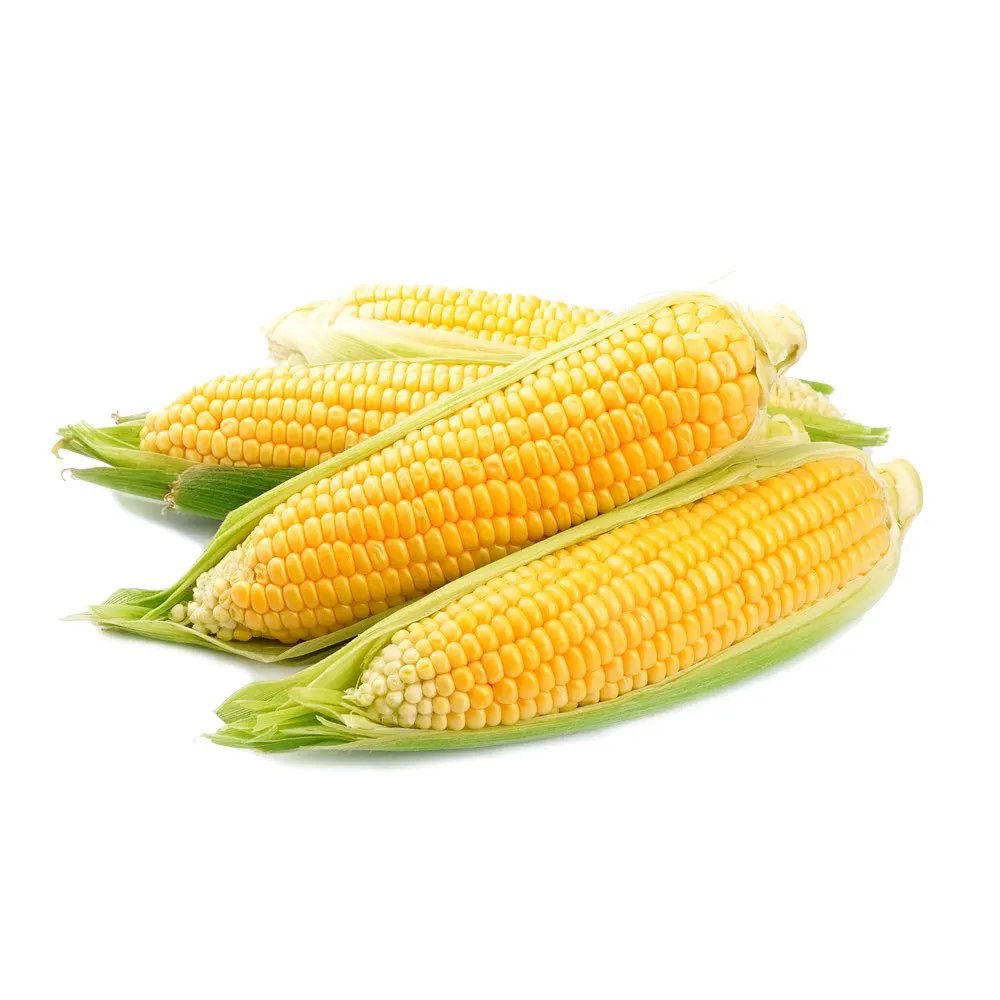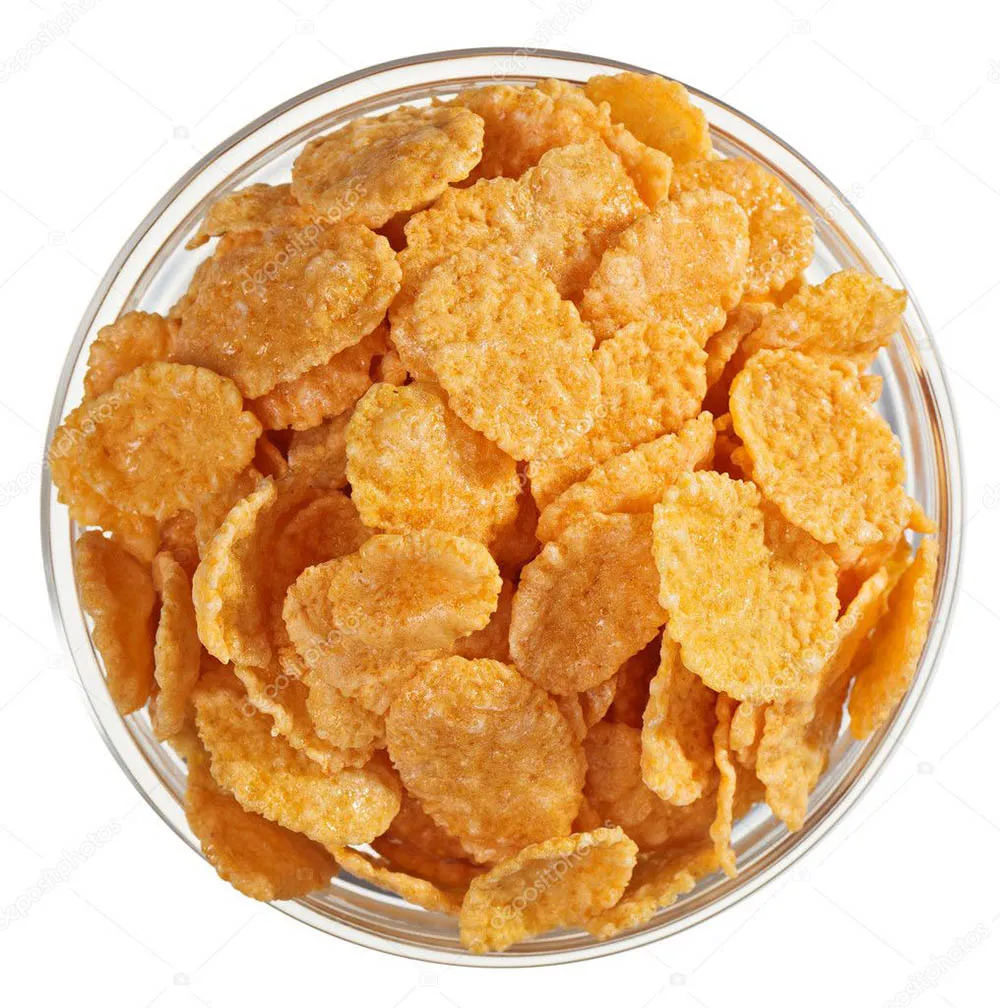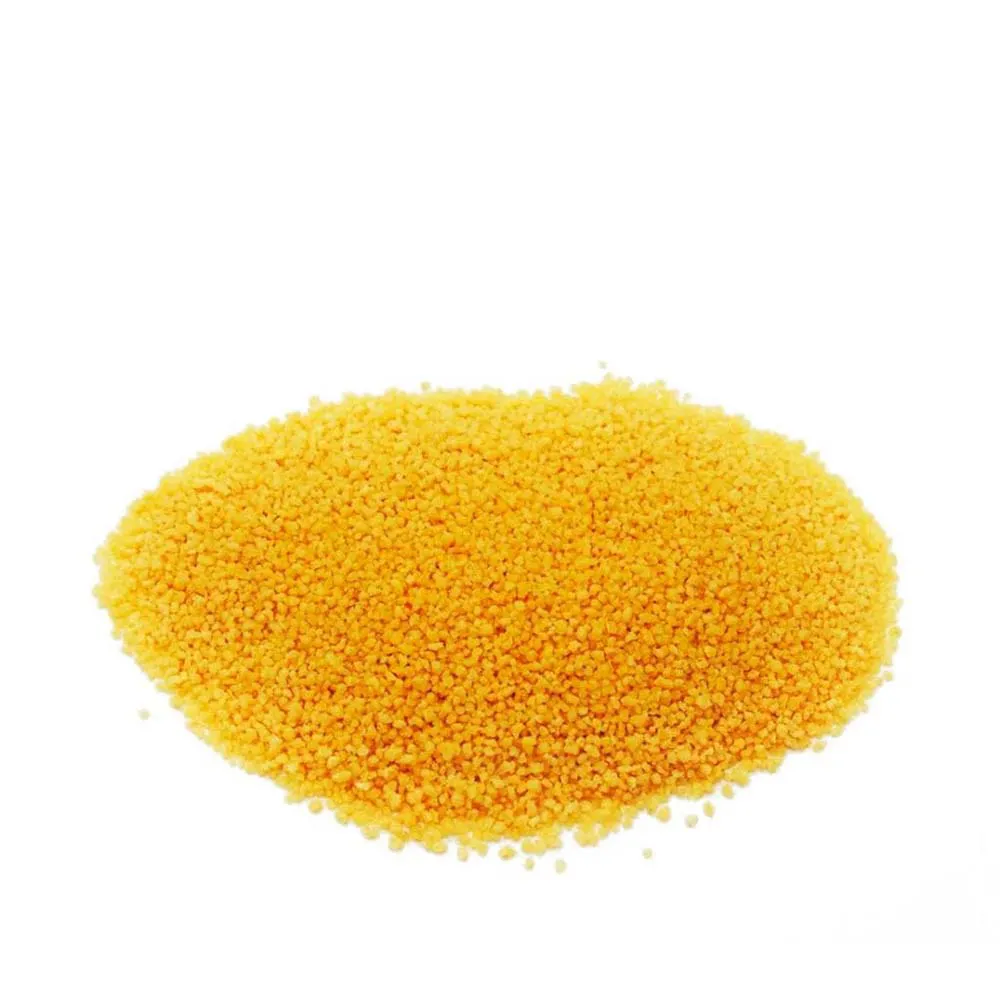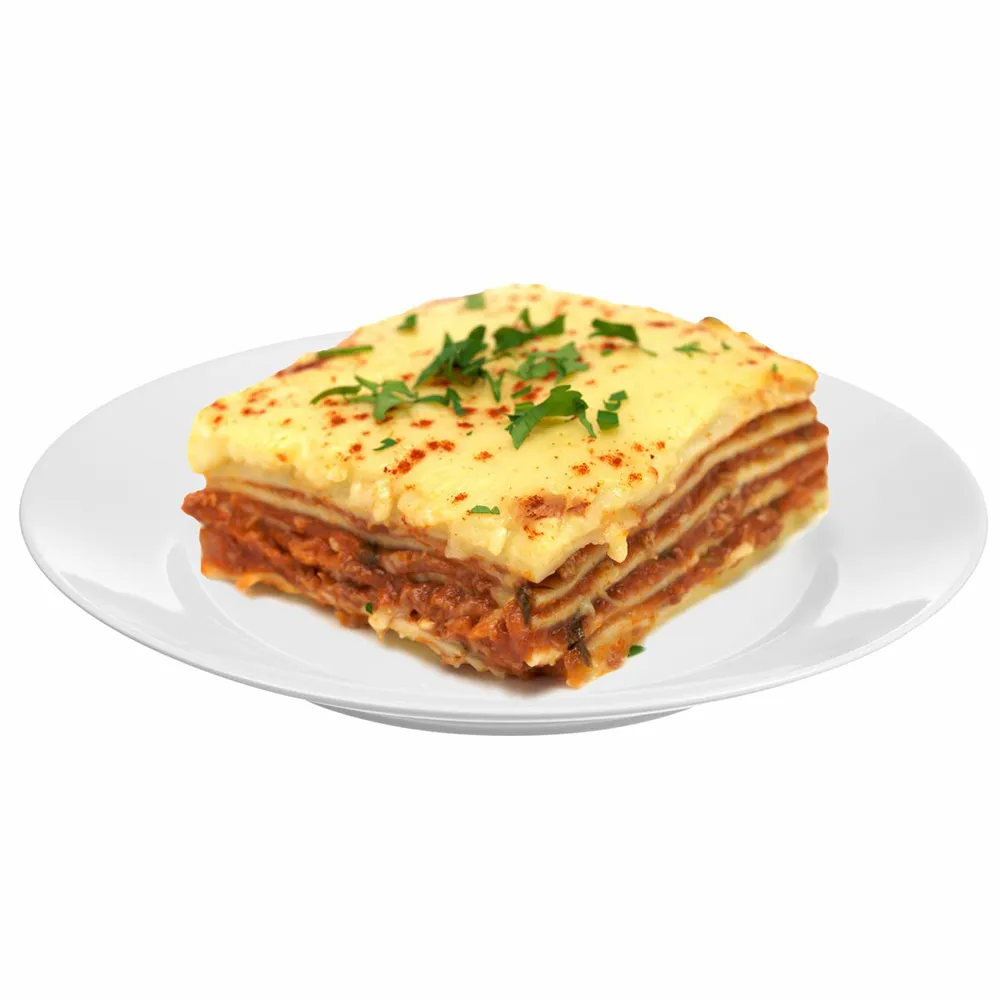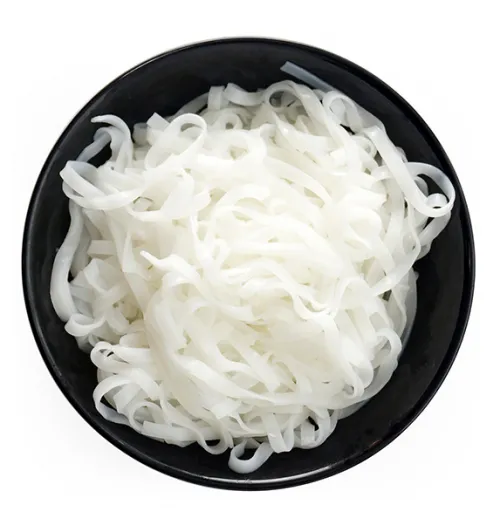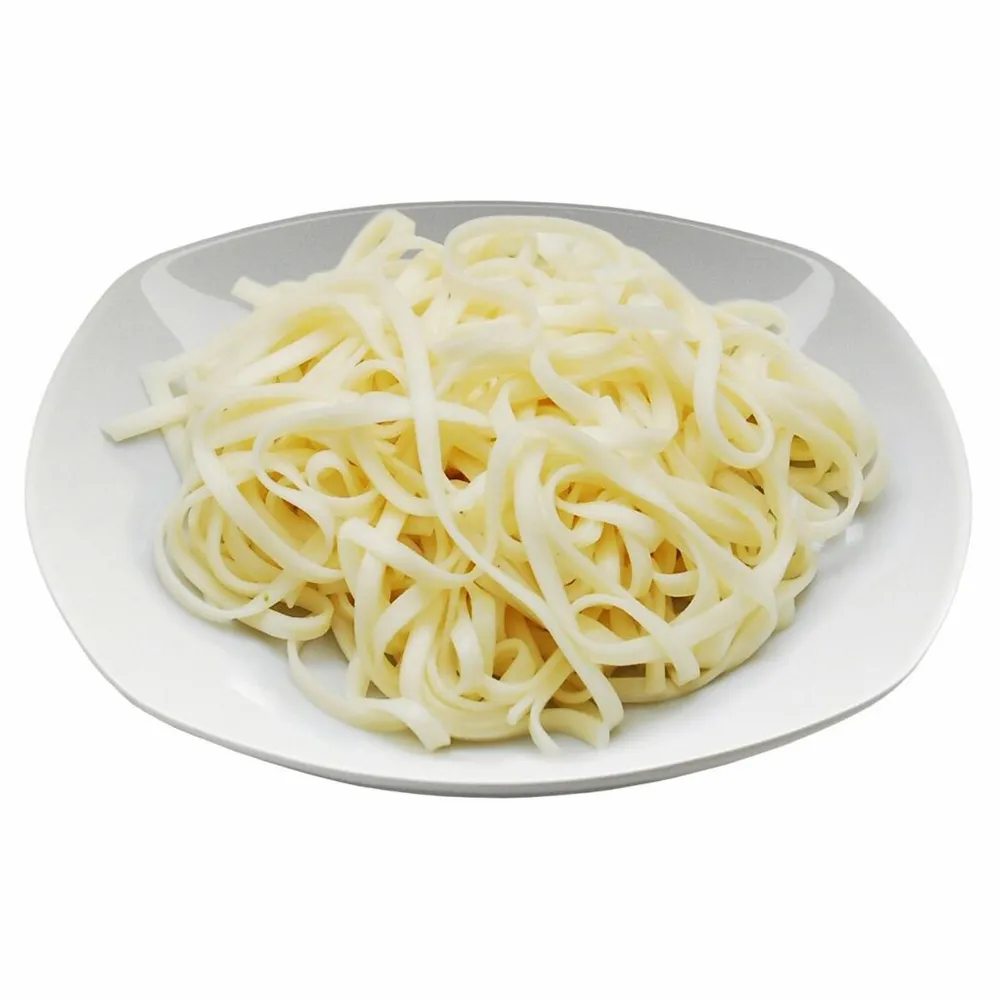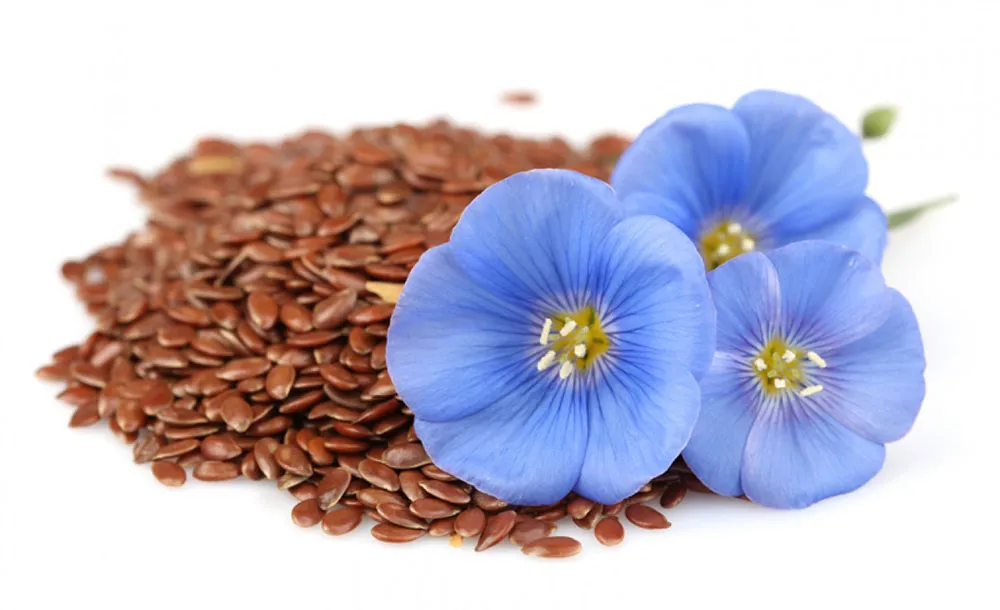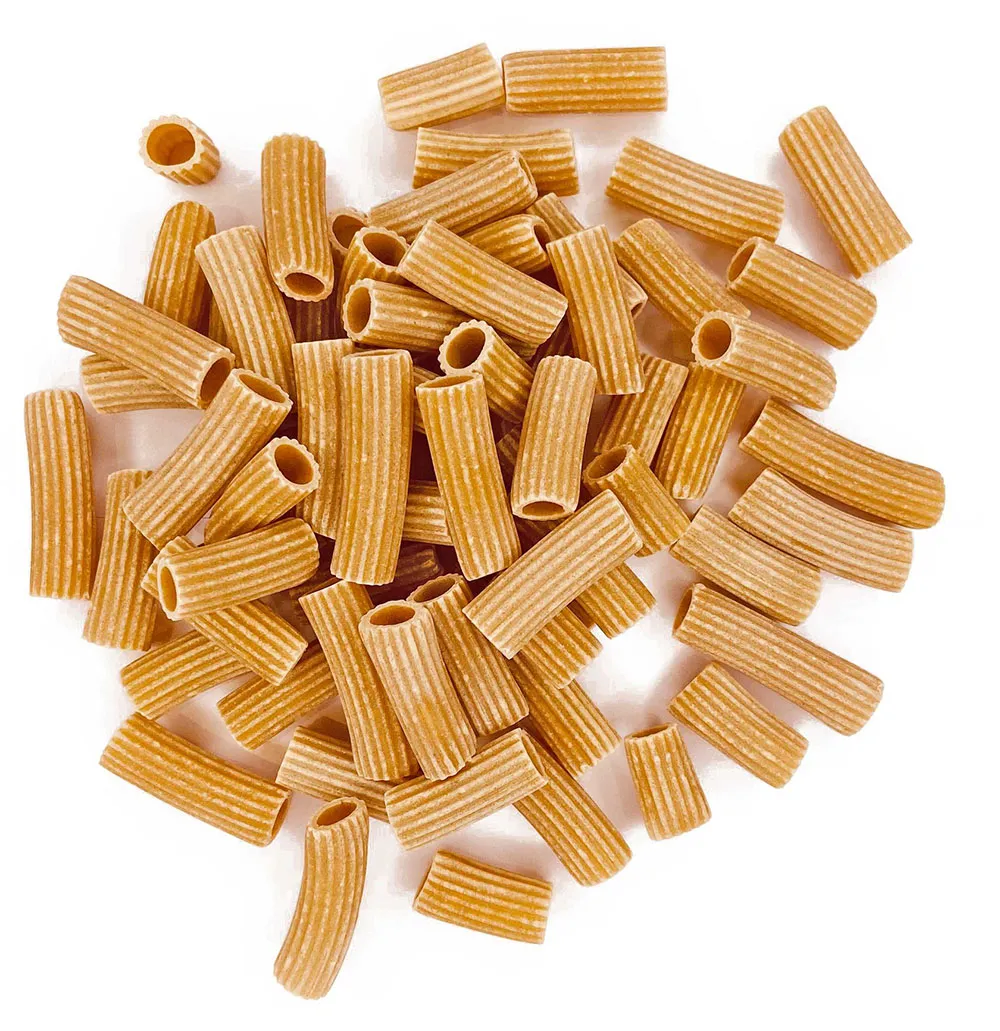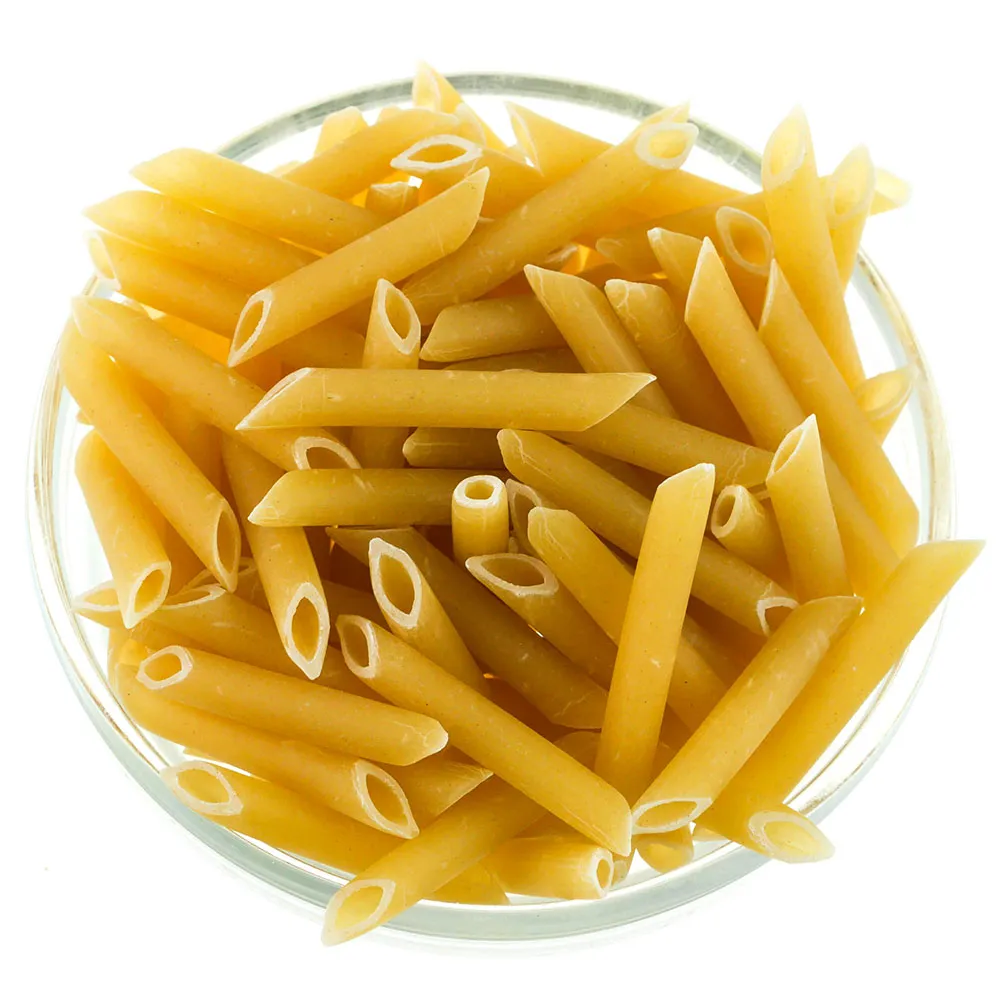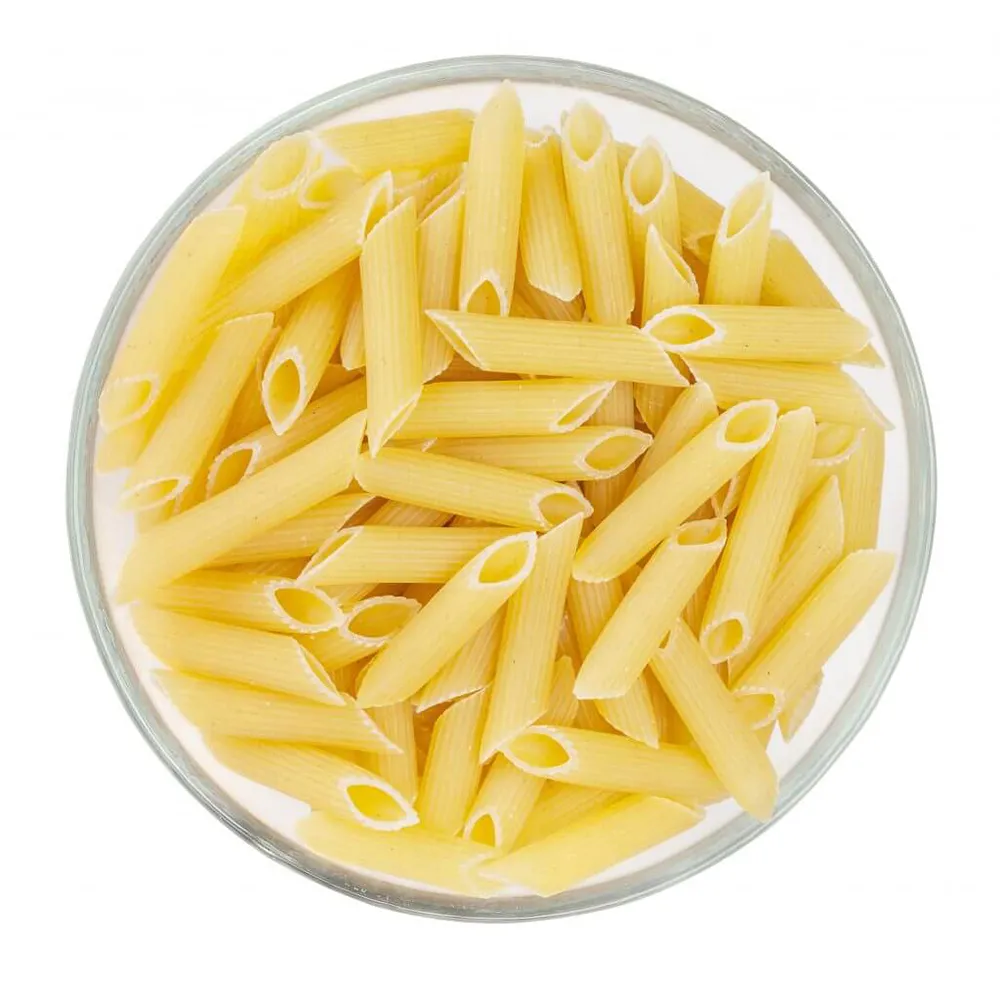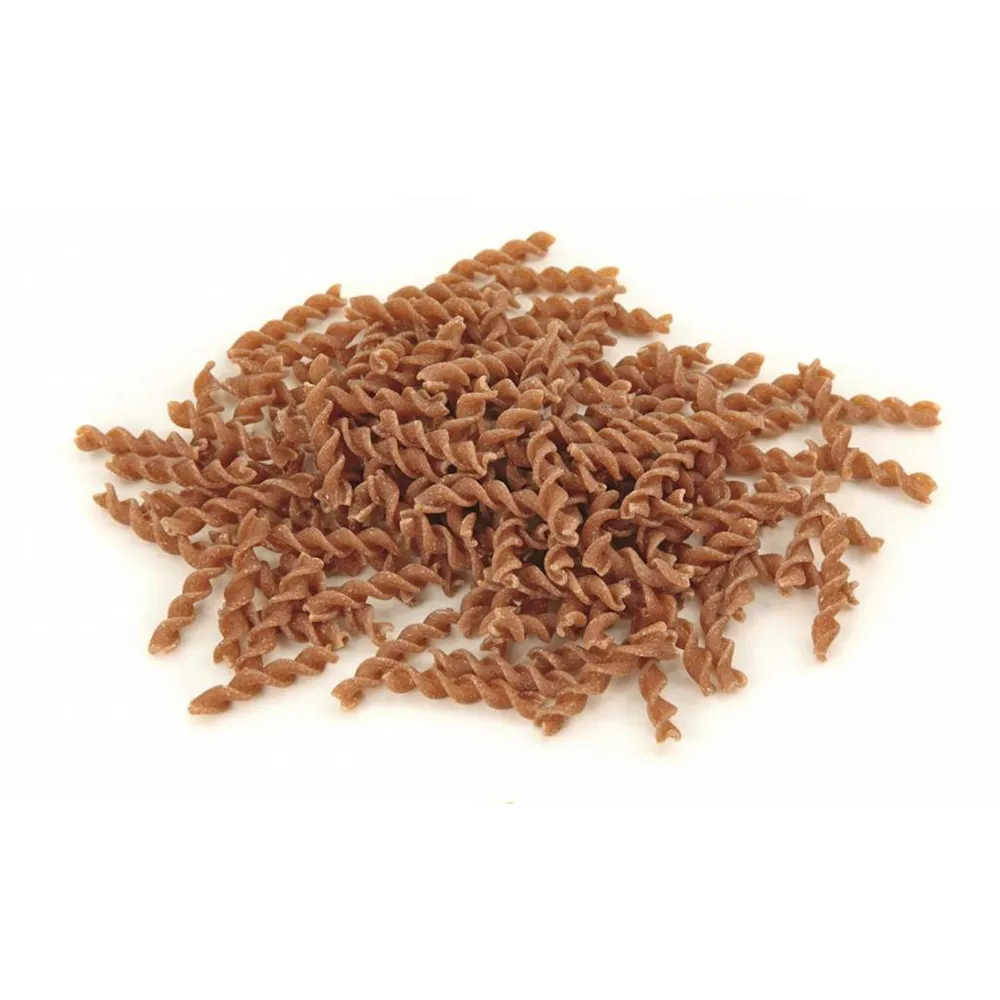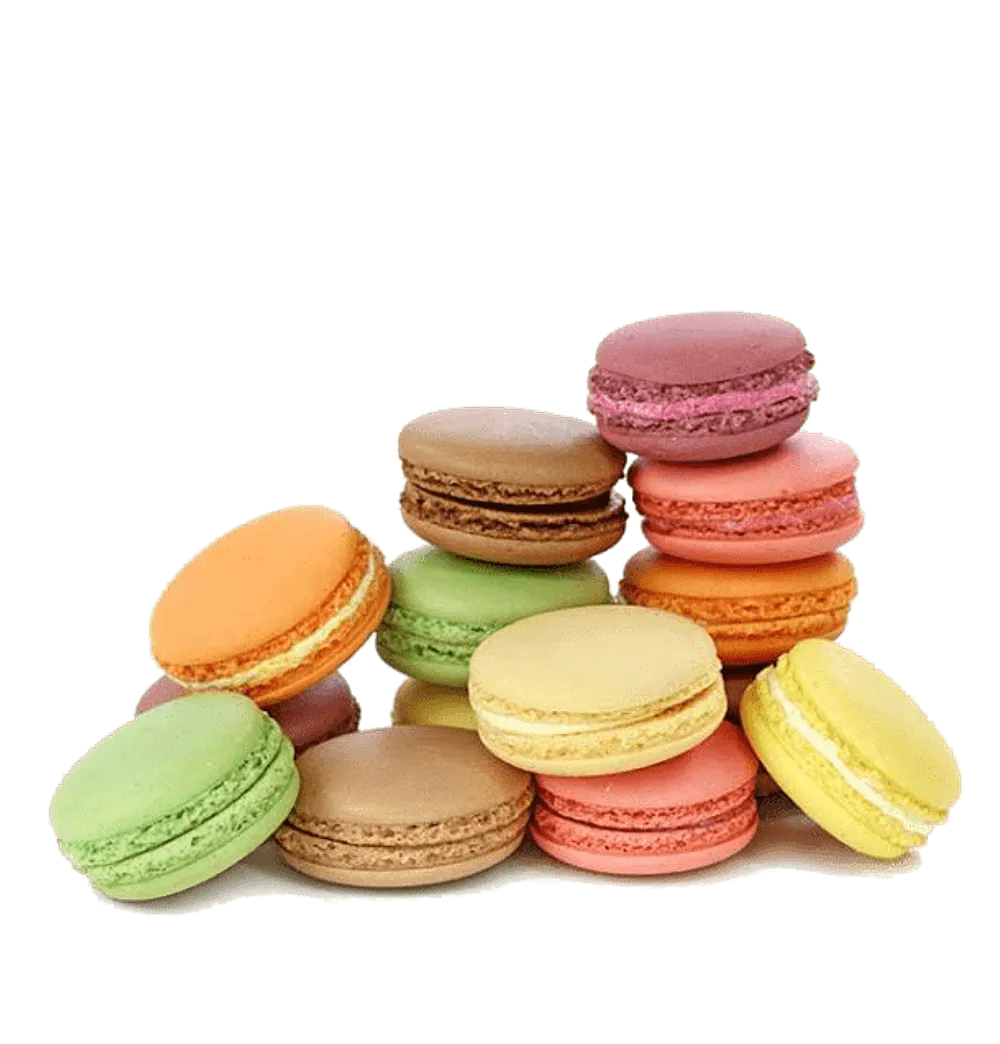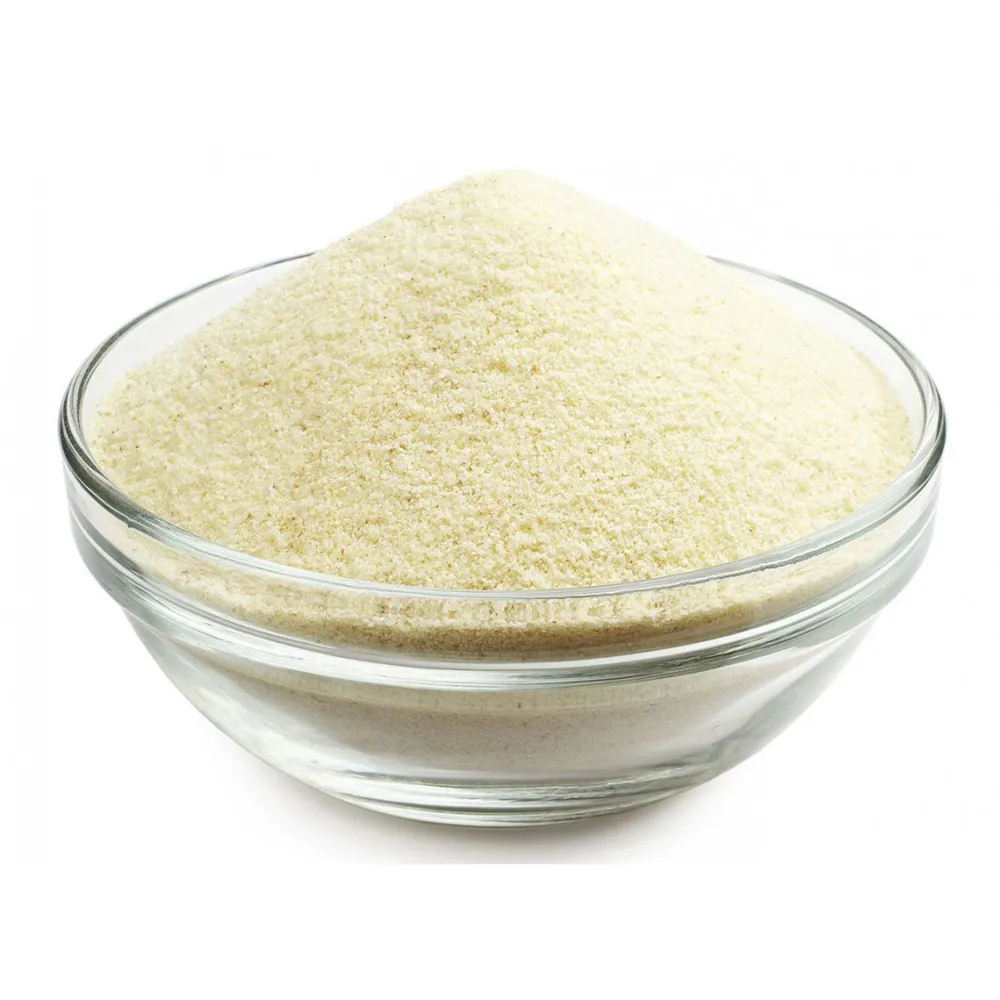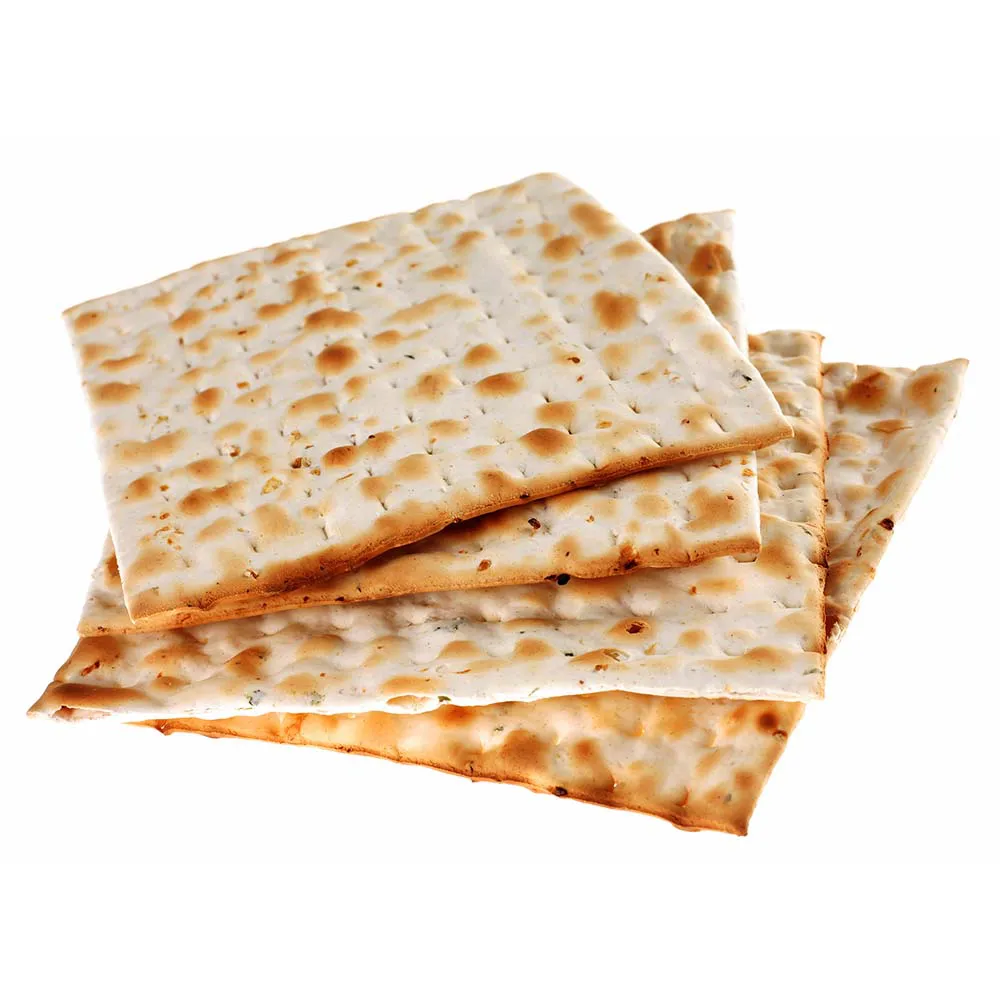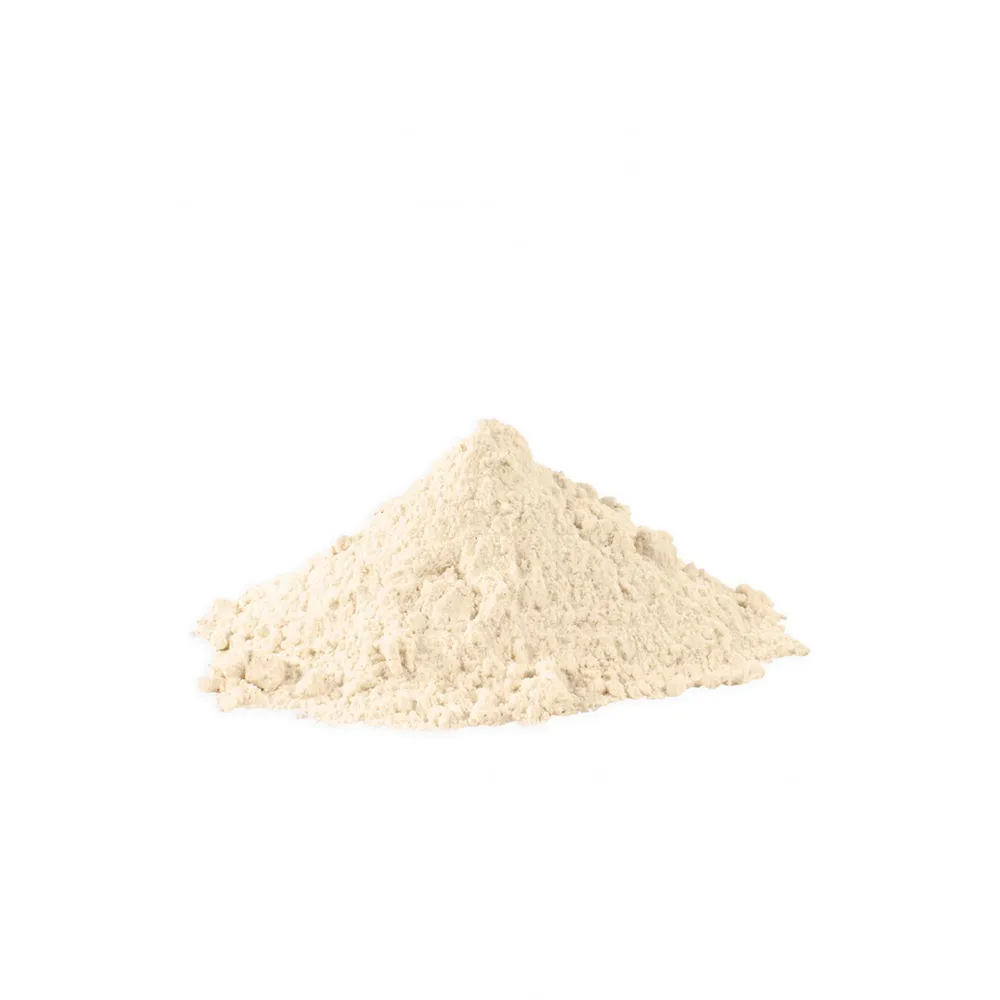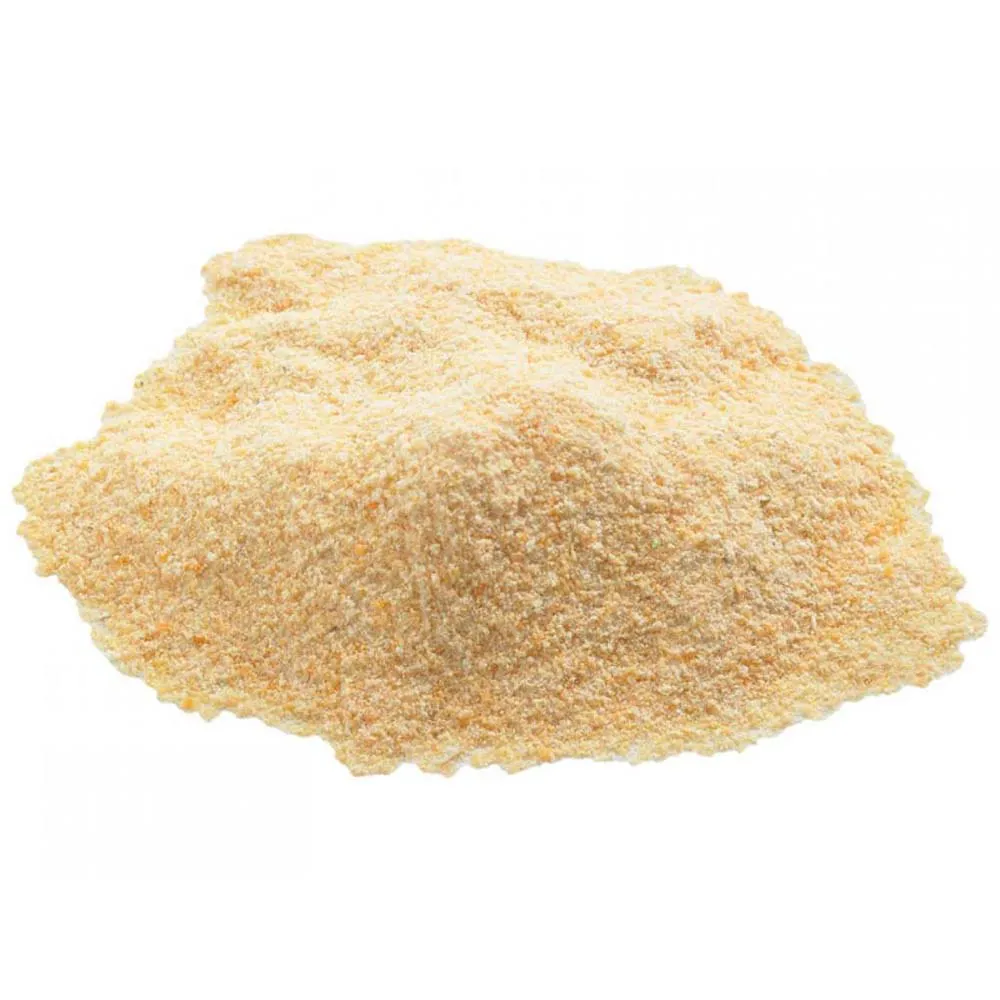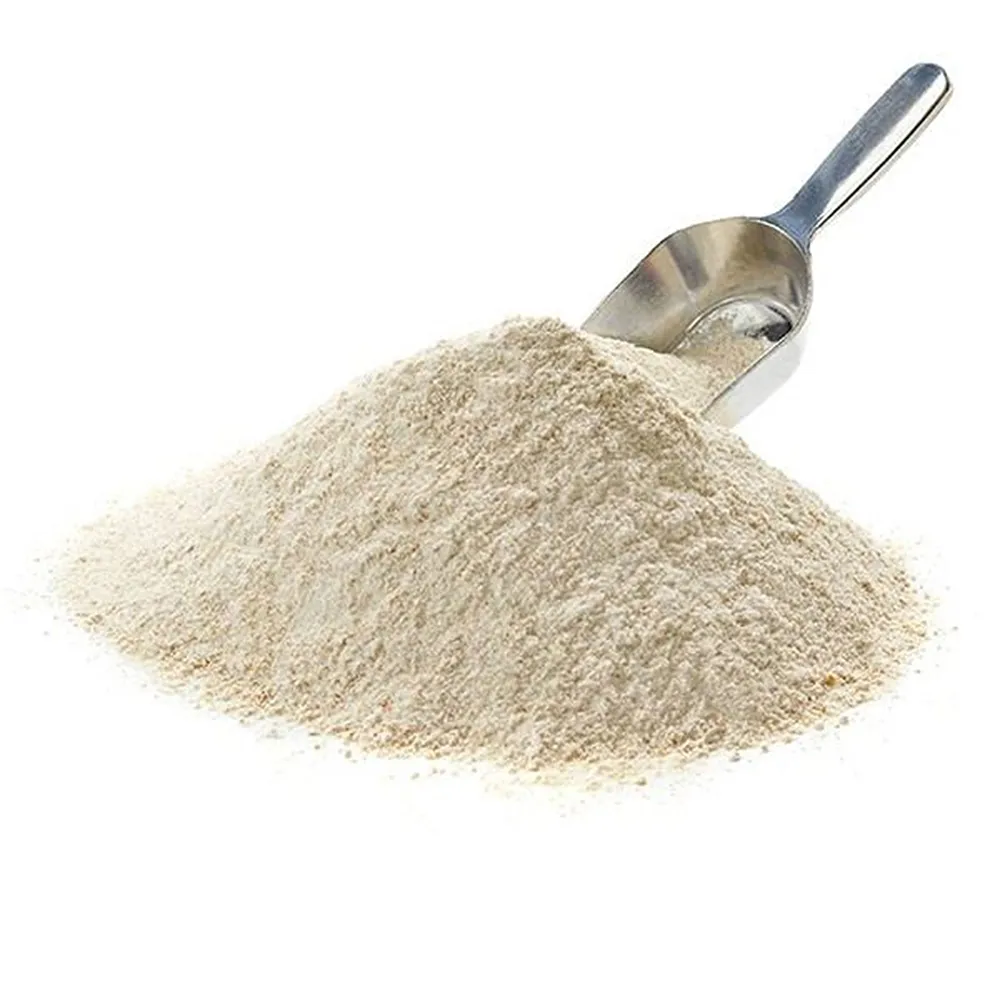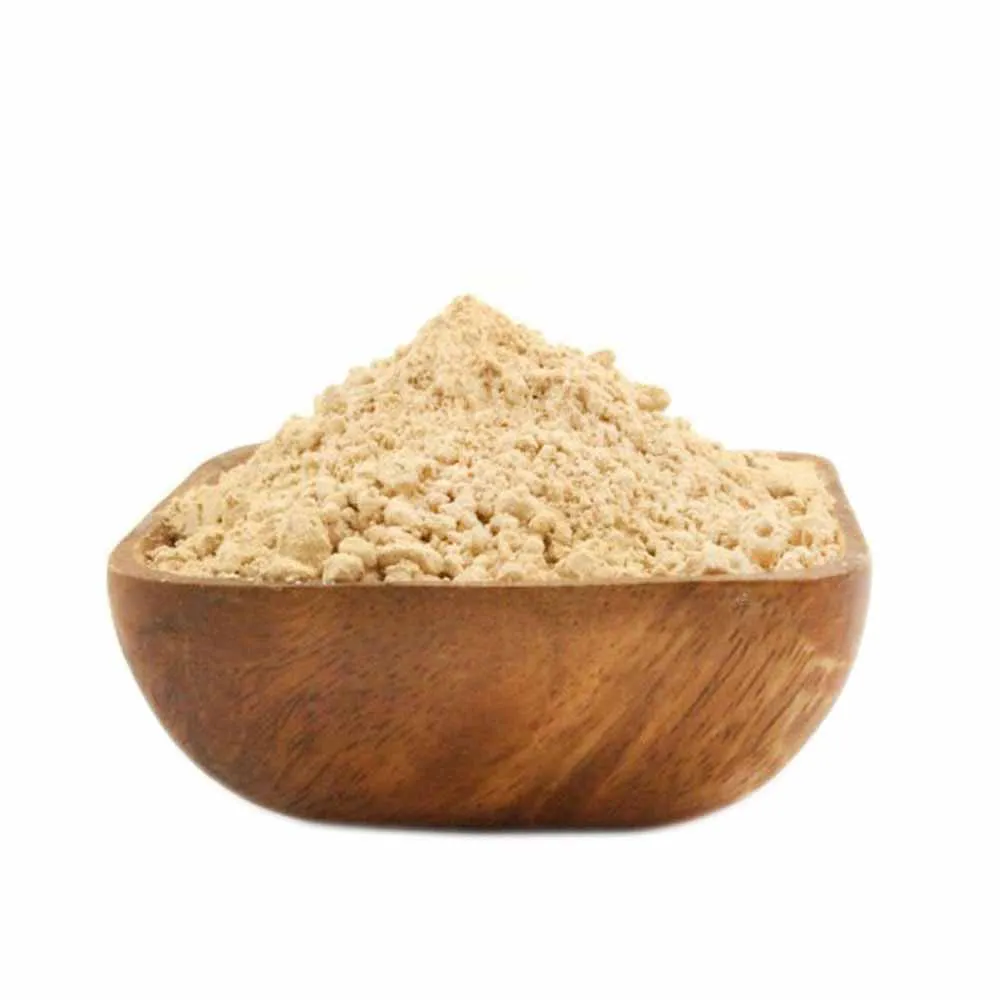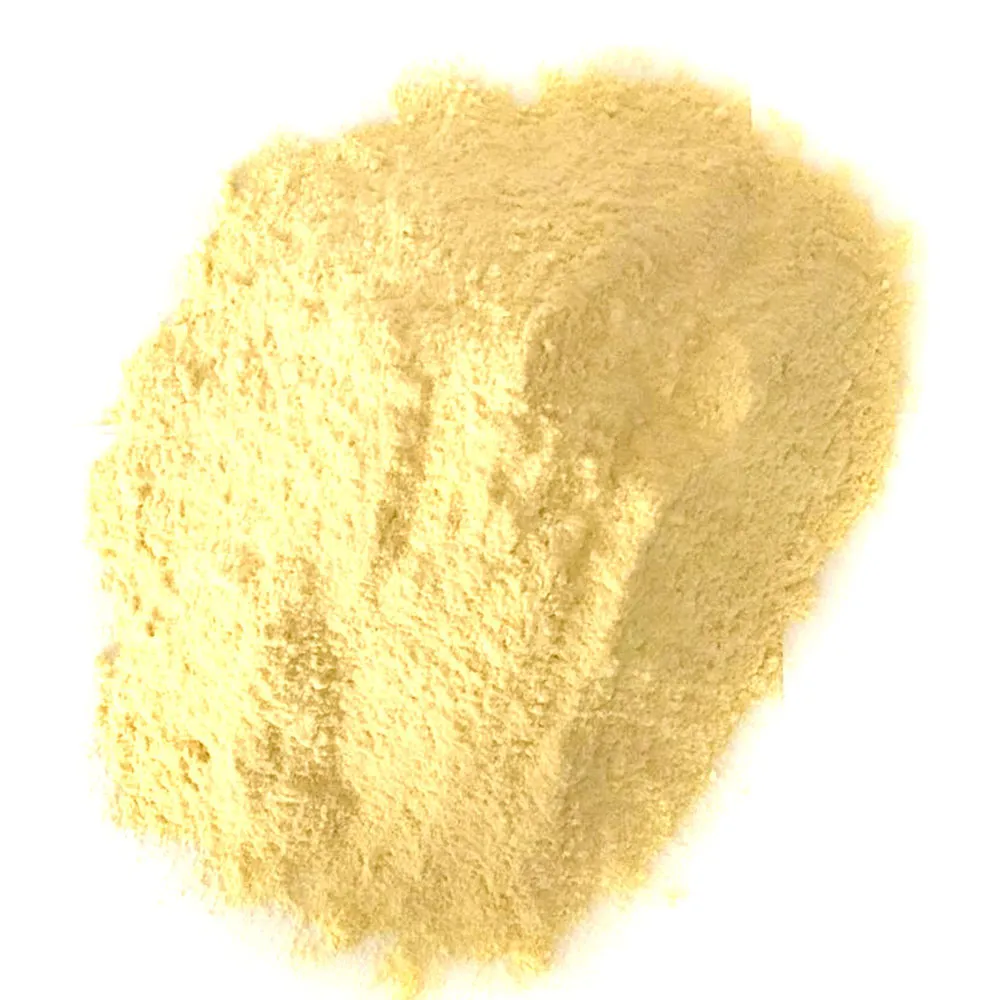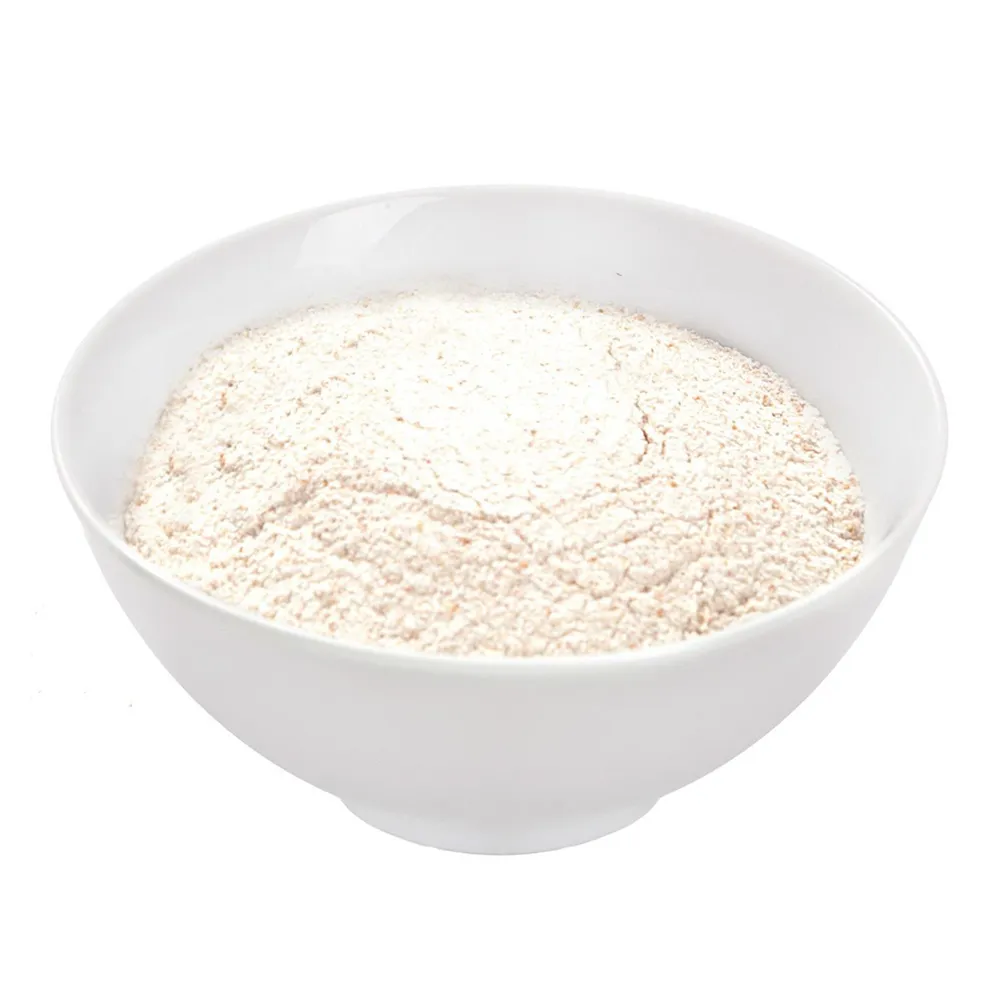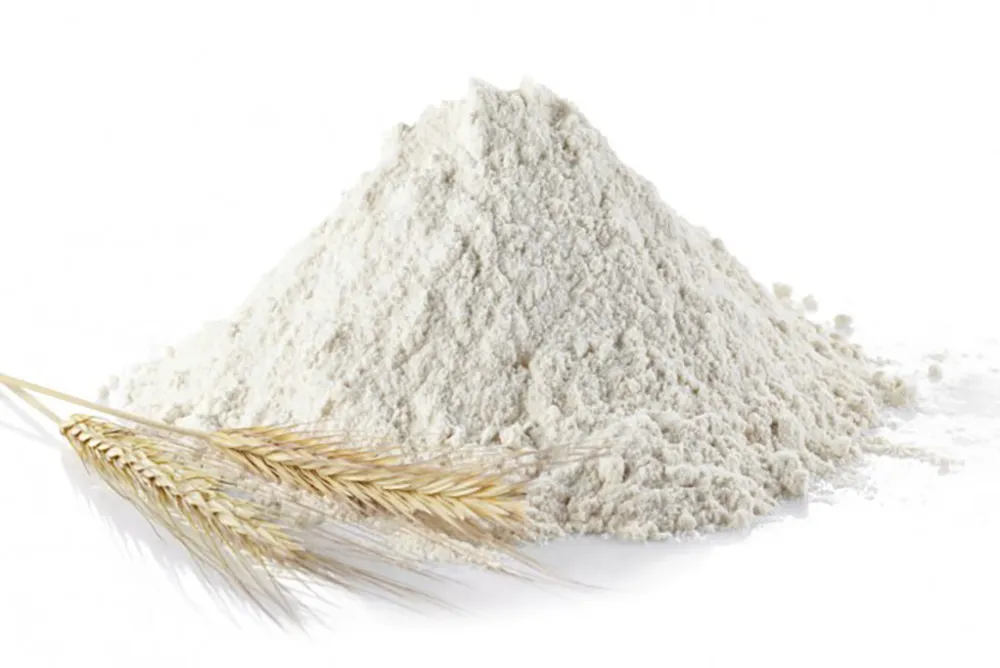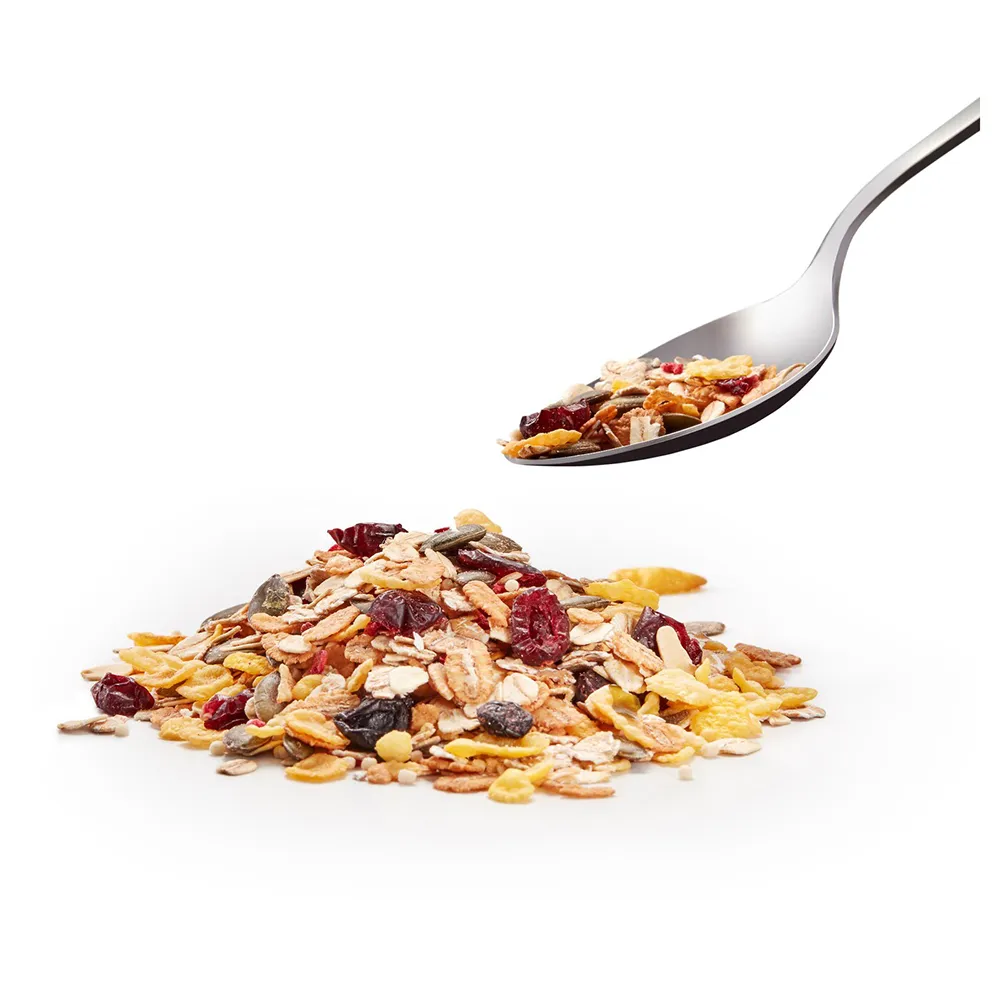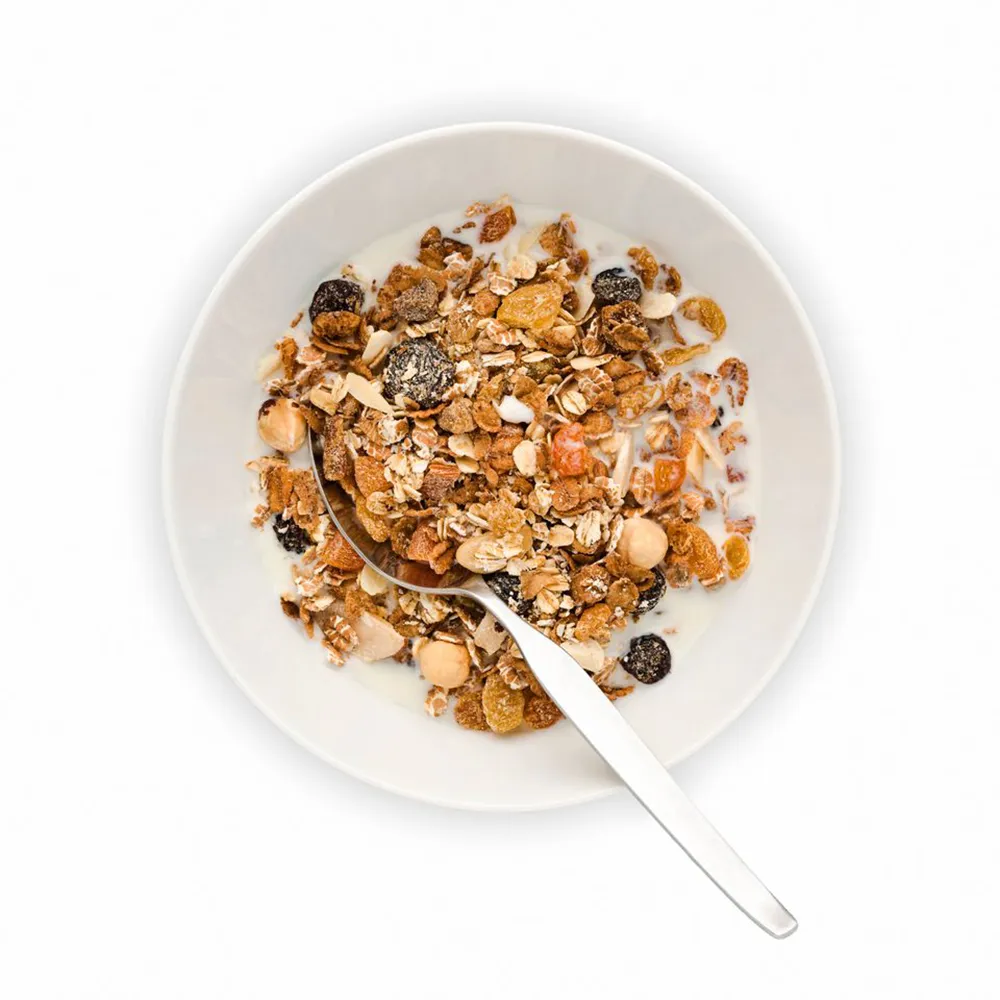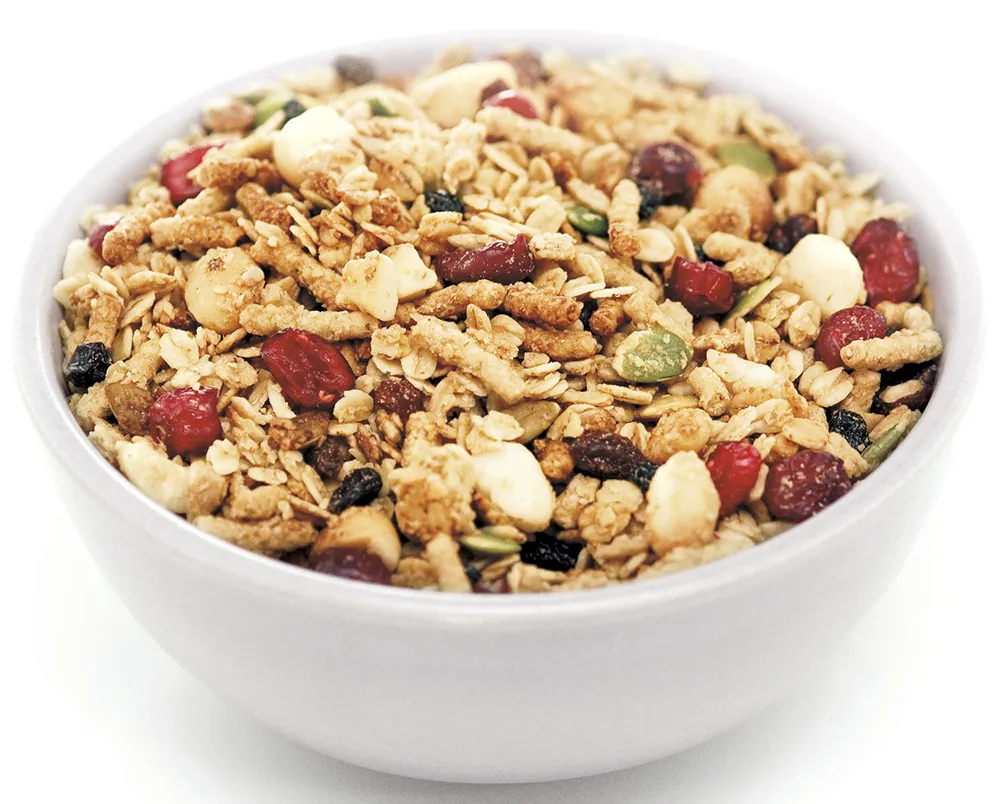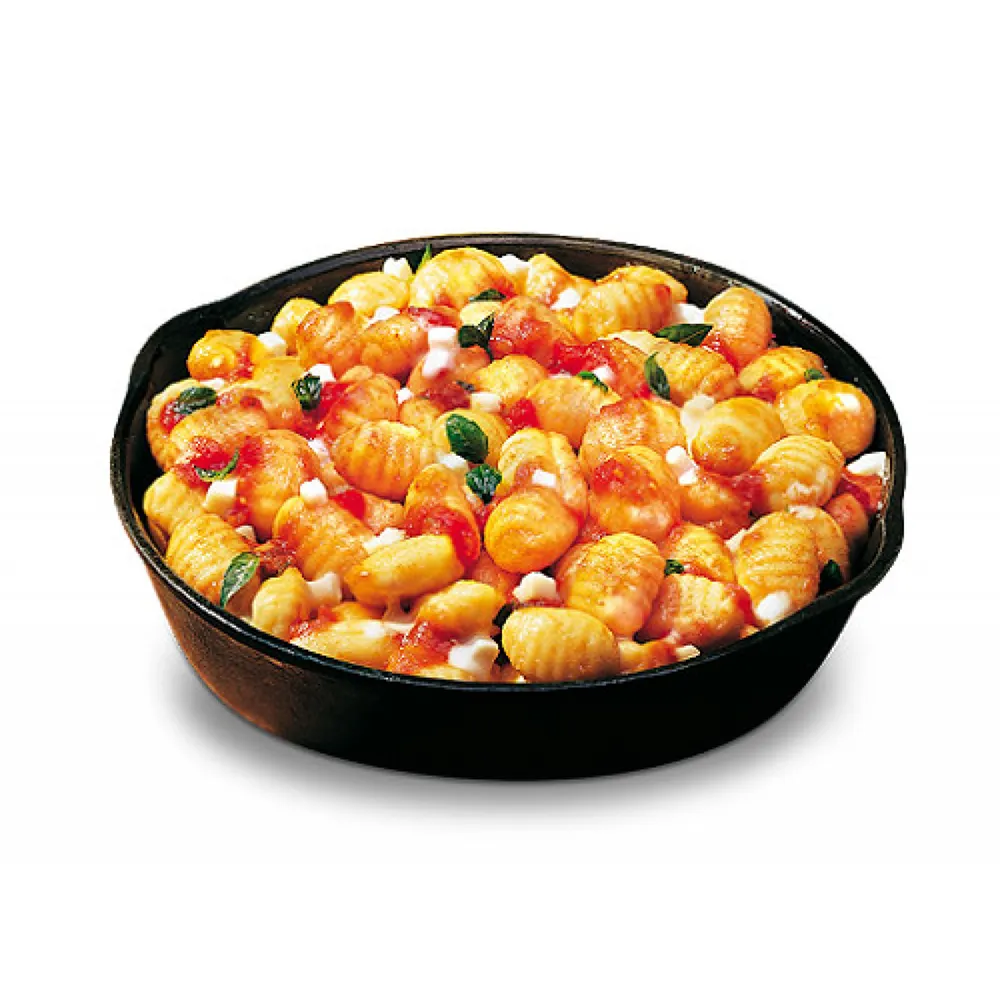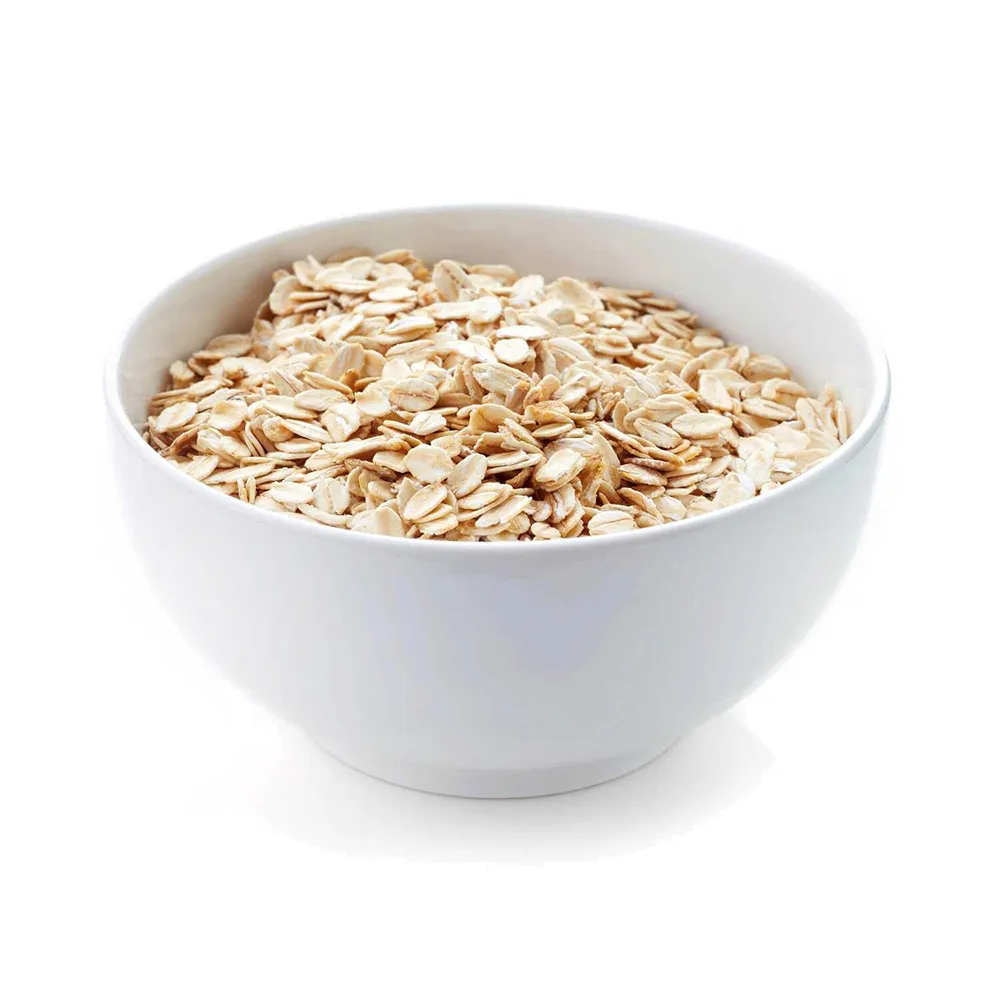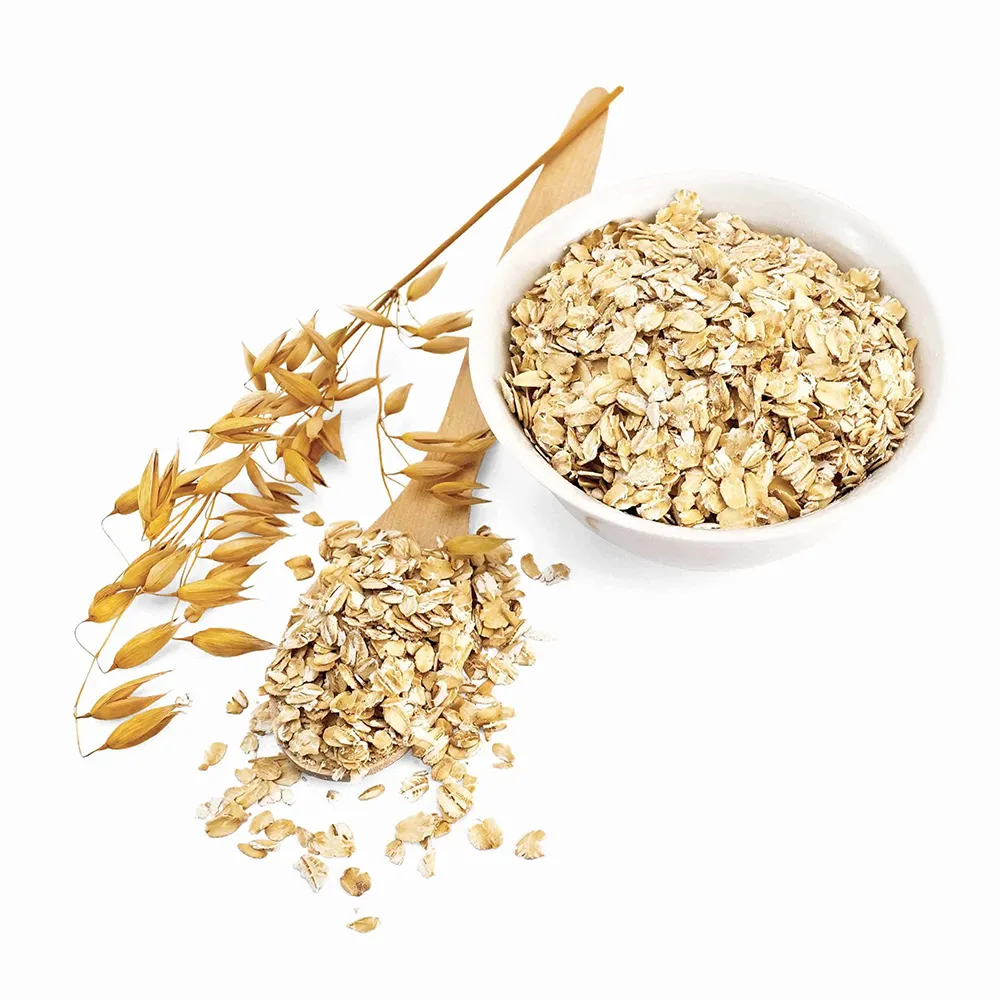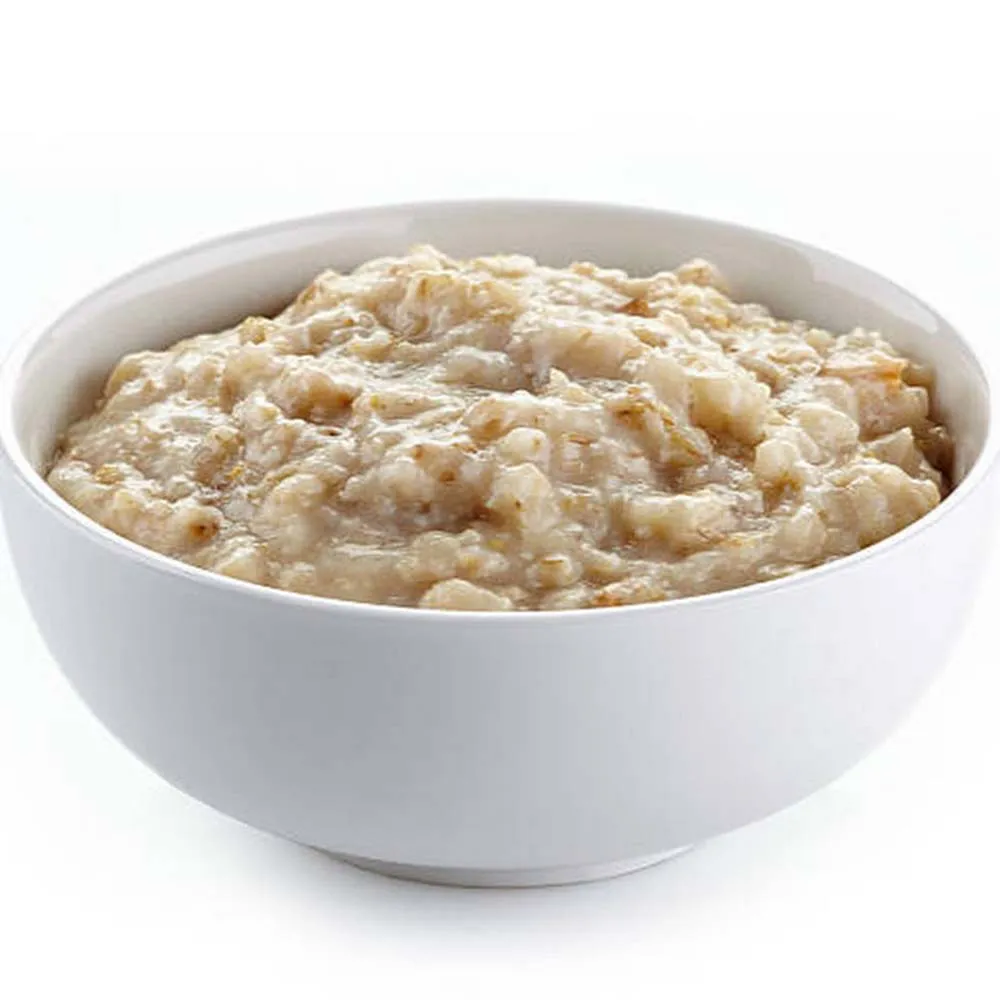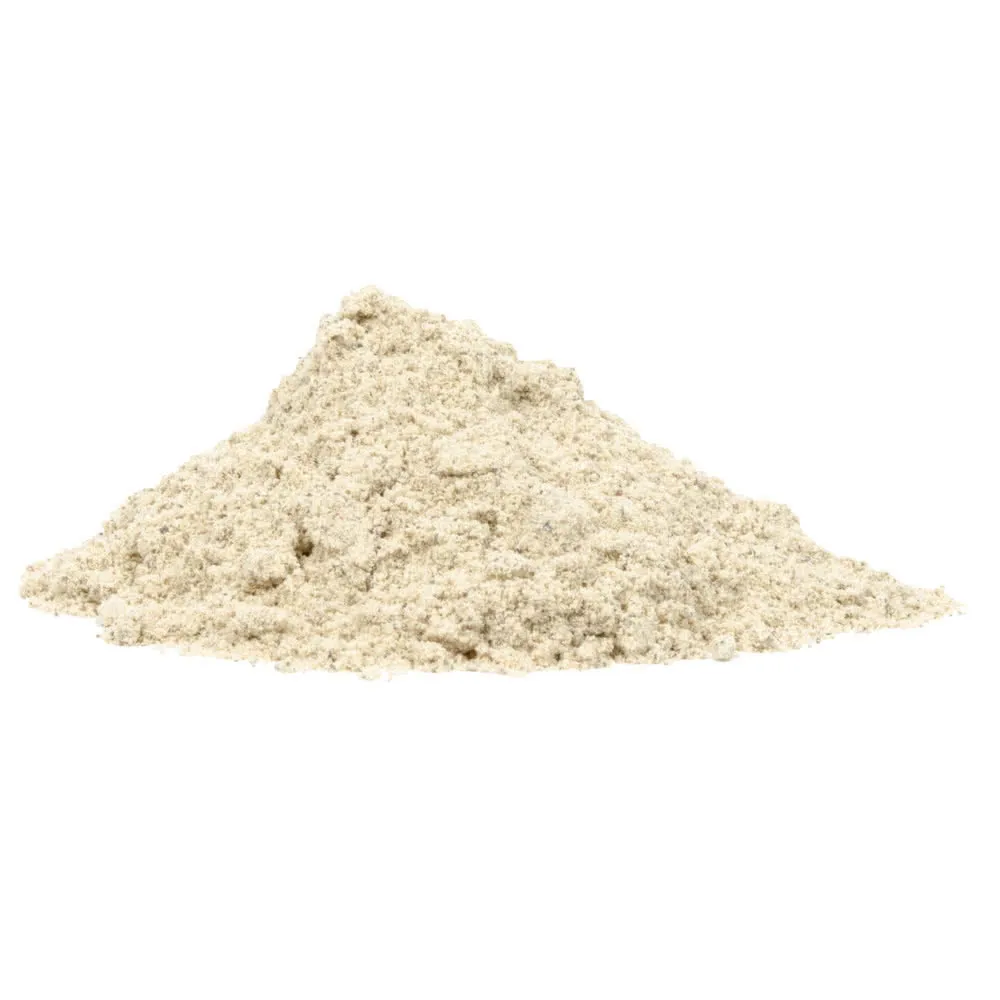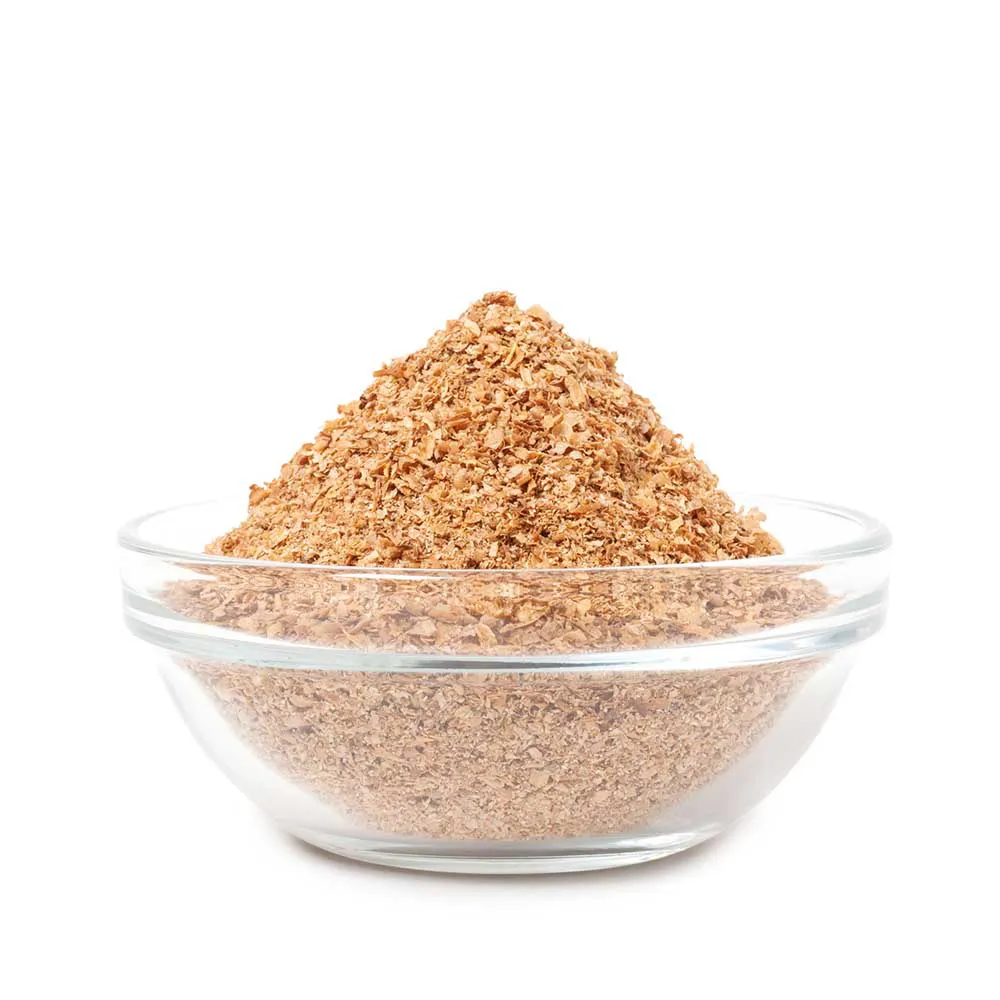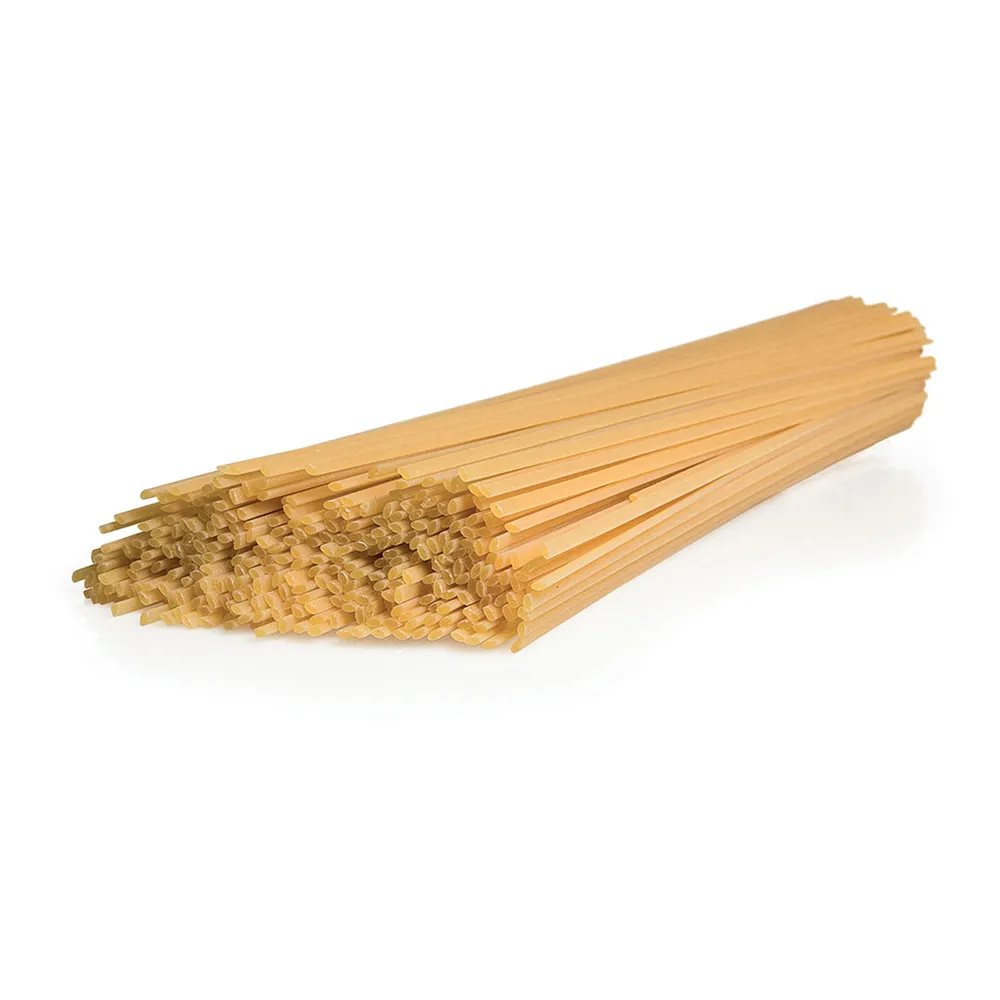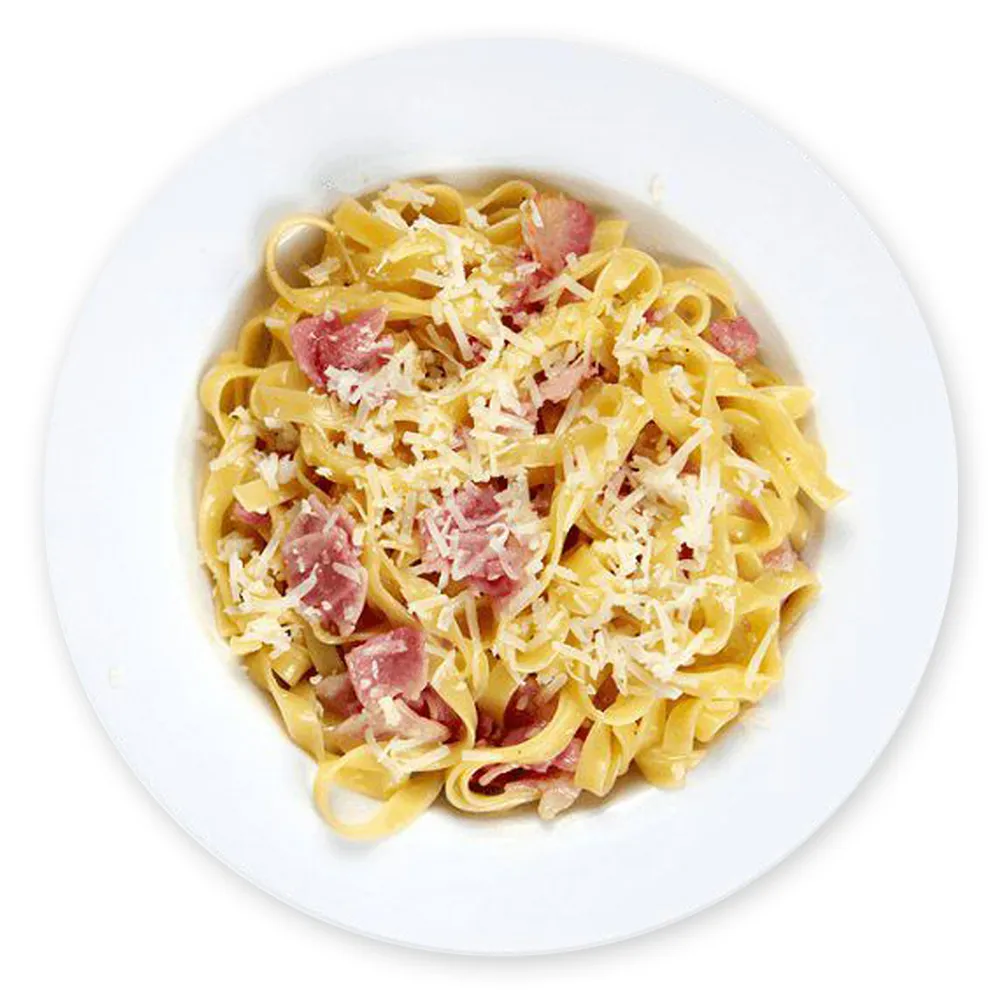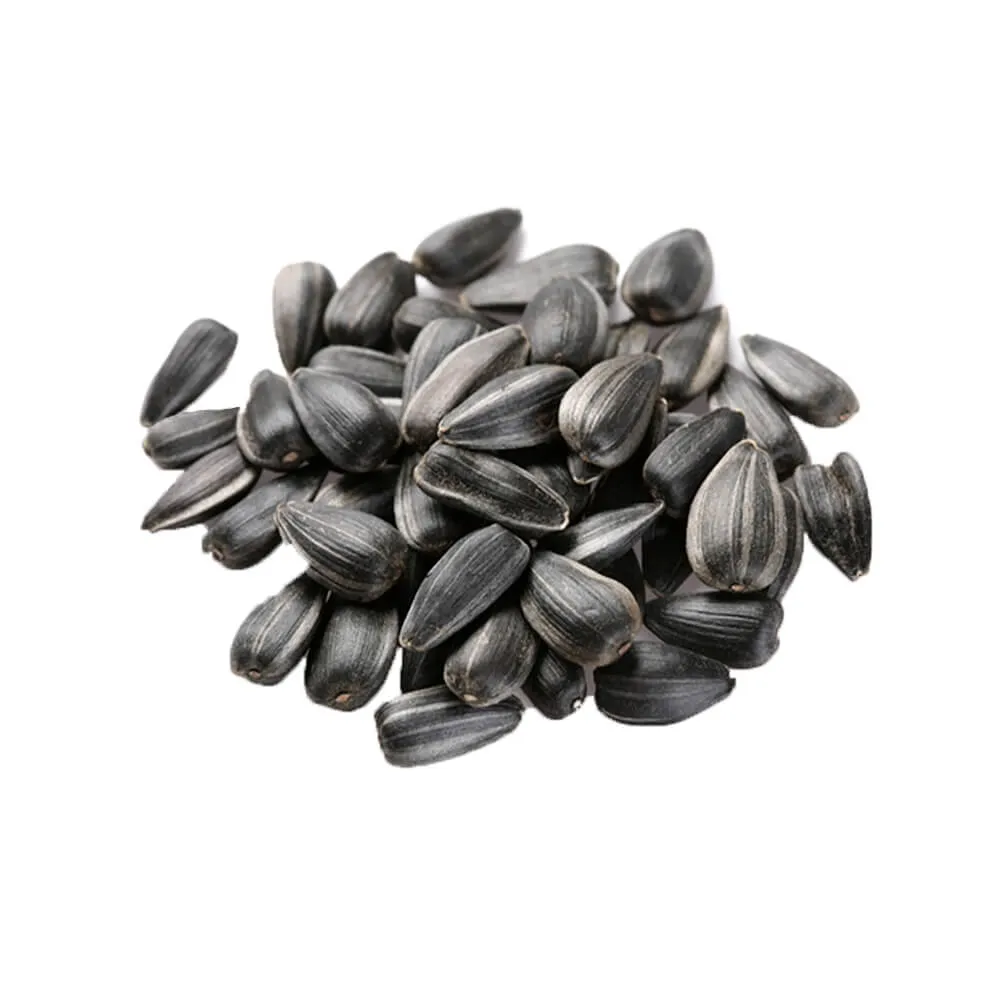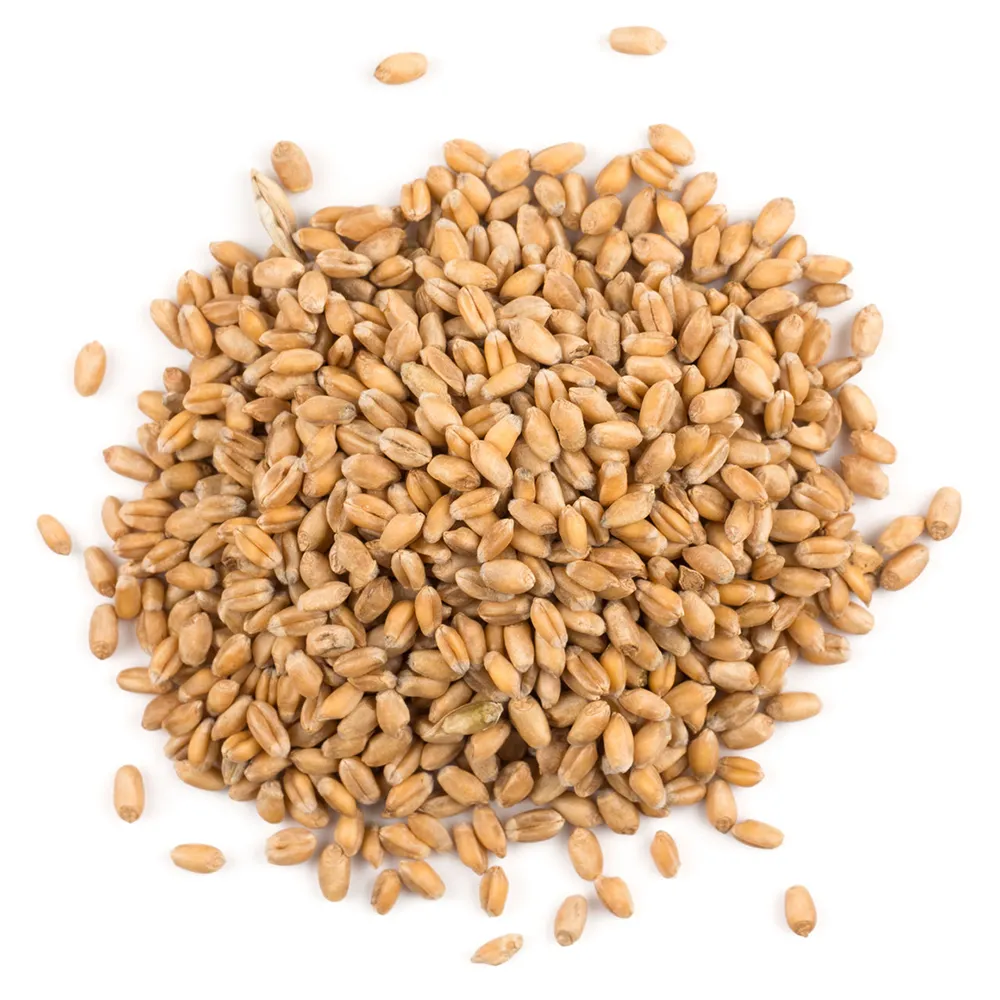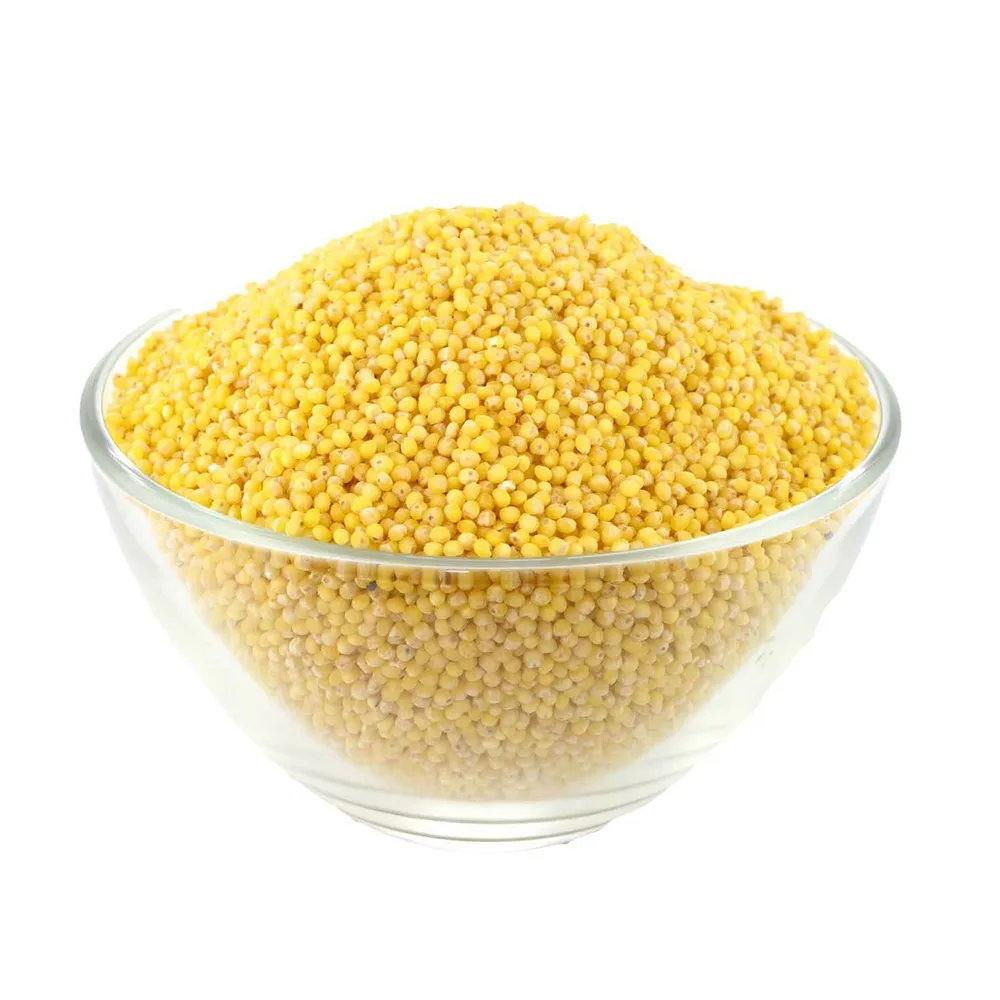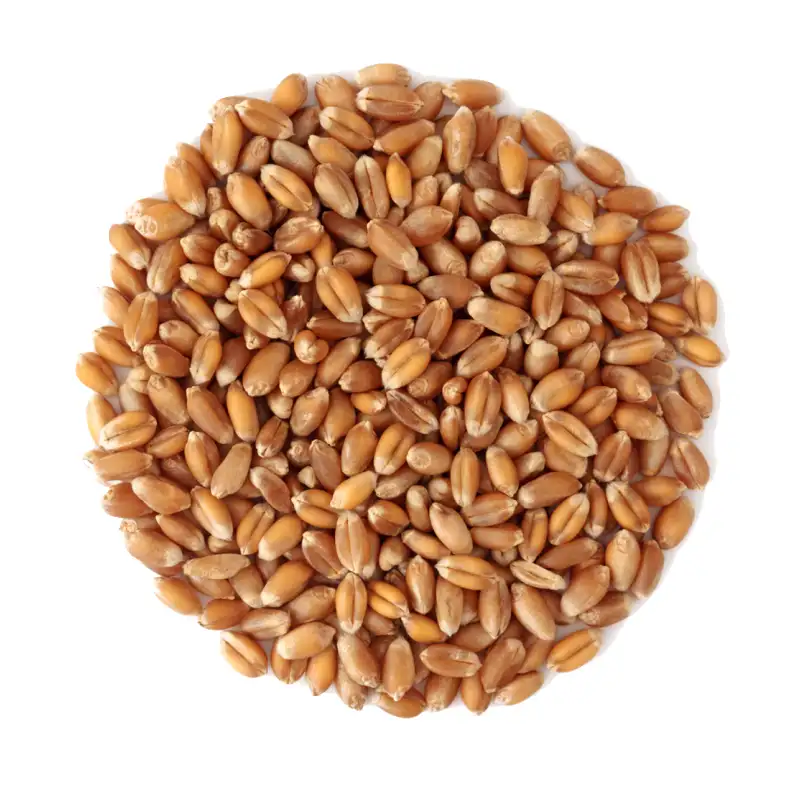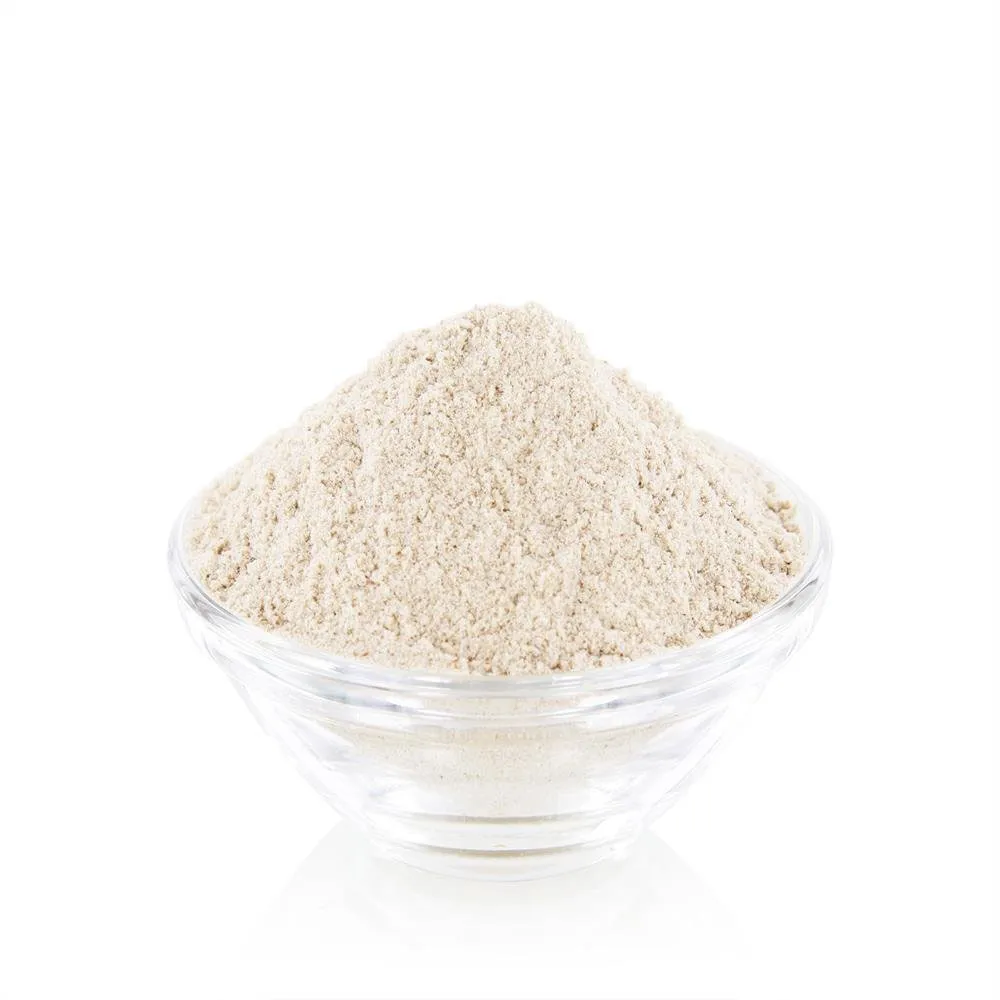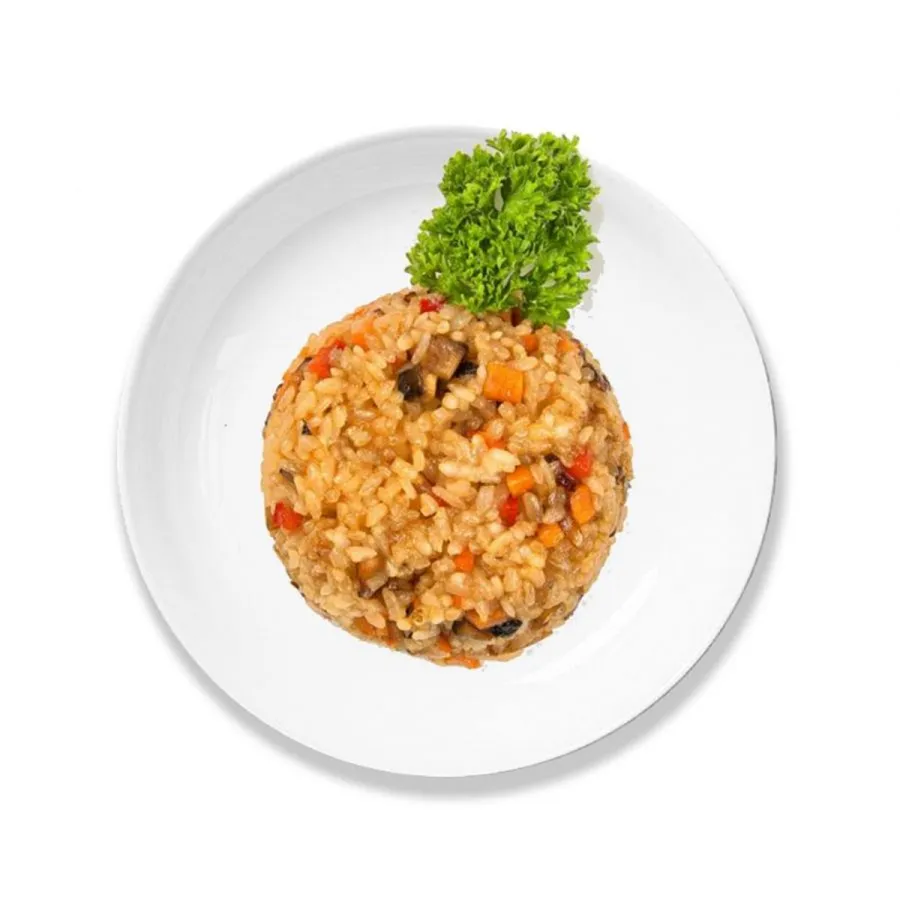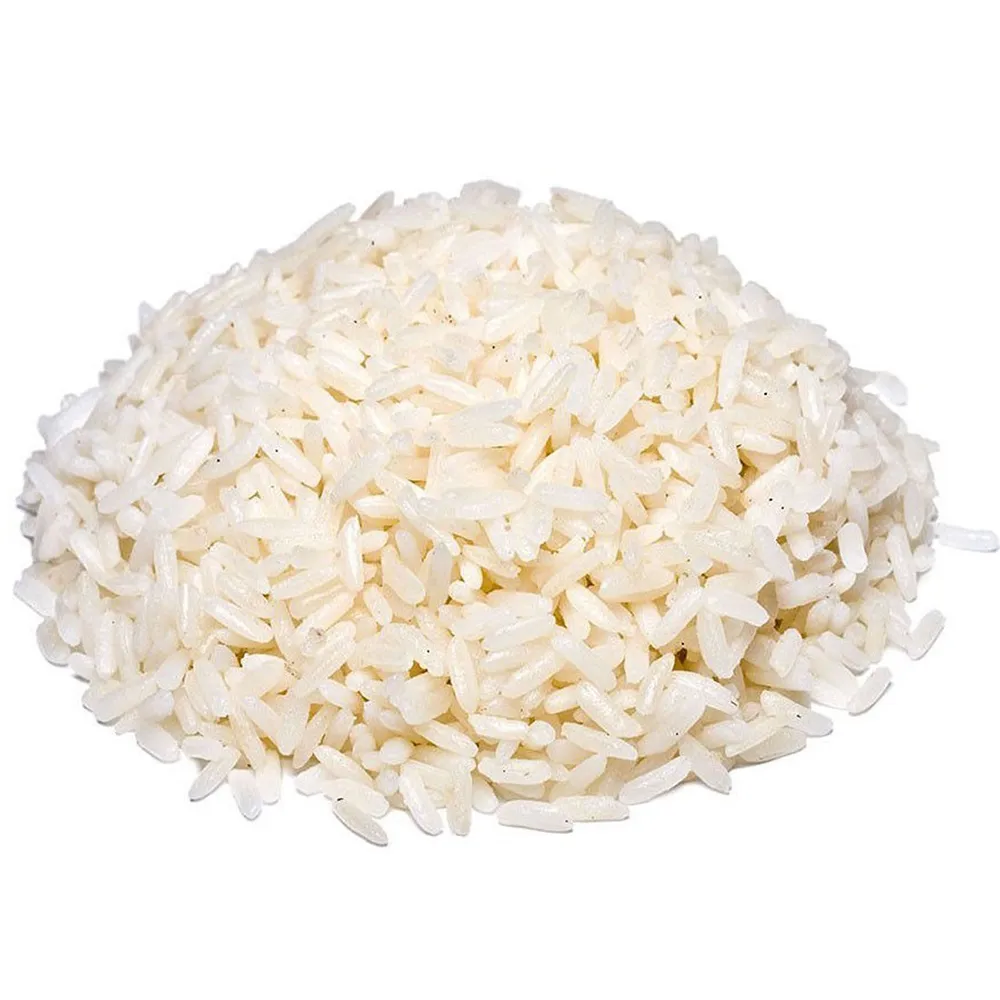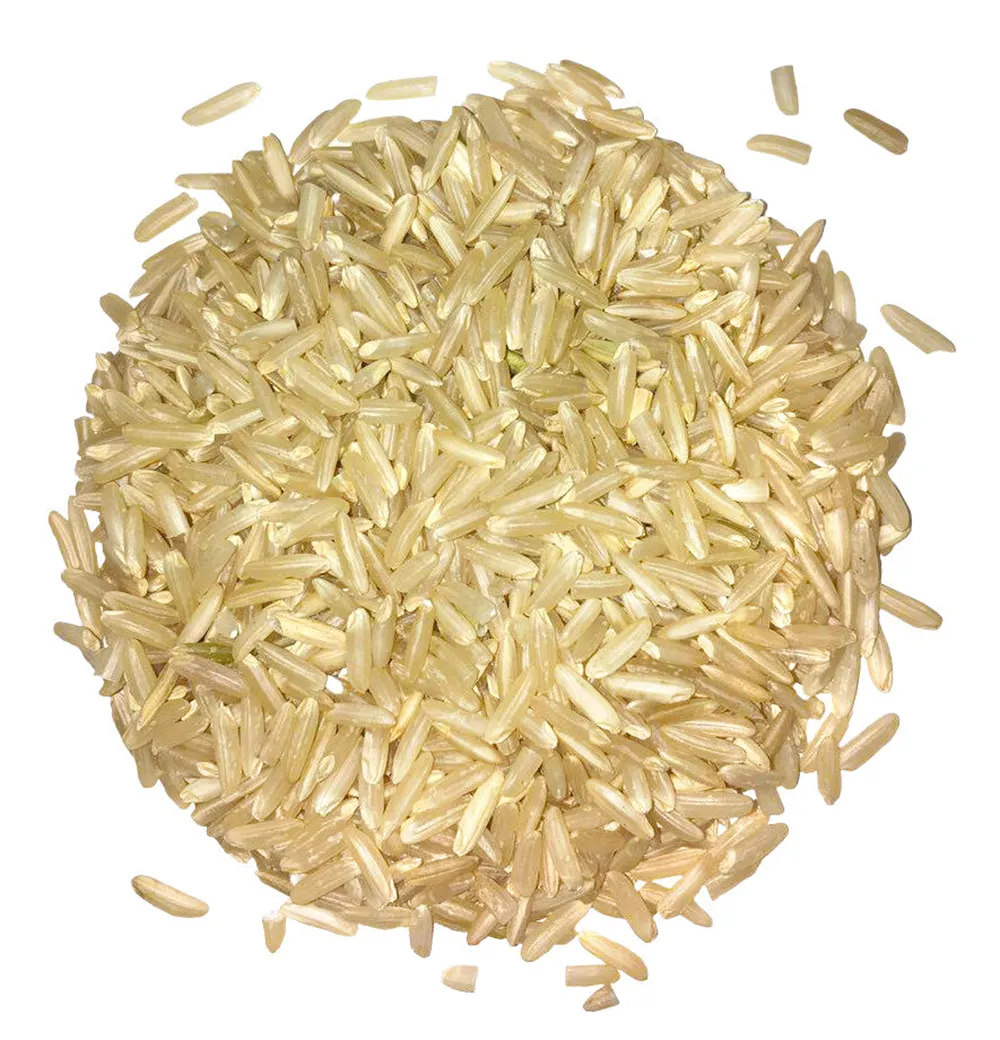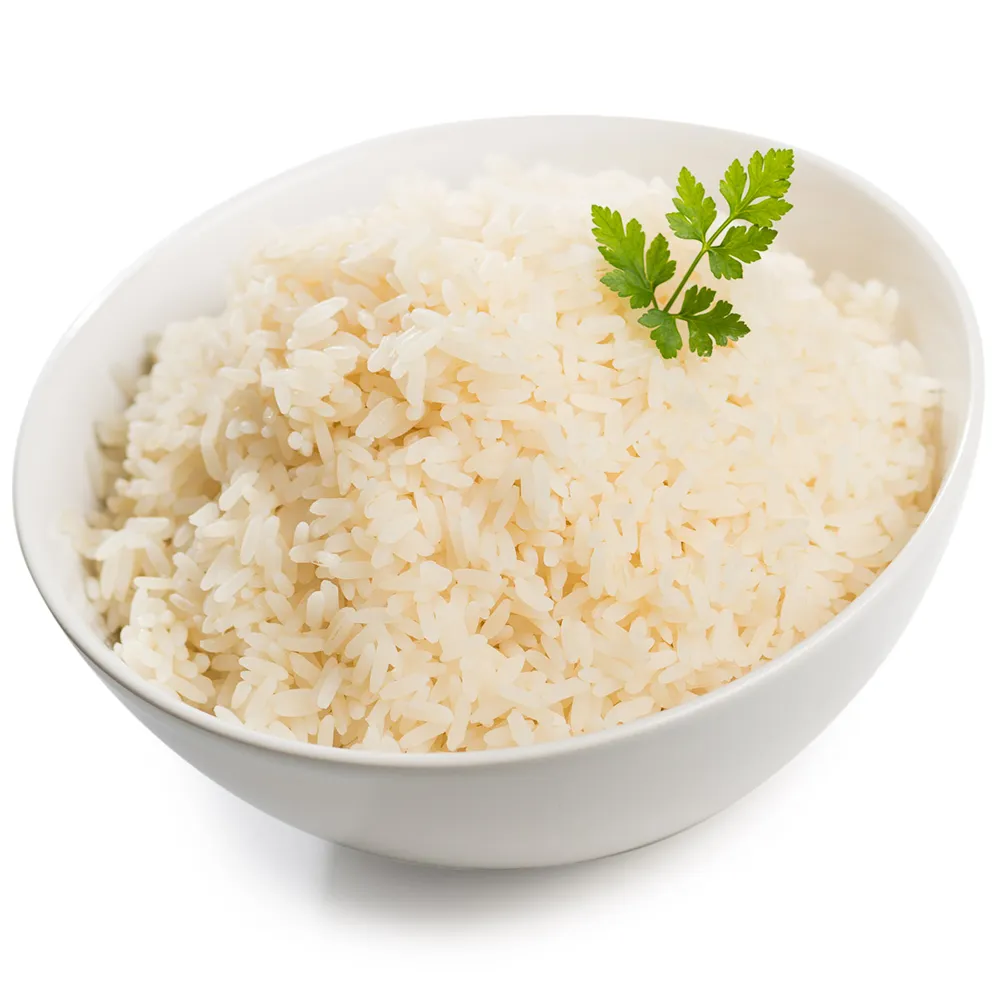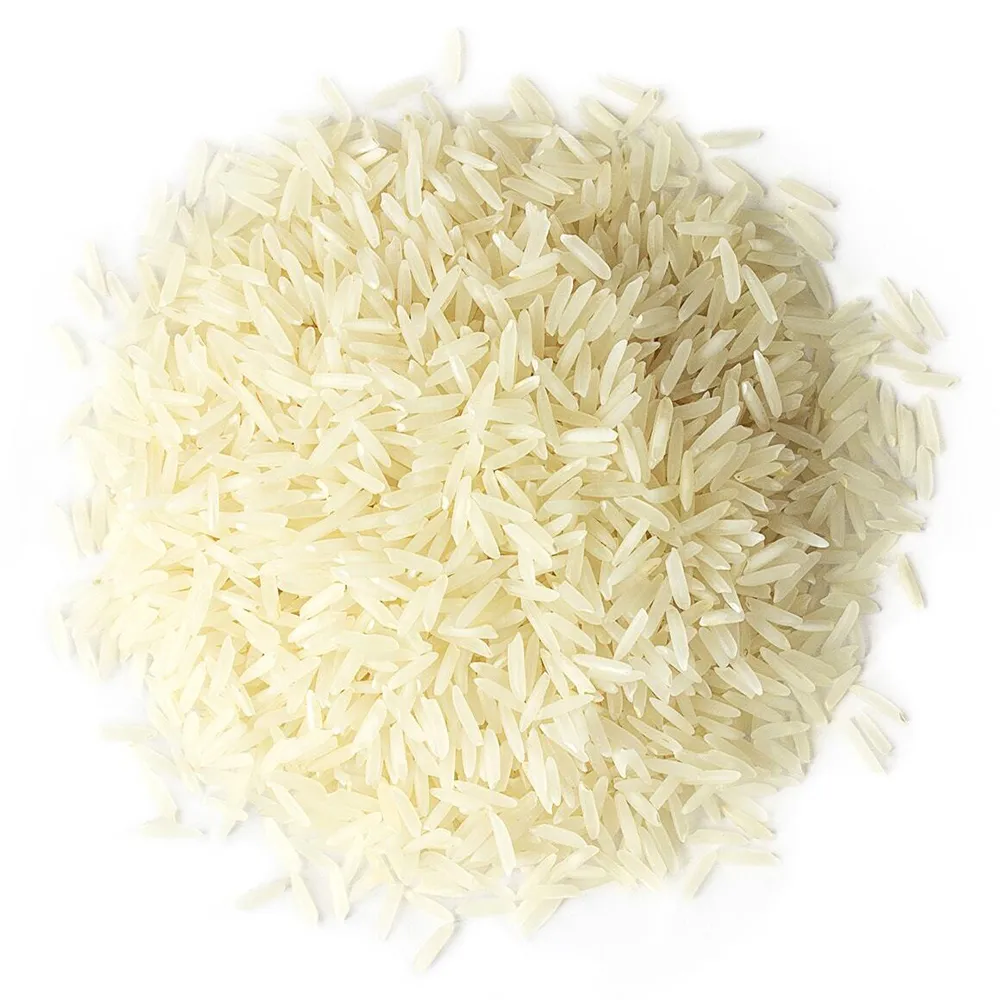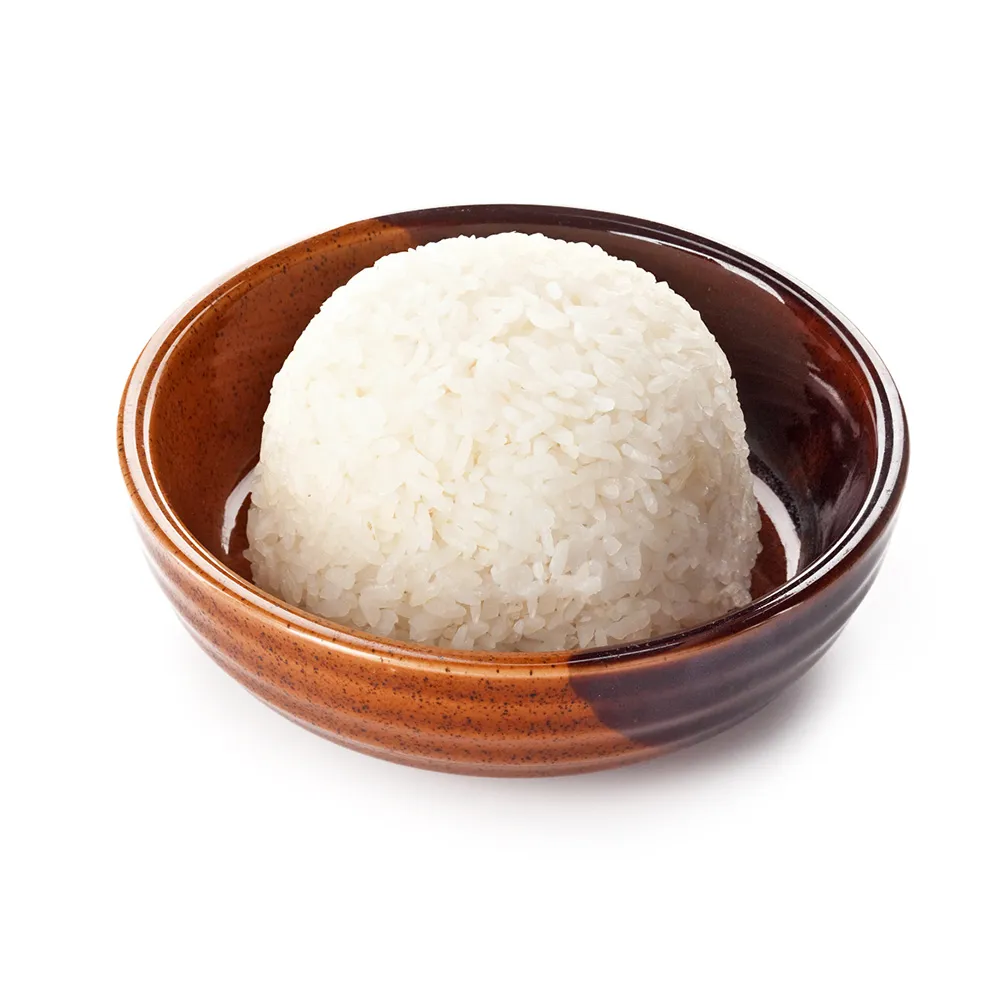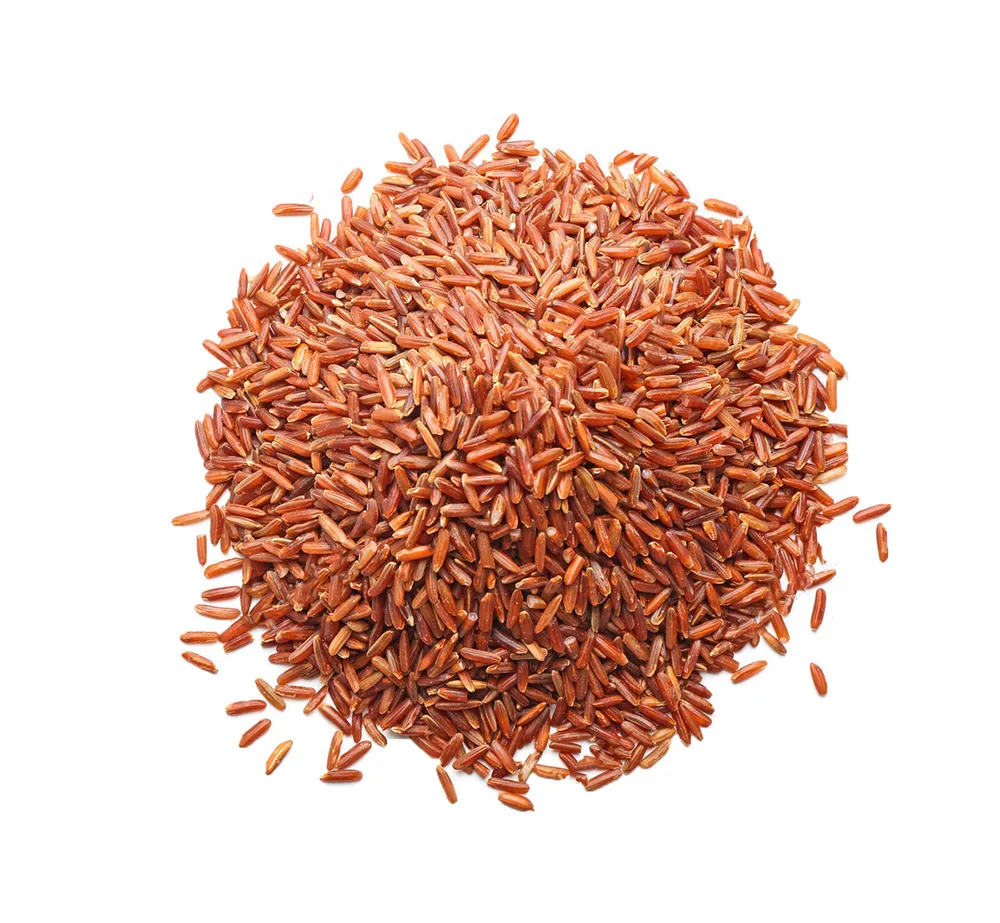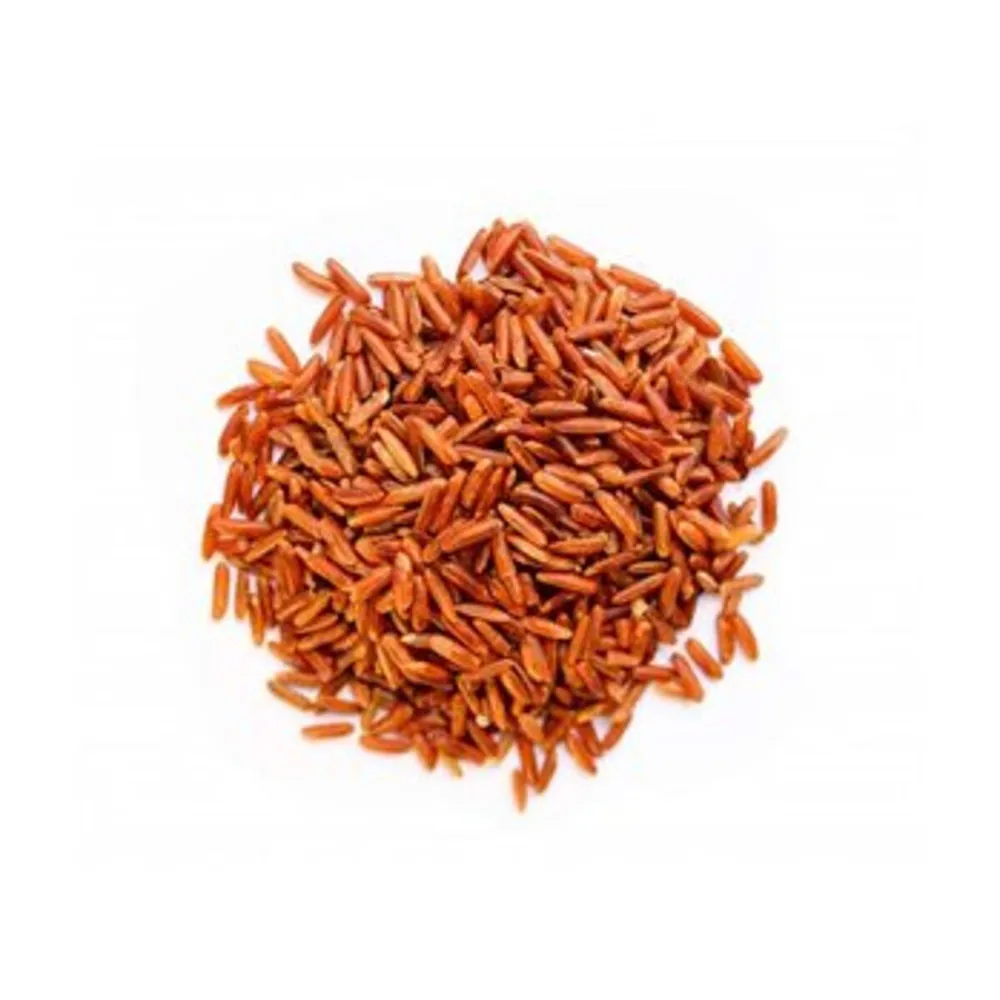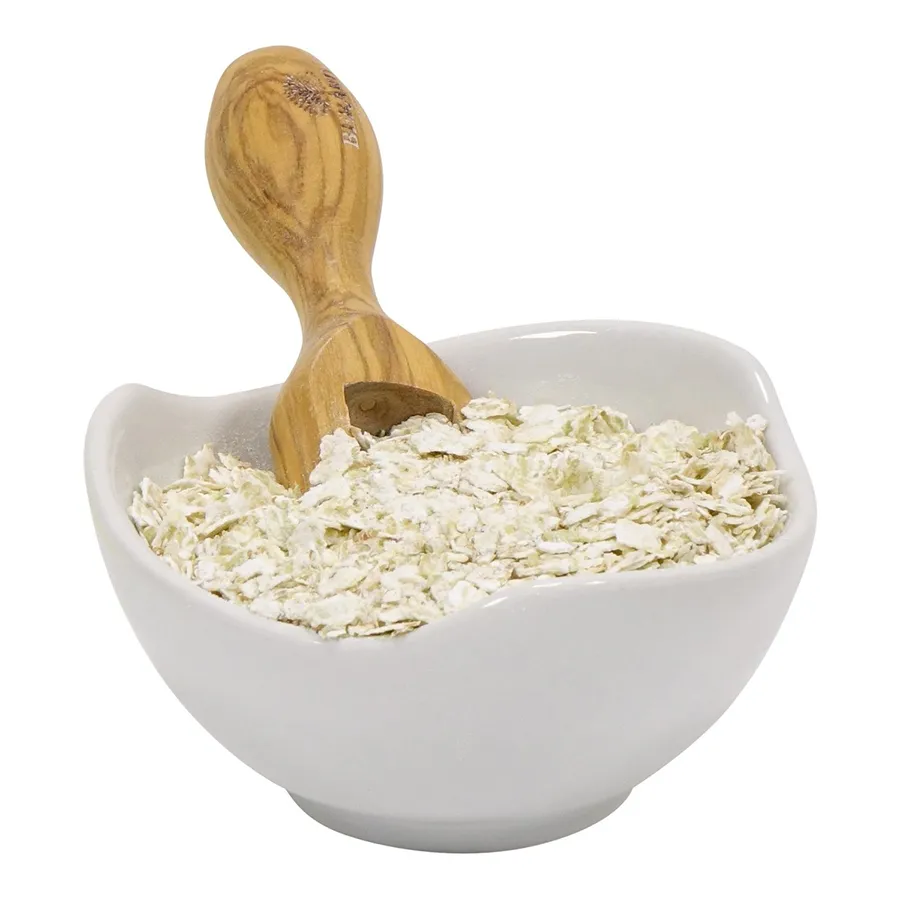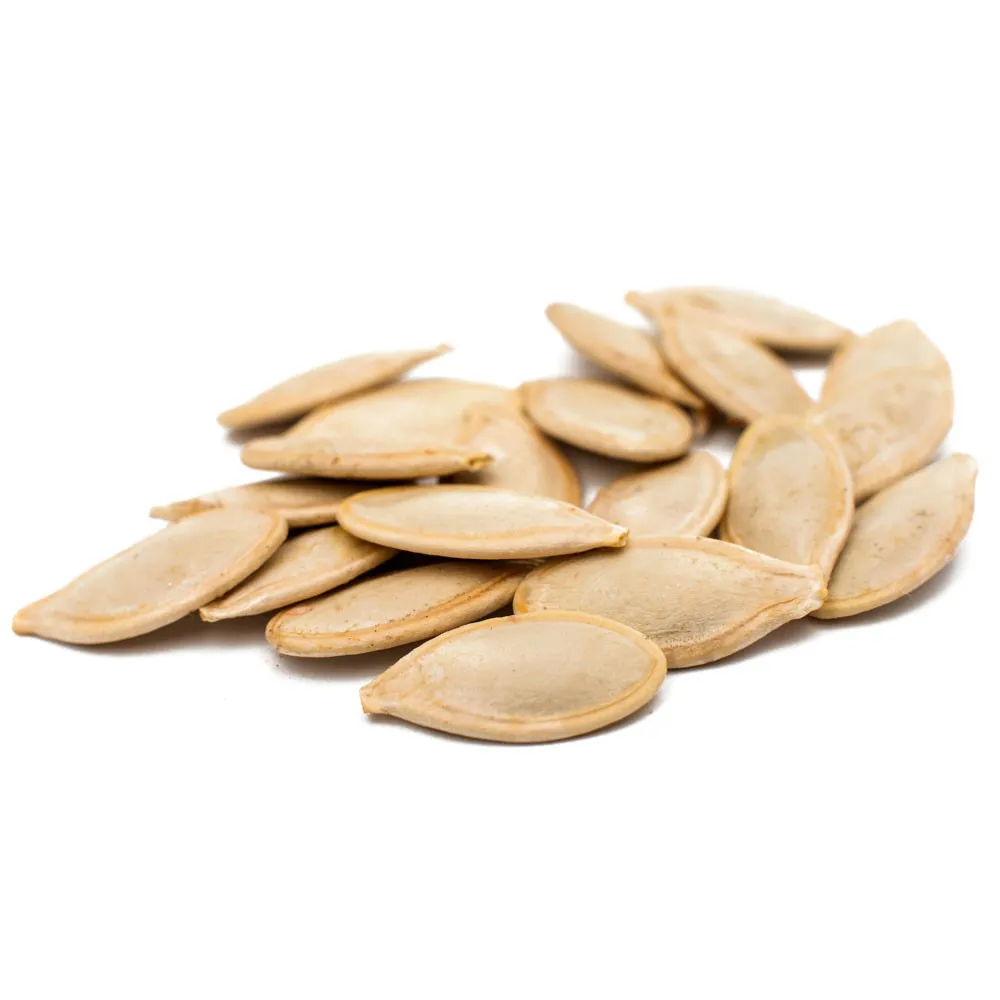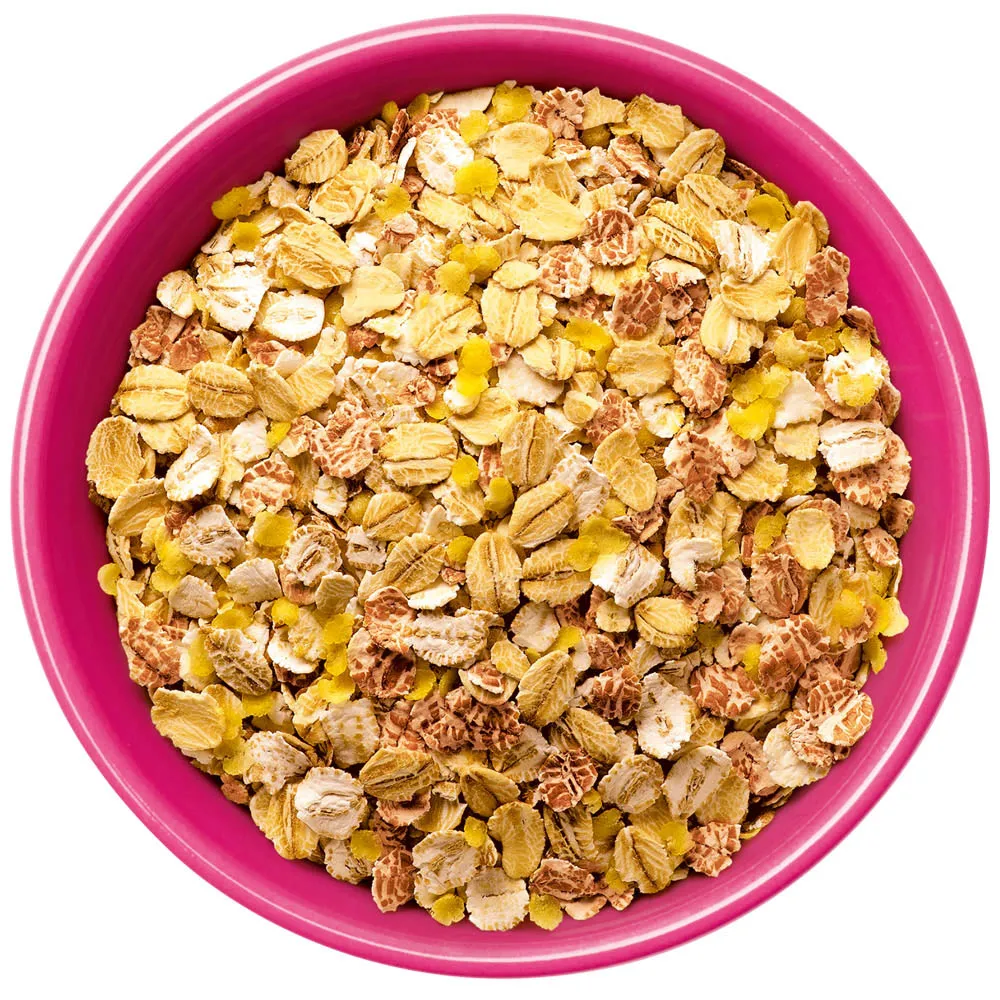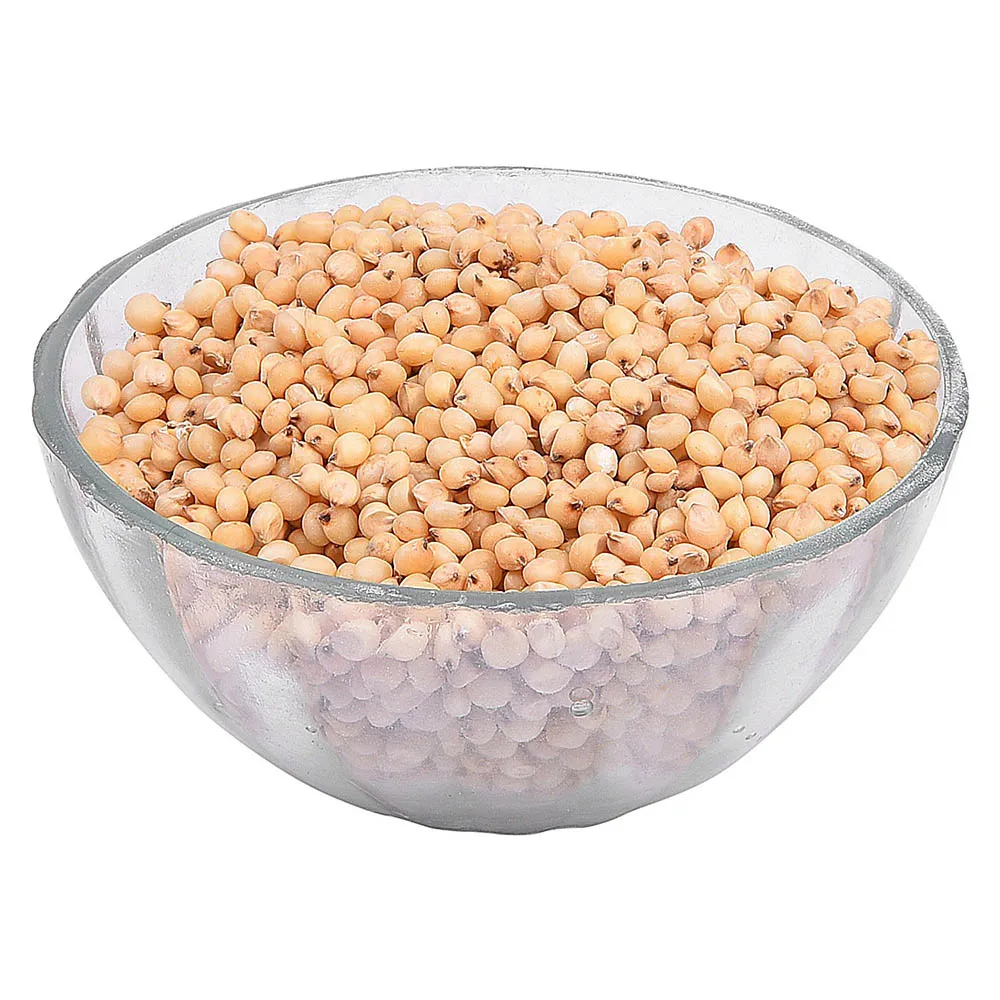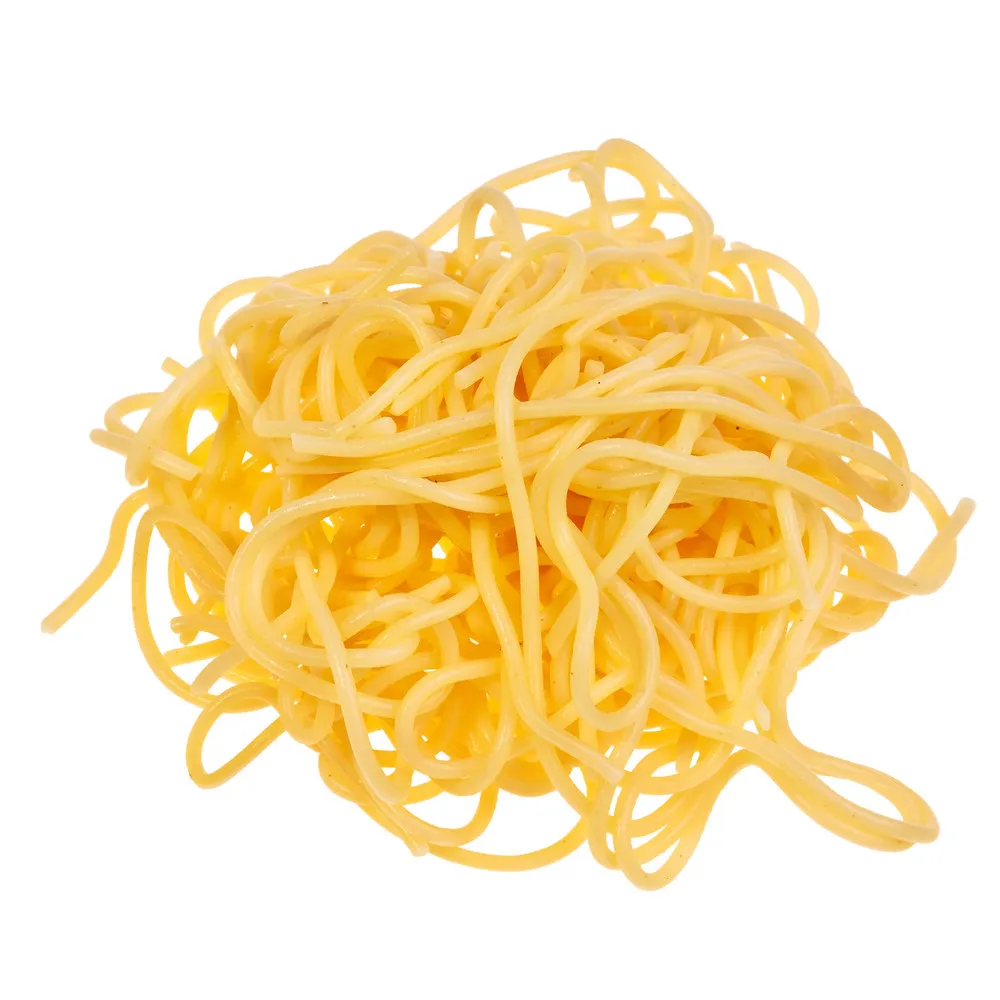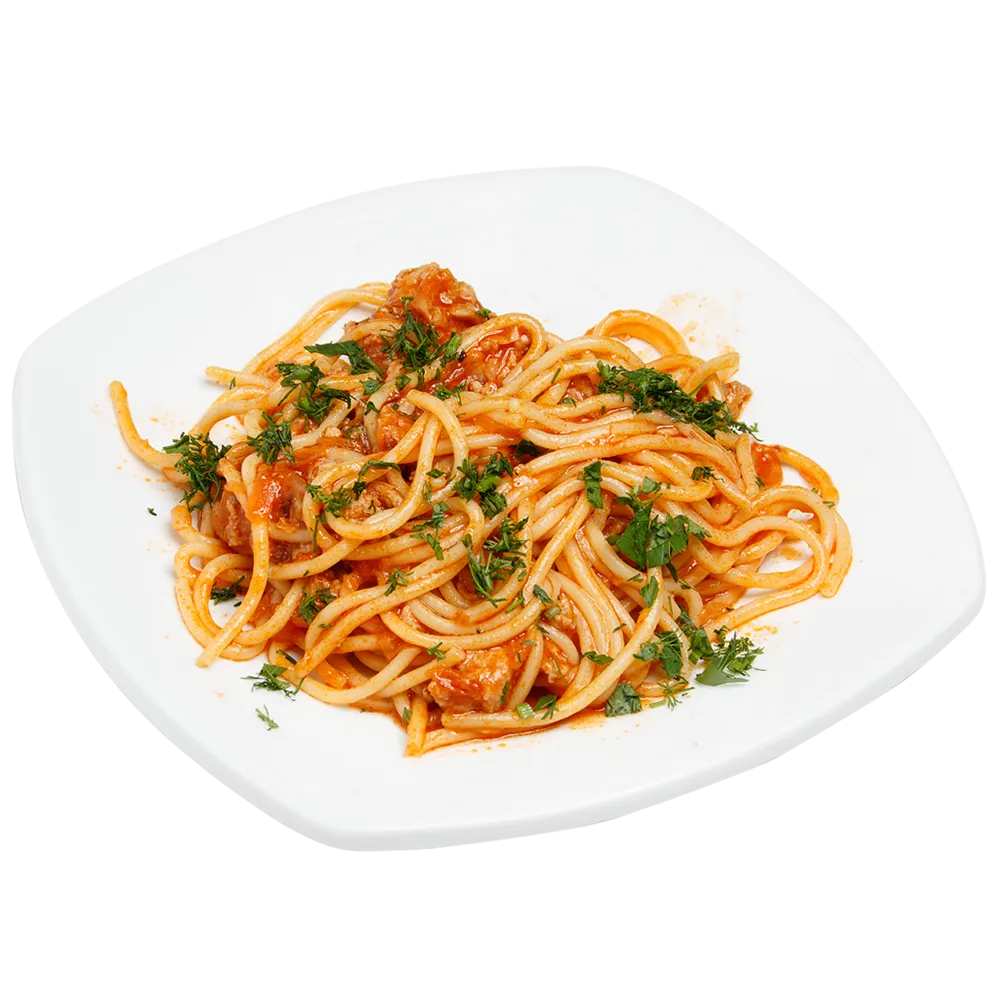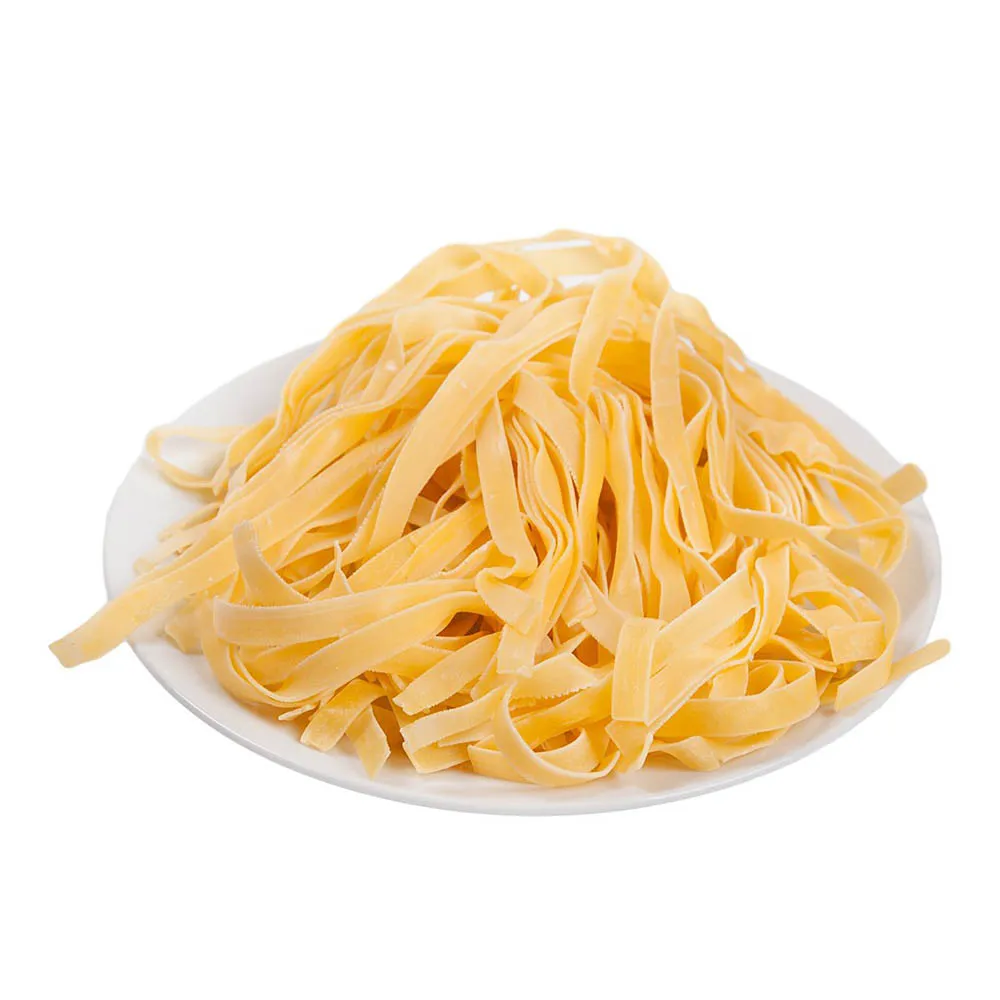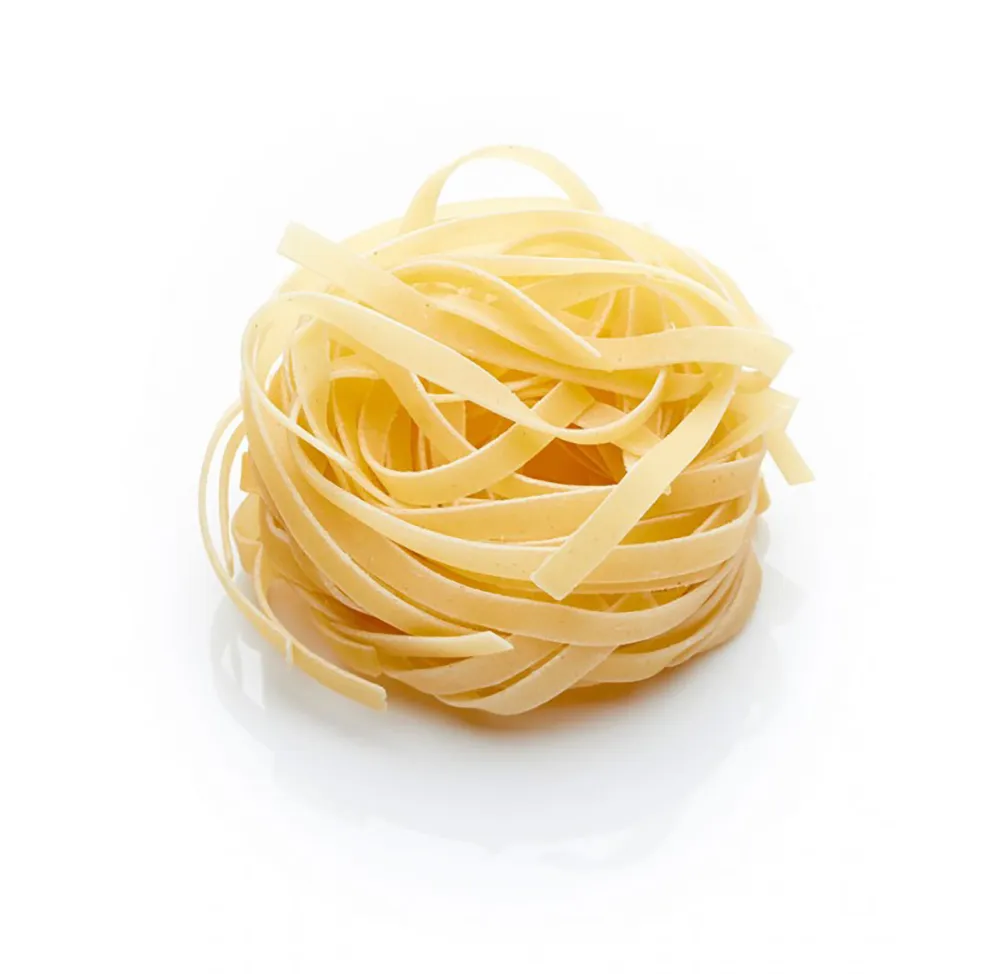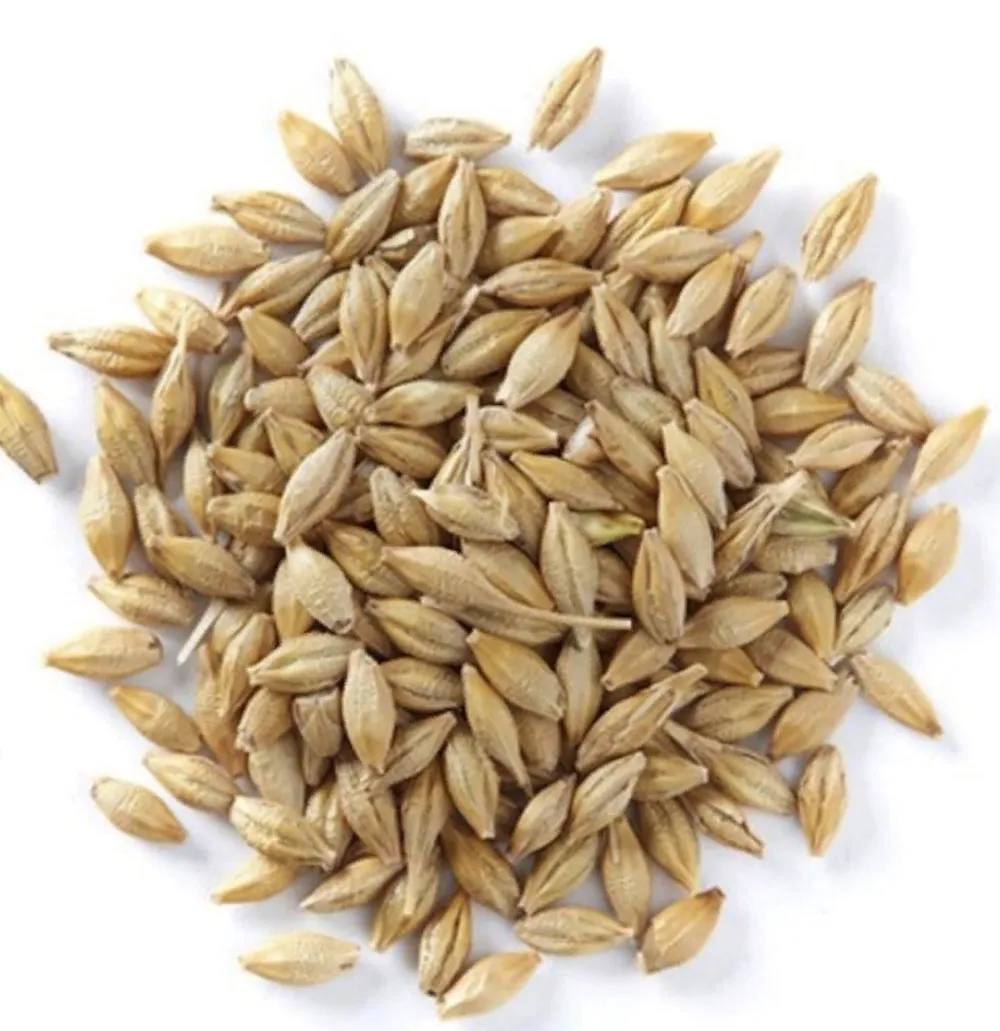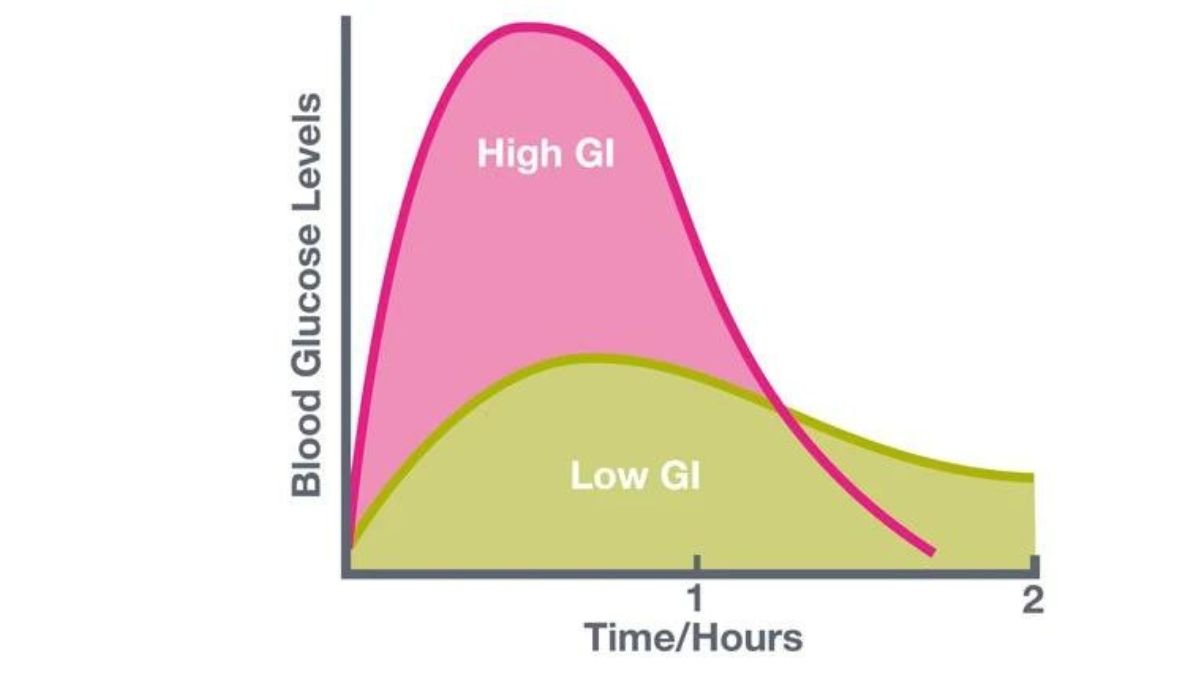The glycemic index (GI) is a classification system that ranks foods according to their impact on blood sugar levels. Grains, integral to the human diet, display a range of GIs and can be strategically selected to aid in the management of conditions like diabetes or other health-related issues.
Whole grains typically exhibit lower glycemic index (GI) values compared to processed grains due to their higher fiber and mineral content, which slows down the digestion process. For instance, oats have a GI value of 55, while white bread has a considerably higher value of 95. Additional whole grain alternatives encompass barley, bulgur wheat, quinoa, and brown rice. Processed grains like couscous, farro, wild rice, and buckwheat noodles (soba noodles) can still provide low GI advantages when consumed in moderate amounts.
These options may also offer extra nutrients, including iron, zinc, and B vitamins, which are not present in refined starches such as white bread and pasta. For individuals looking for an even lower glycemic index (GI) alternative, specialty products like amaranth flour or millet serve as excellent substitutes for conventional carbohydrates like potatoes or pasta dishes.
These selections offer individuals with dietary restrictions, whether based on medical requirements or personal preferences, the chance to maintain well-rounded meals while naturally managing blood sugar levels through thoughtful food choices.
To conclude, making informed choices about the type of grains you consume can significantly contribute to overall health management by enabling you to regulate blood sugar levels without compromising on taste or nutritional value. Opting for whole grains is generally preferable to processed alternatives, but for those seeking variety, consider experimenting with specialty flours mentioned earlier – each providing not only delightful flavor profiles but also distinct nutritional benefits!
Here is a comprehensive list of grains along with their respective rankings for glycemic index and glycemic load.
Please be aware that “GI” refers to Glycemic Index, and “GL” stands for Glycemic Load.
The following chart provides Glycemic Index values for various grains, offering insights into their respective effects on blood sugar levels:
Low GI (55 or less):
- Barley: 28
- Quinoa: 53
- Bulgar: 48
- Rye: 48
- Whole Wheat: 69
- Basmati Rice: 58
- Pearl Barley: 28
- Oats: 58
- Pasta (boiled, al dente): 45
Medium GI (56-69):
- Brown Rice: 55
- Couscous: 65
- Millet: 71
- Wild Rice: 57
- Whole Wheat Bread: 69
High GI (70 or more):
- Cornflakes: 81
- White Bread: 75
- Baguette: 95
- White Rice: 73
- Instant Oatmeal: 83
Comprehending the GI of grains is crucial for making informed dietary decisions. Opting for lower GI foods is generally recommended for those looking to manage blood sugar levels effectively. However, it’s essential to consider the overall nutritional profile, including fiber and other beneficial elements, alongside the GI values. Seeking guidance from healthcare professionals or nutritionists can offer personalized advice on integrating grains into a health-conscious and well-balanced diet.
